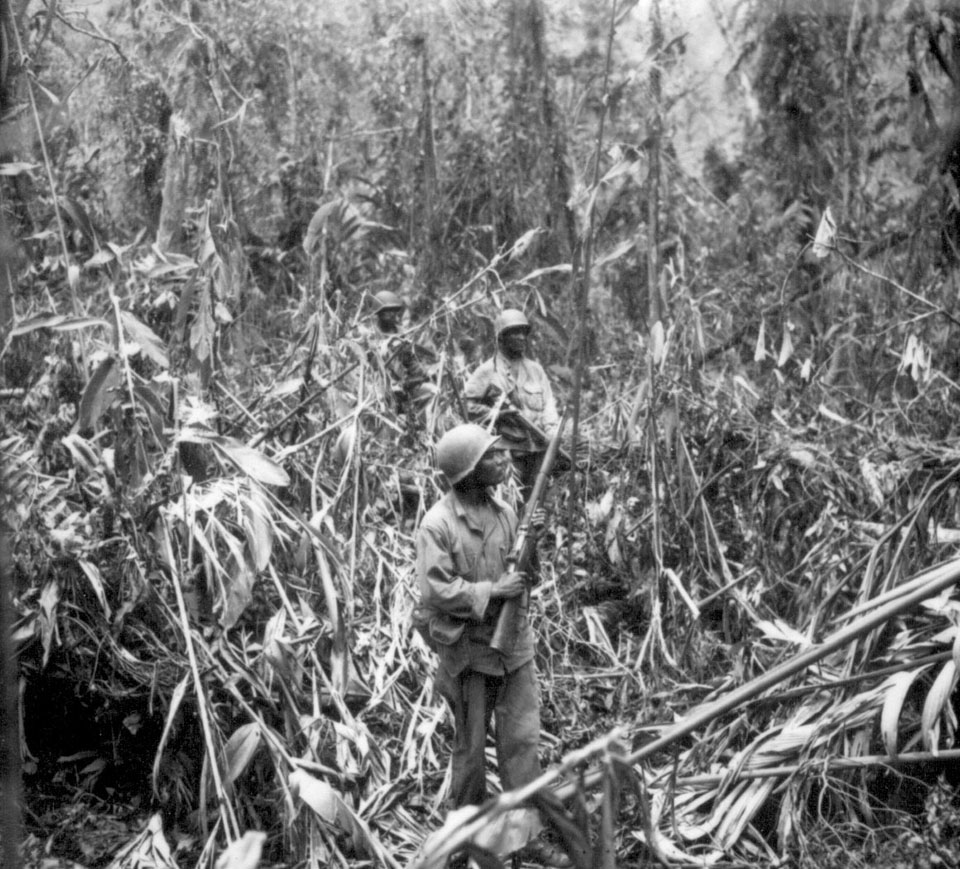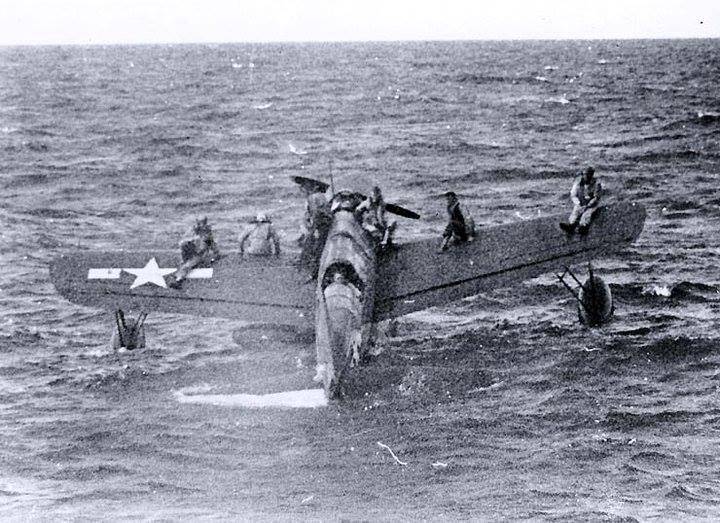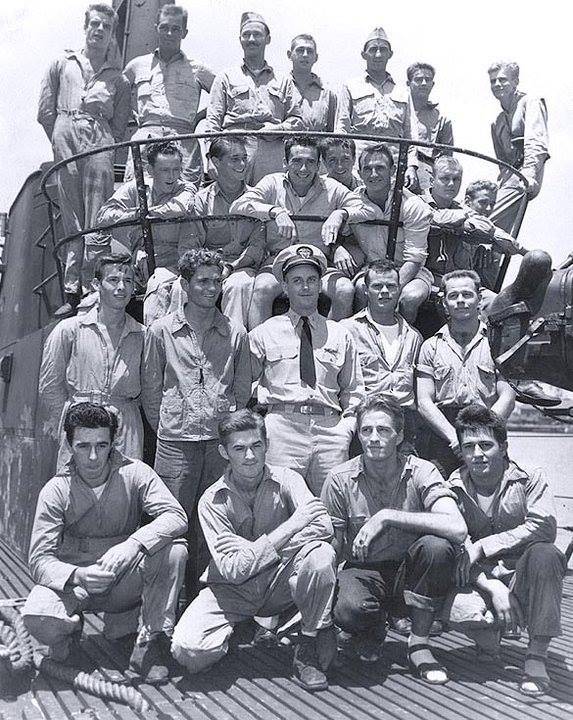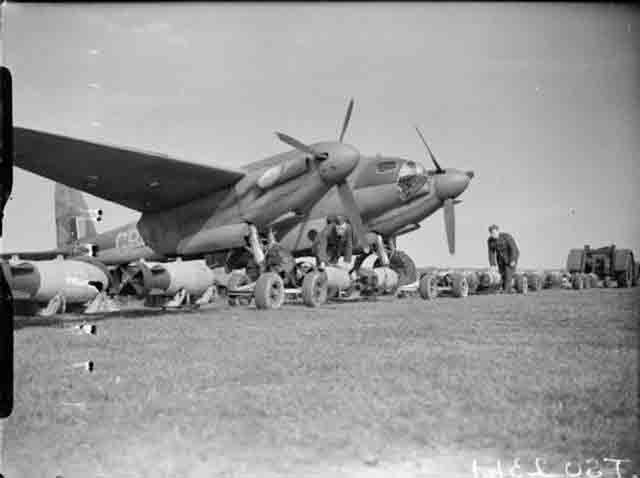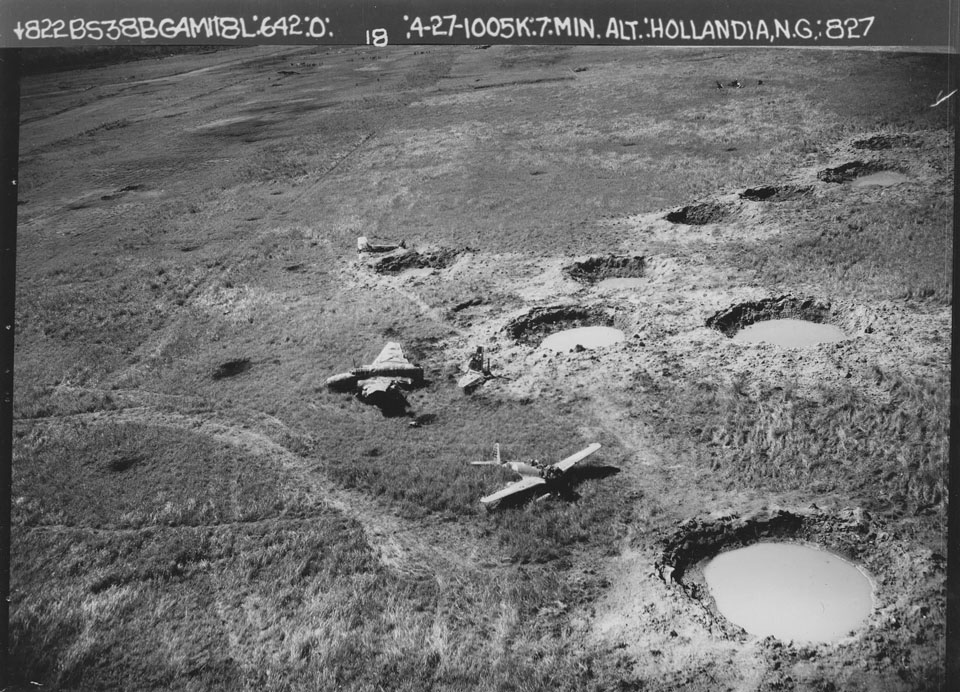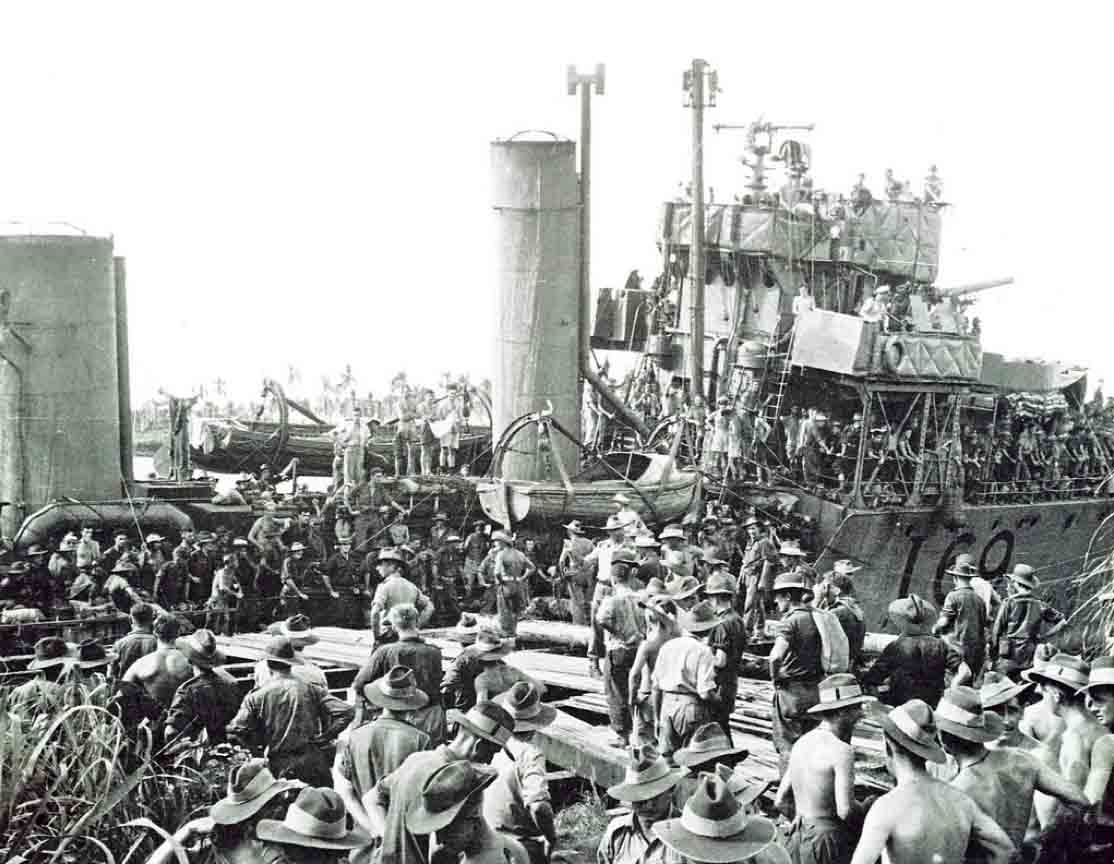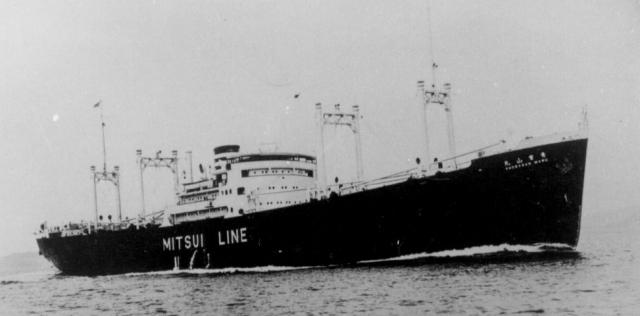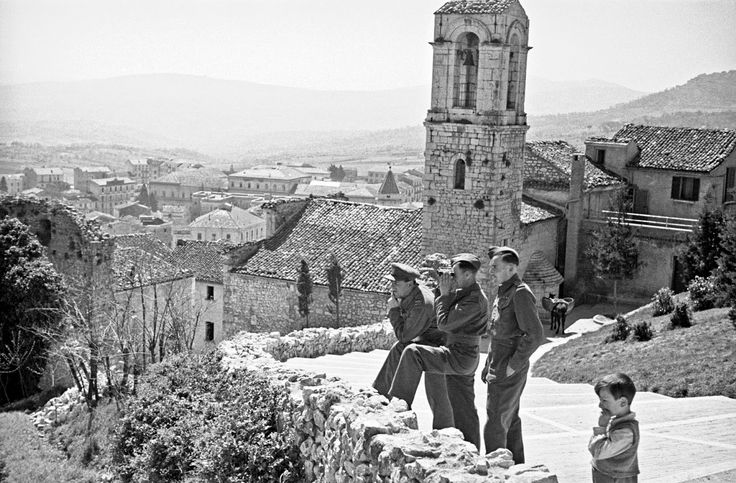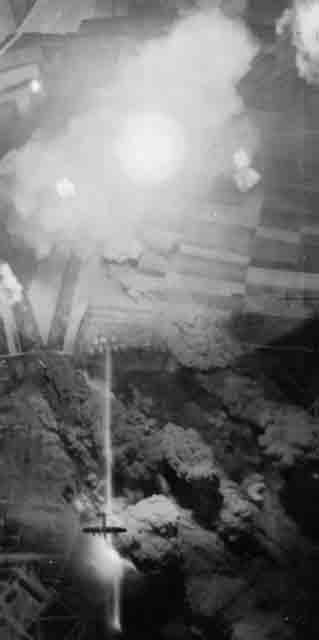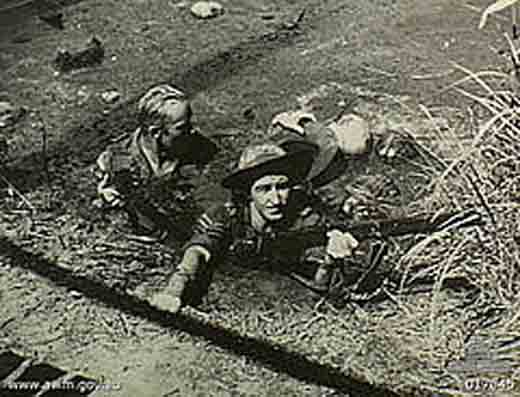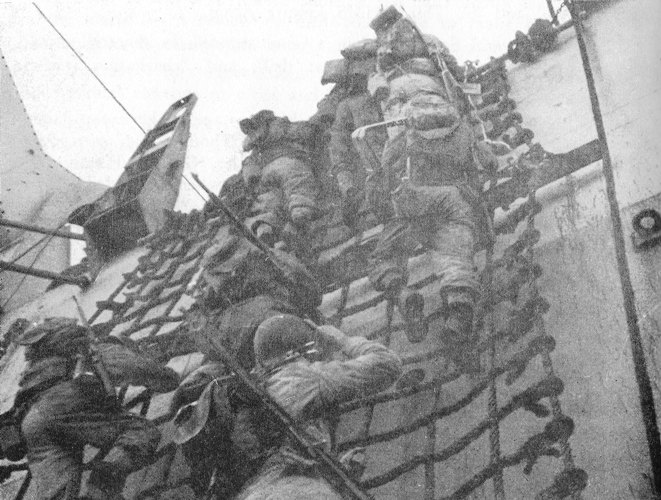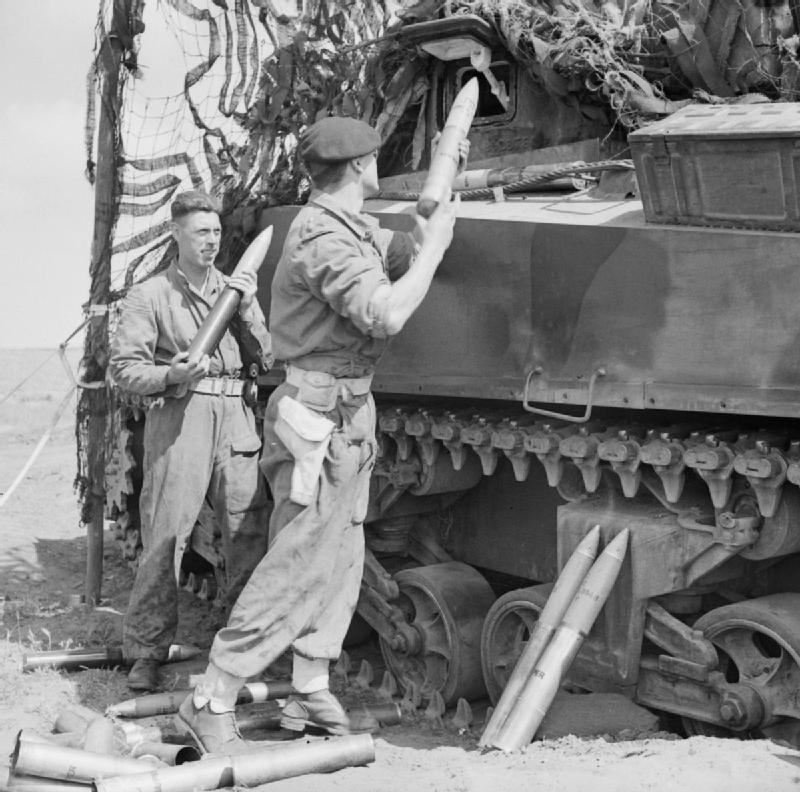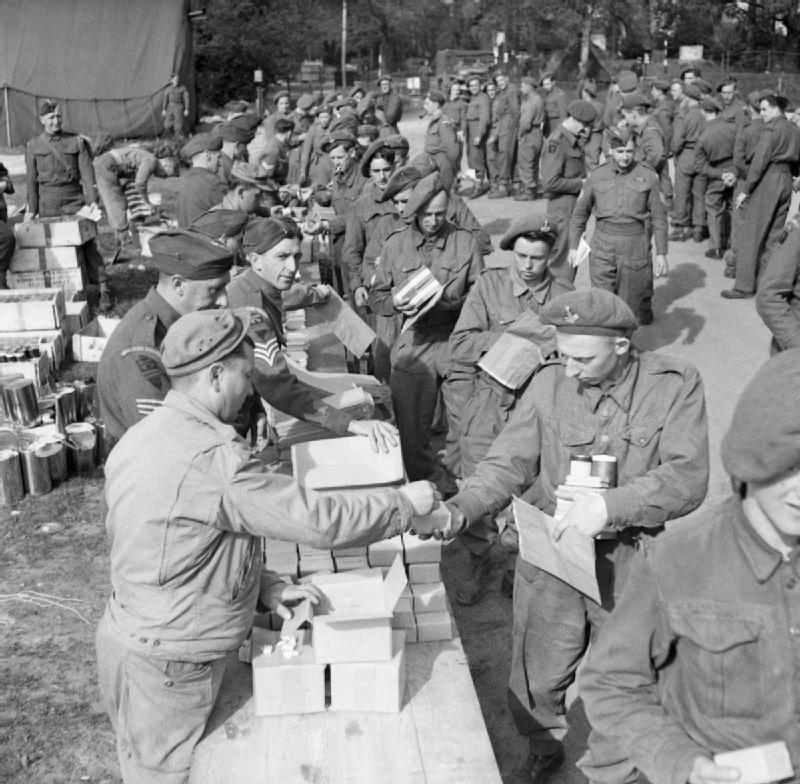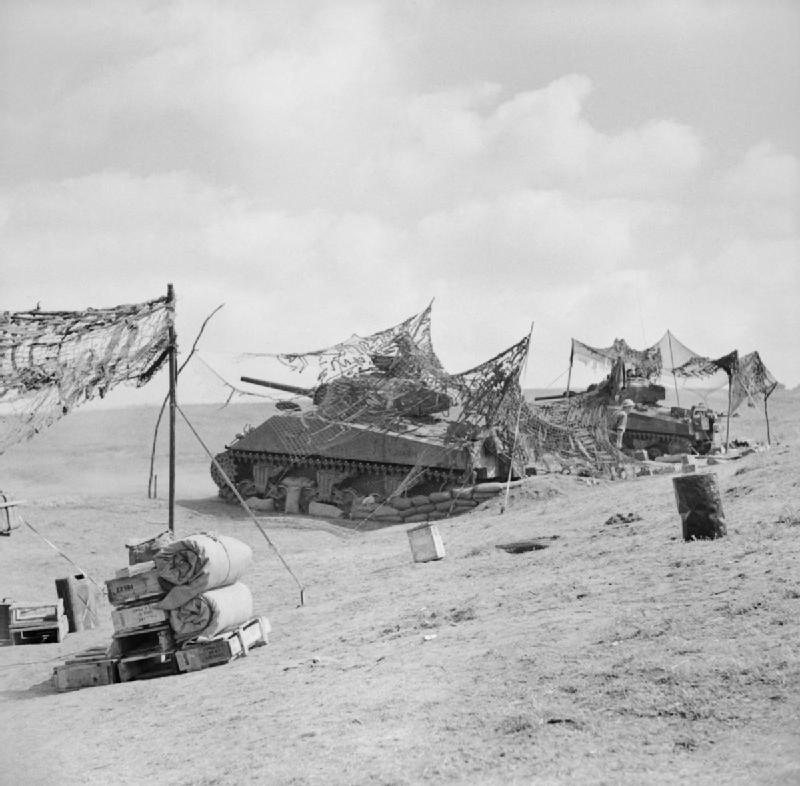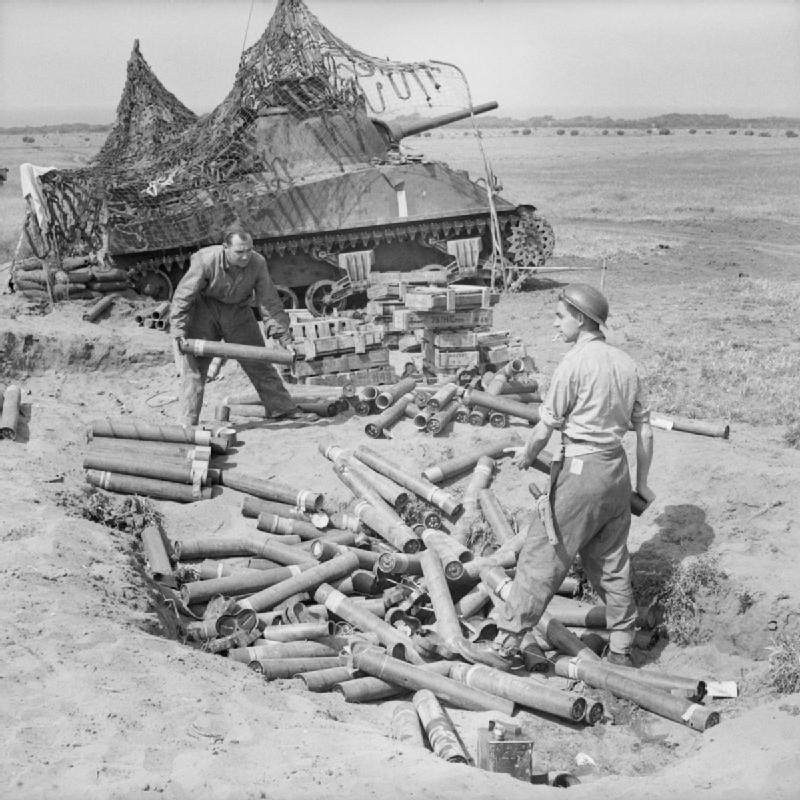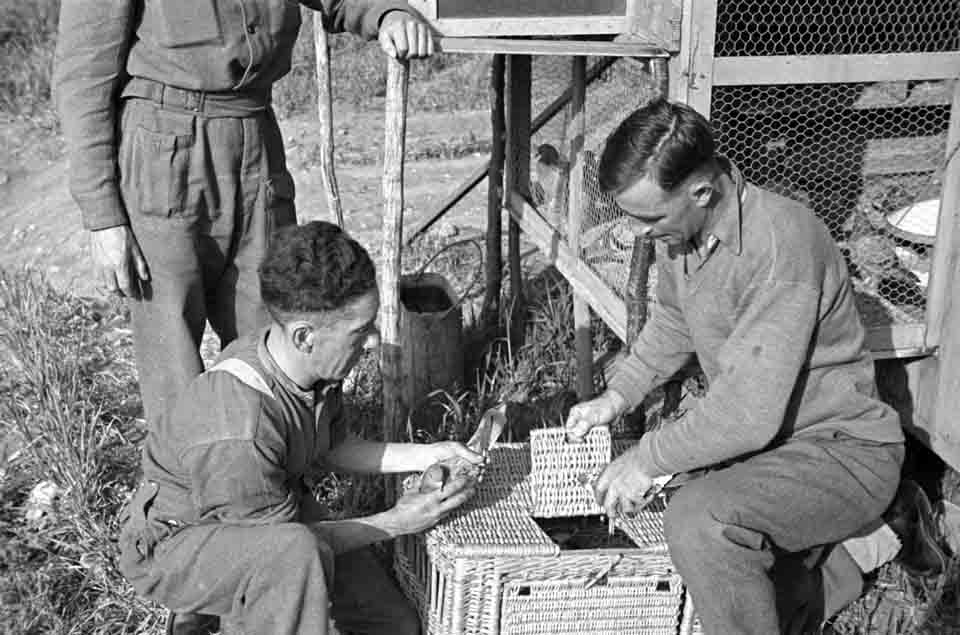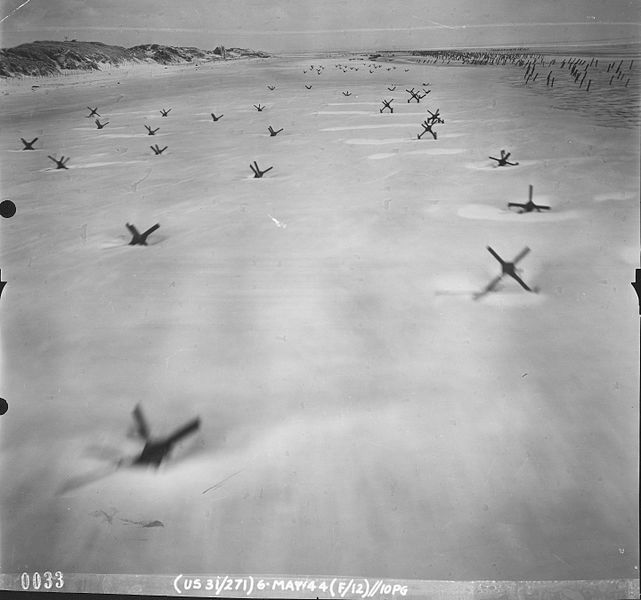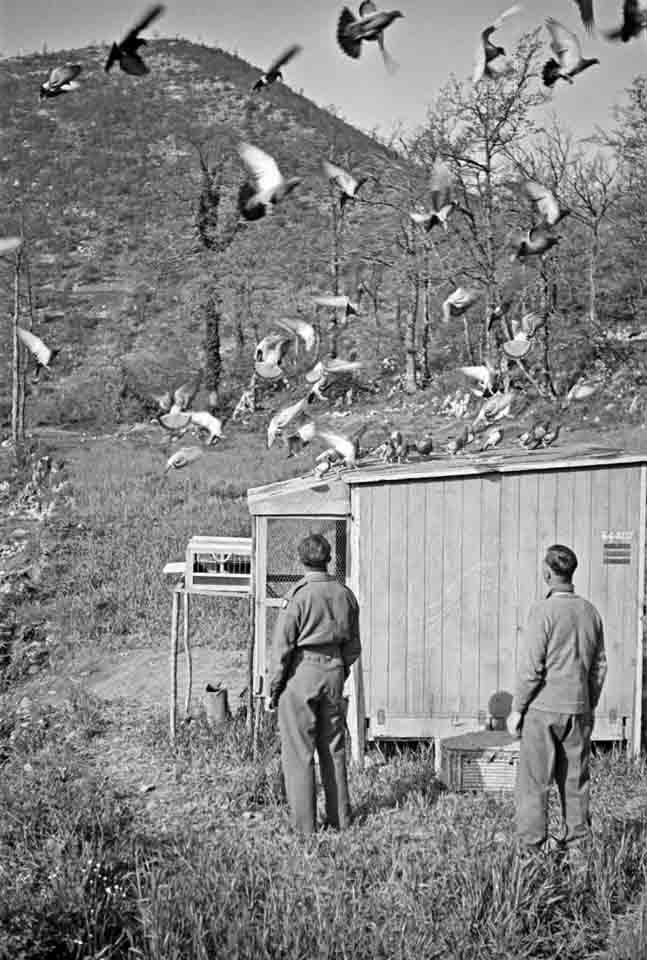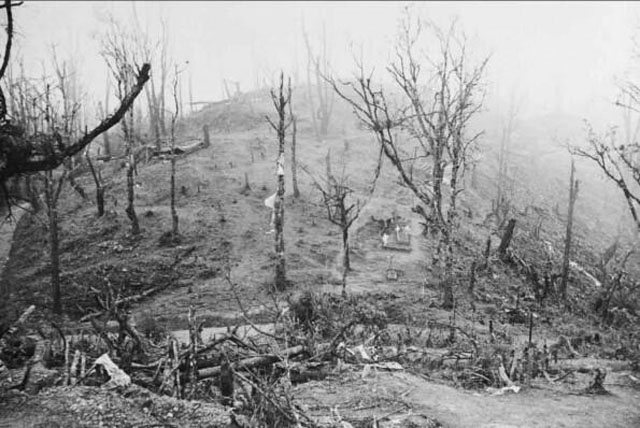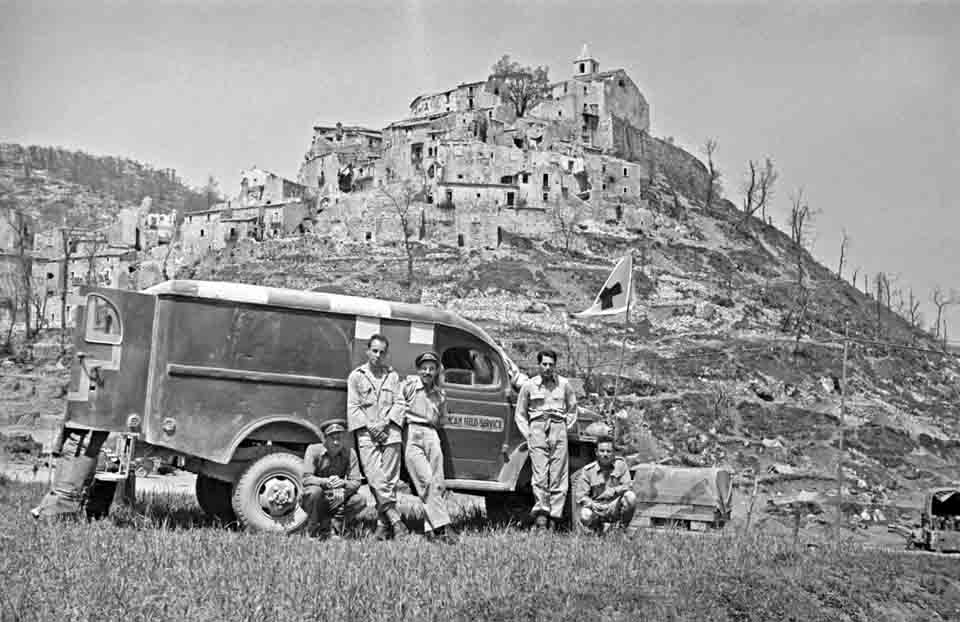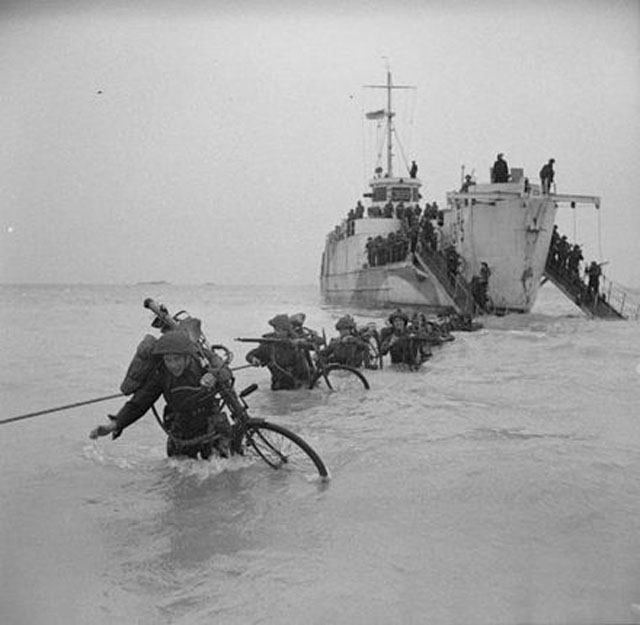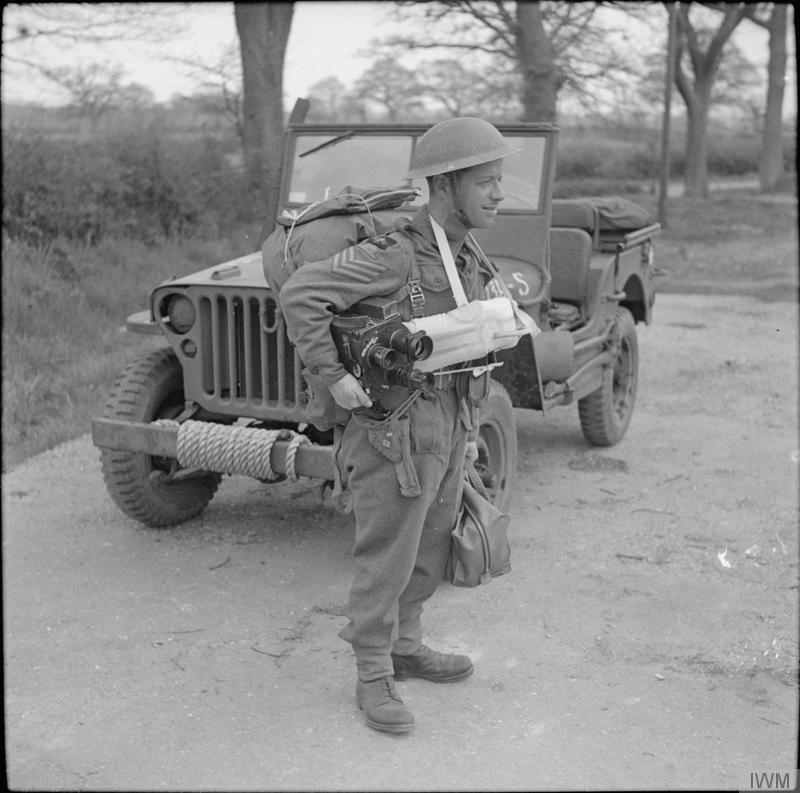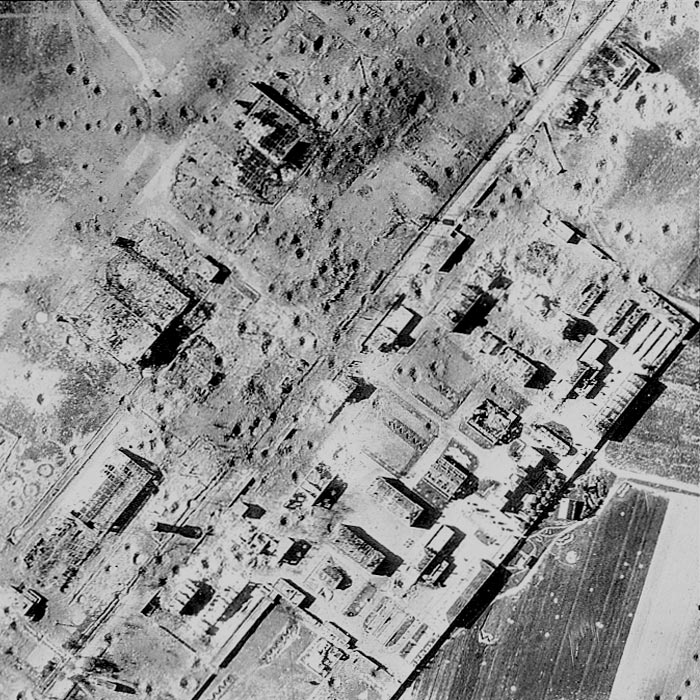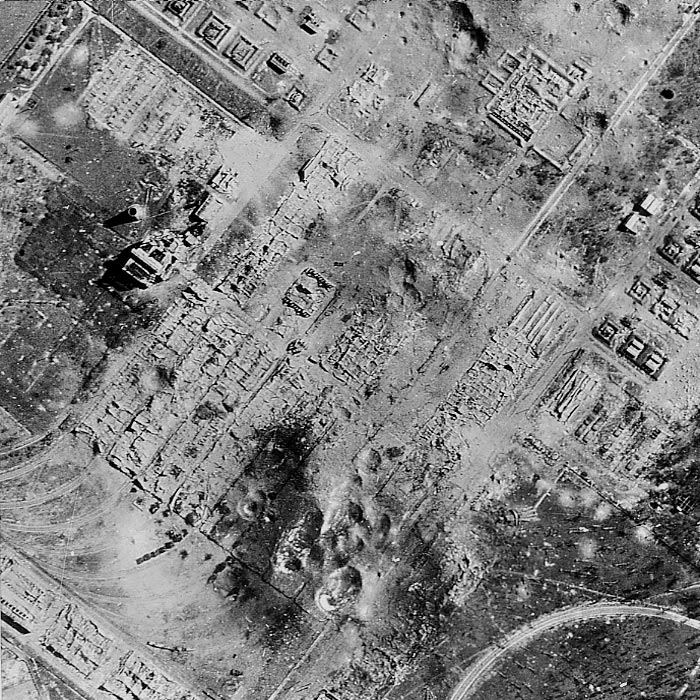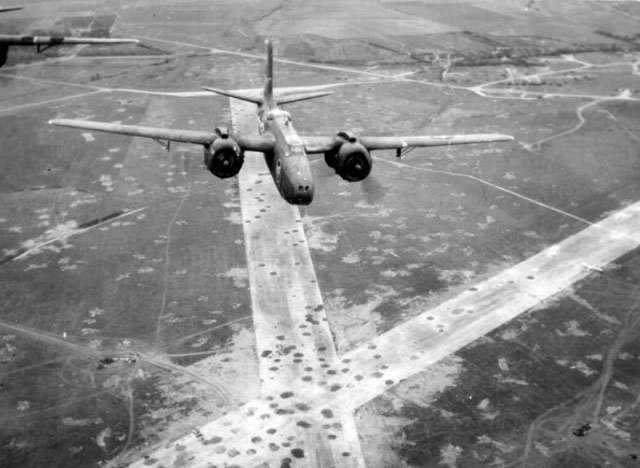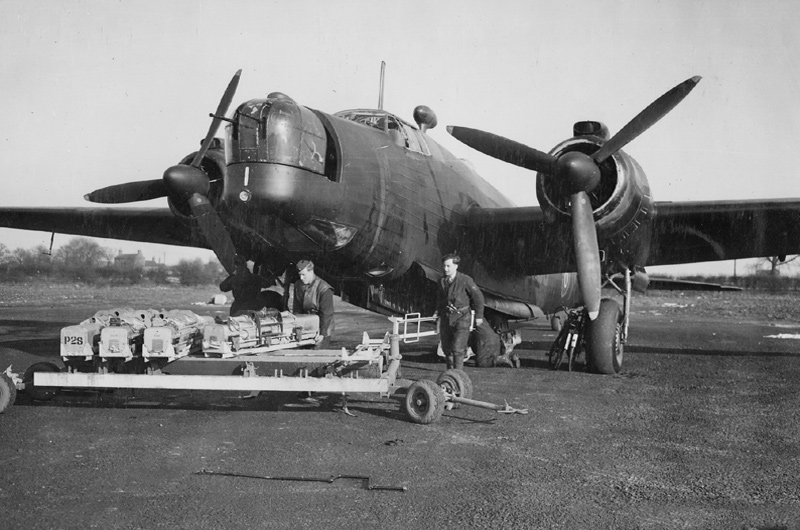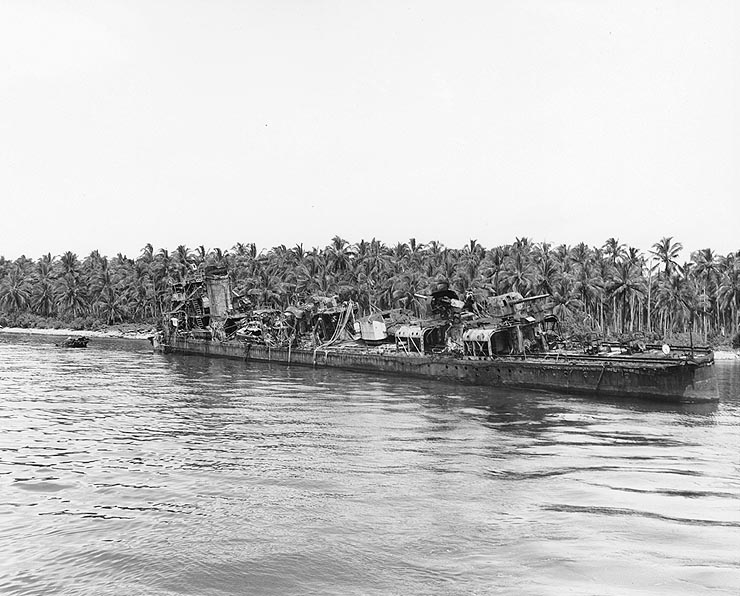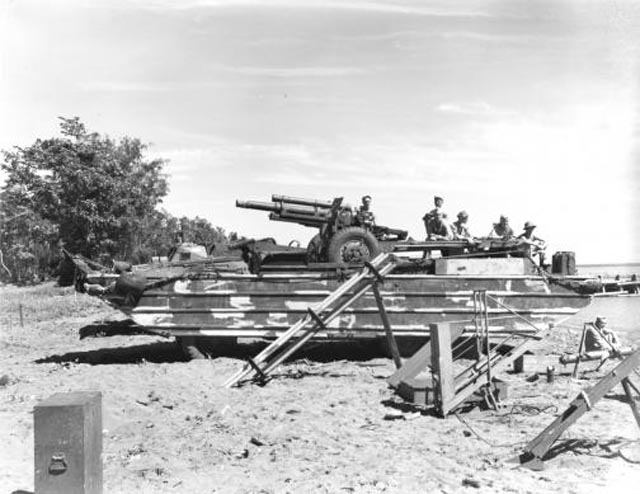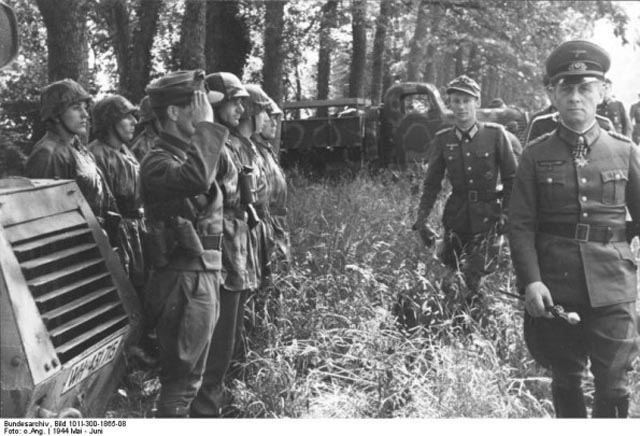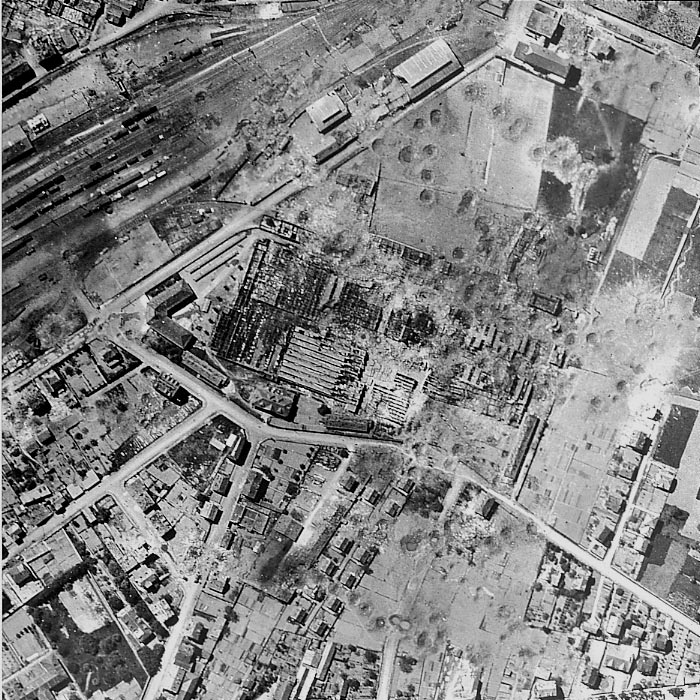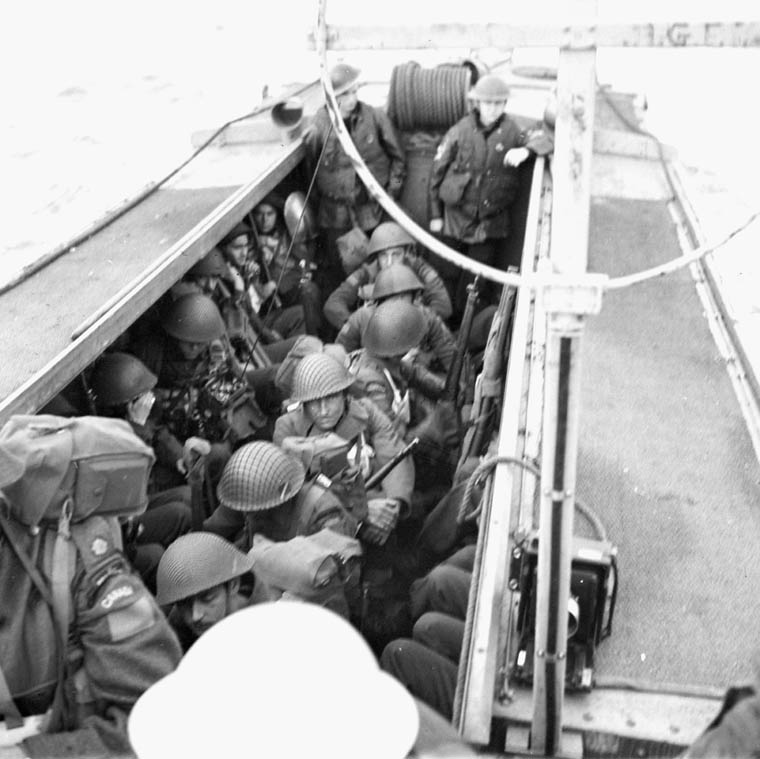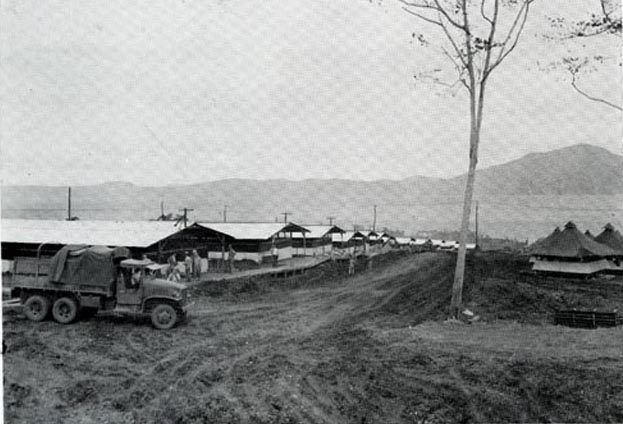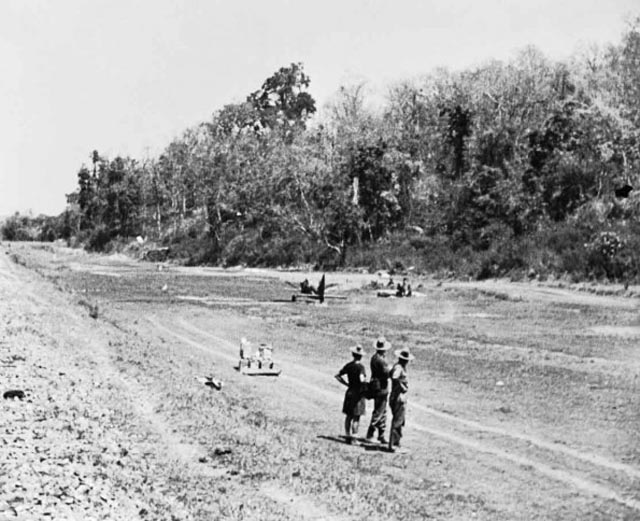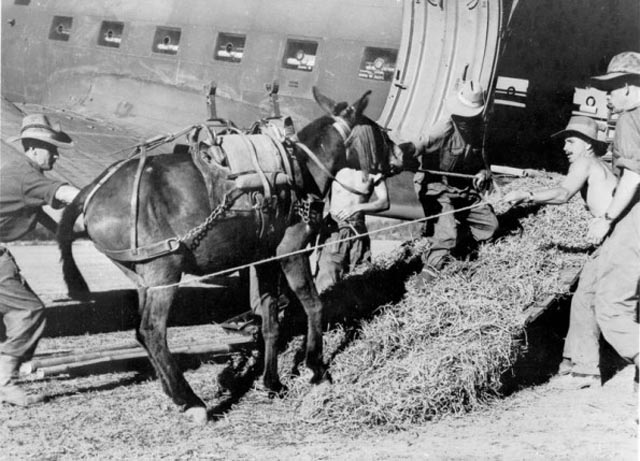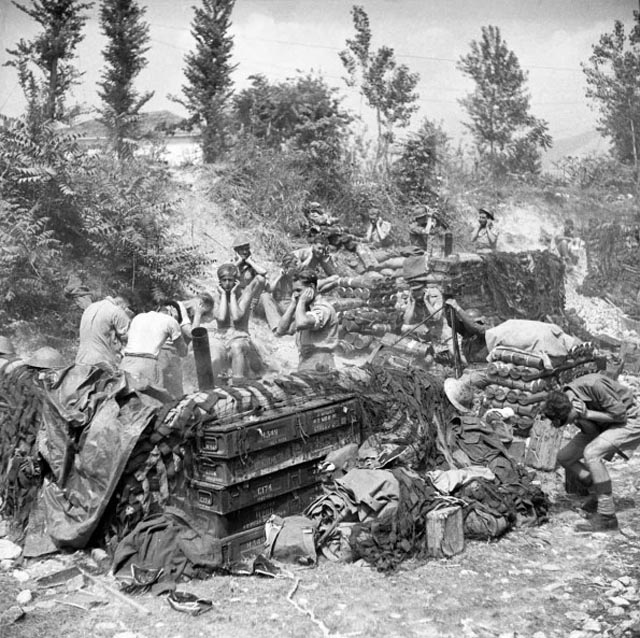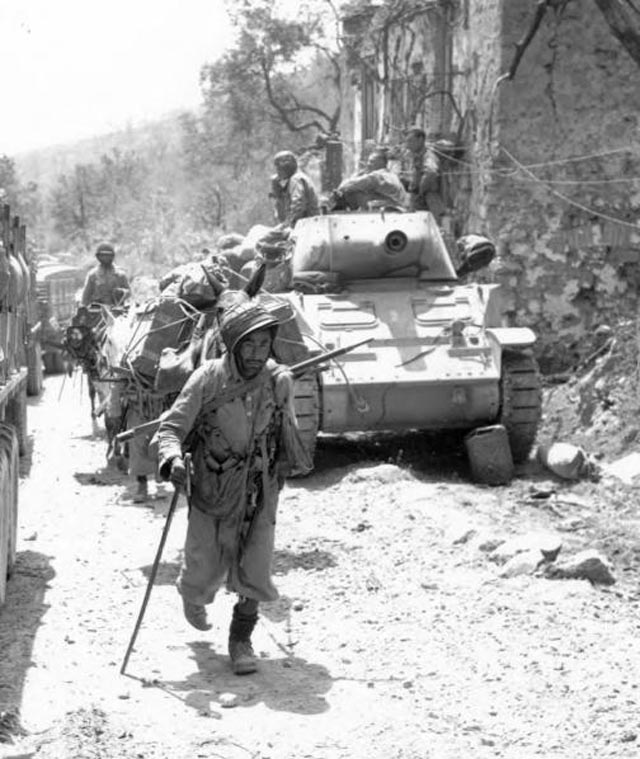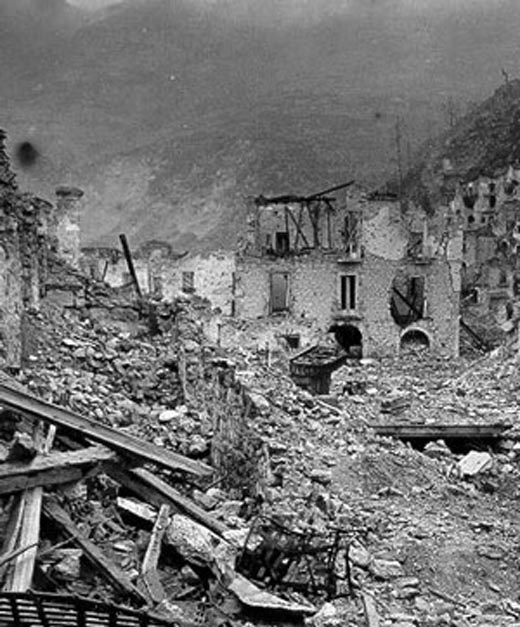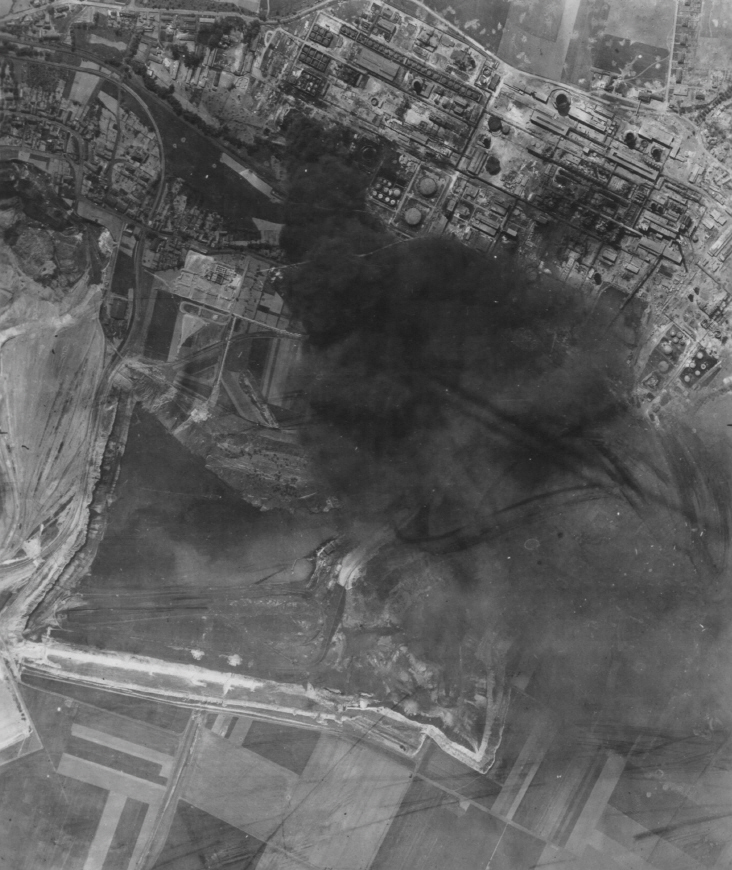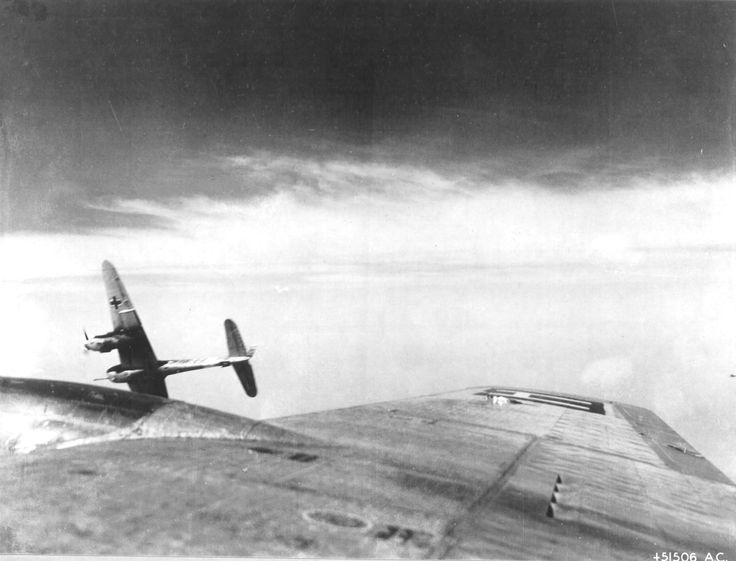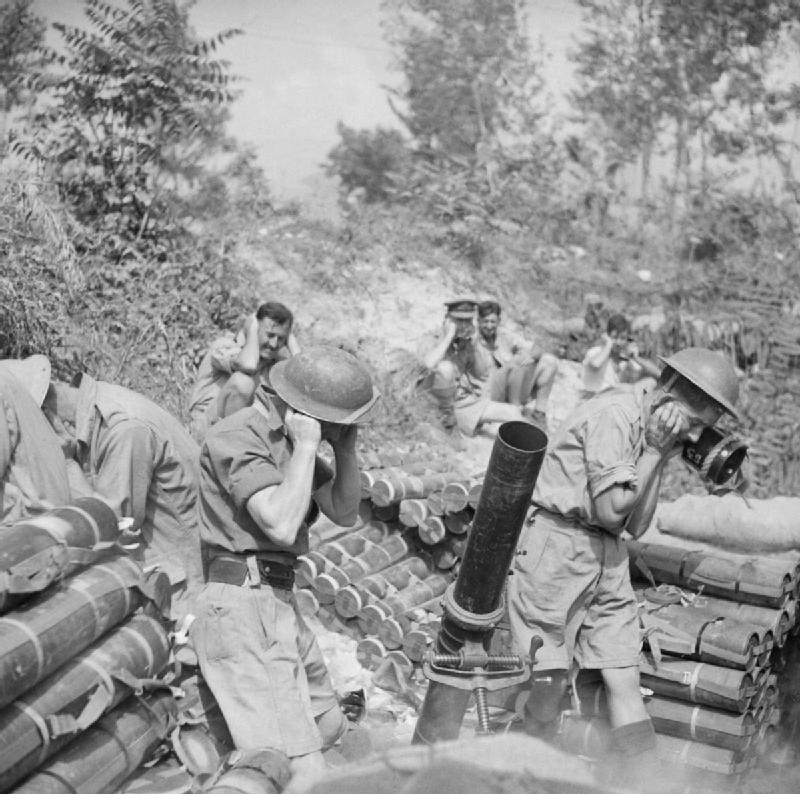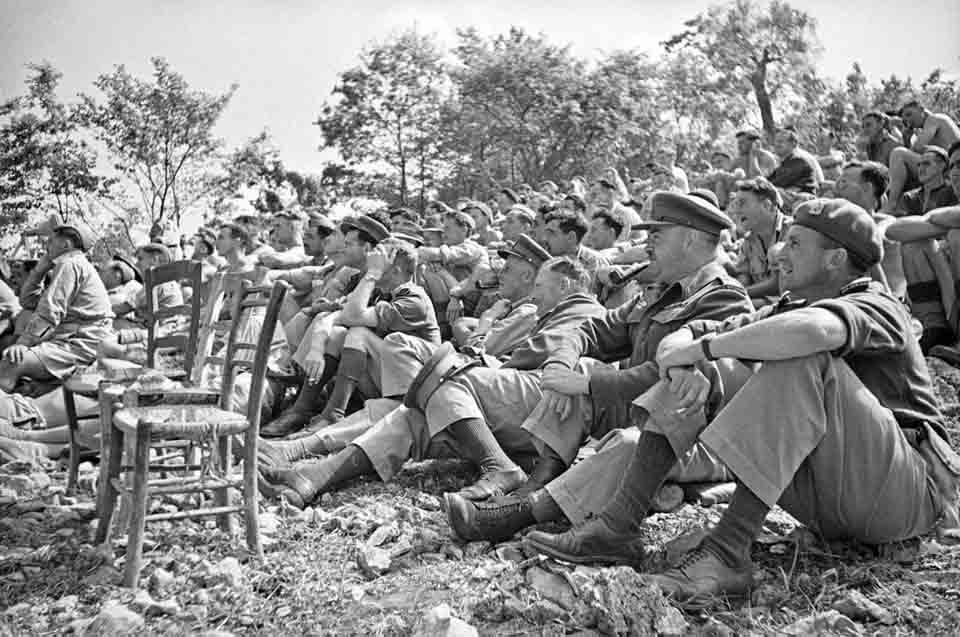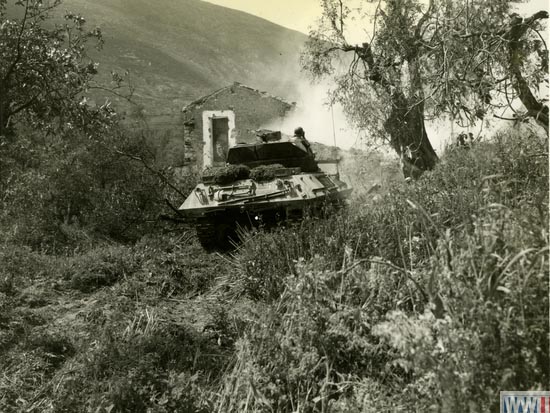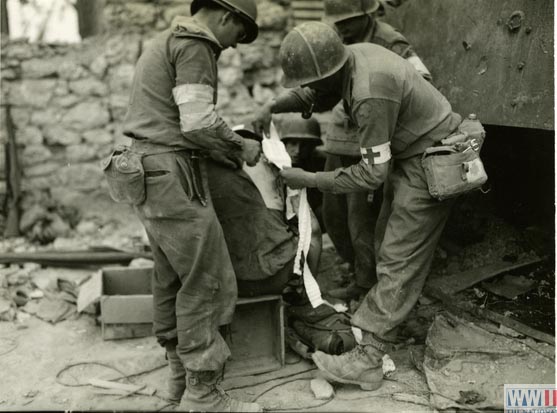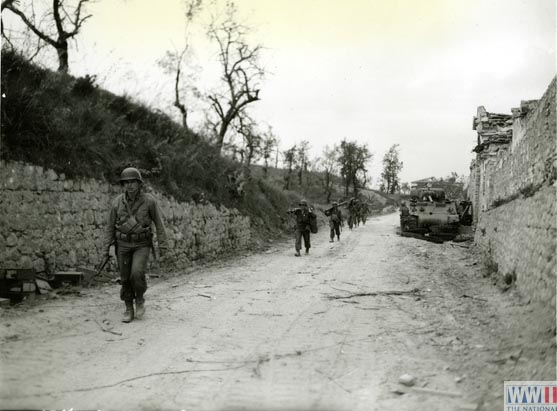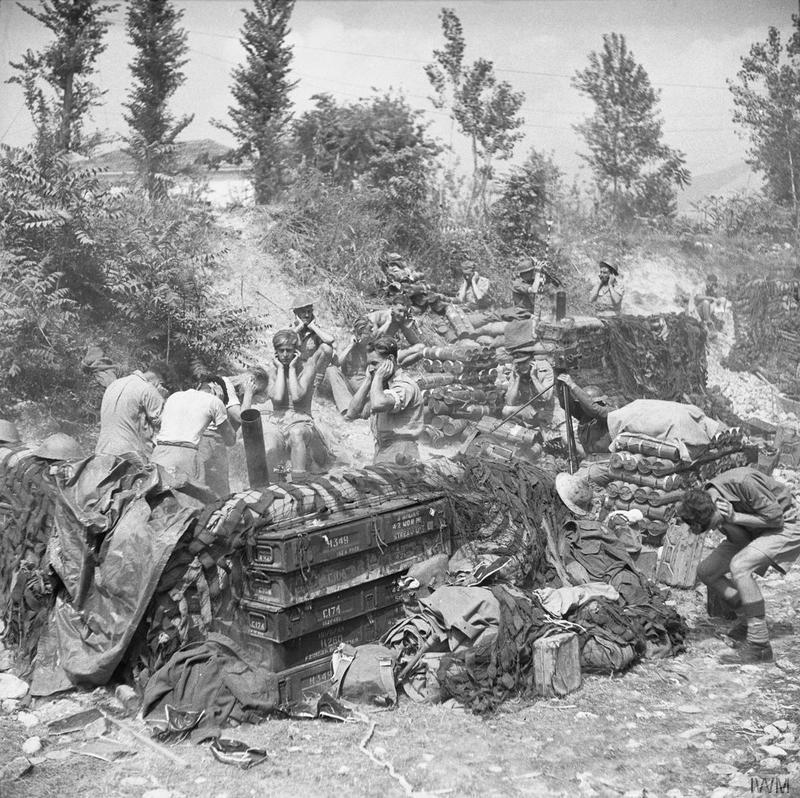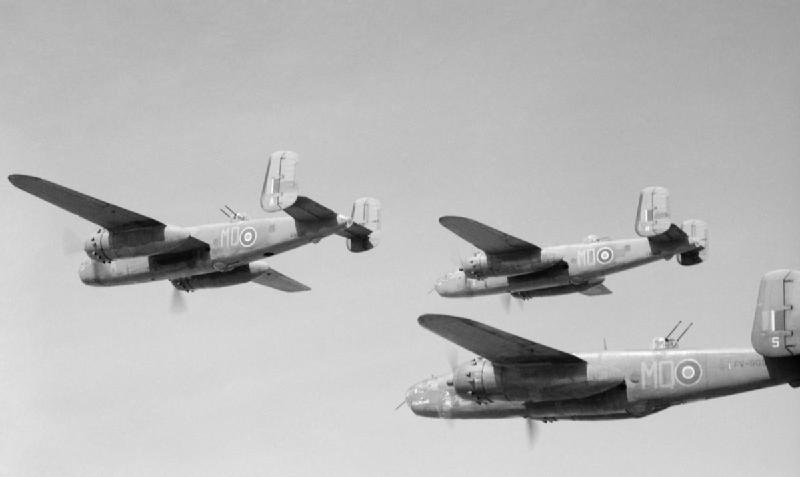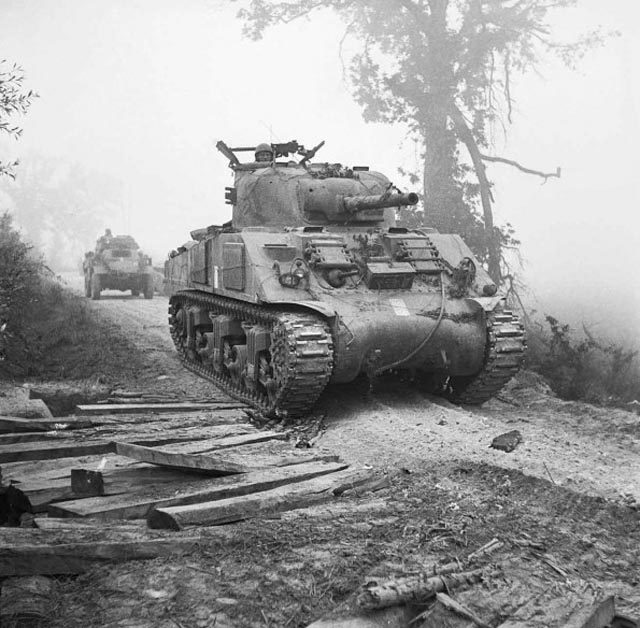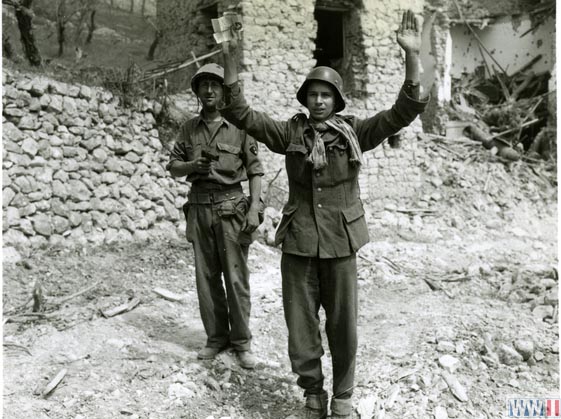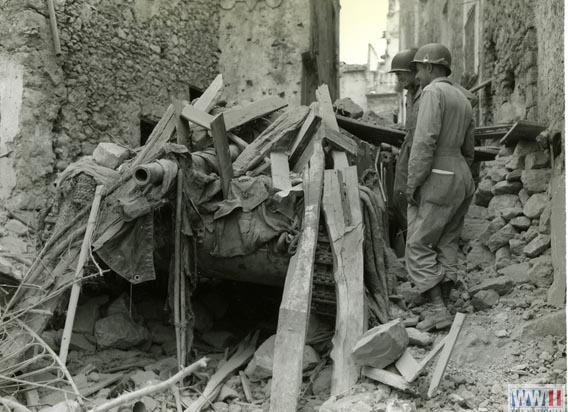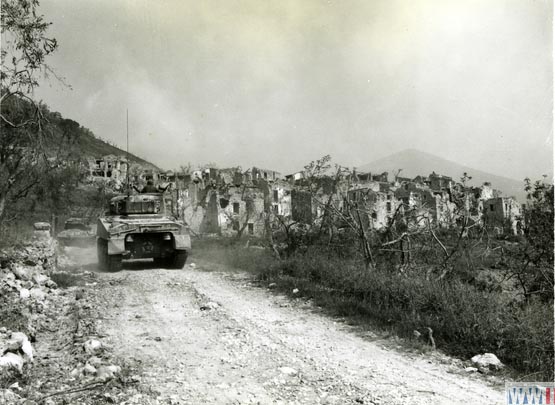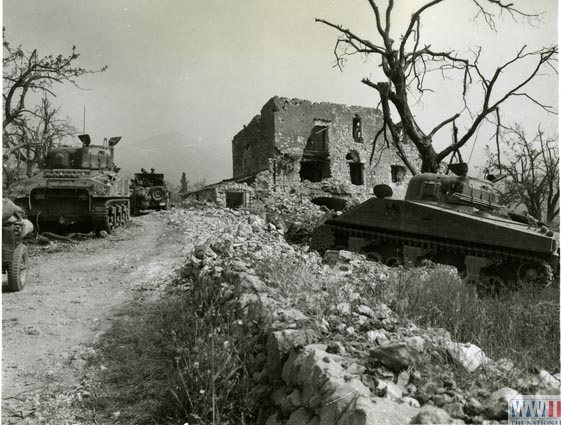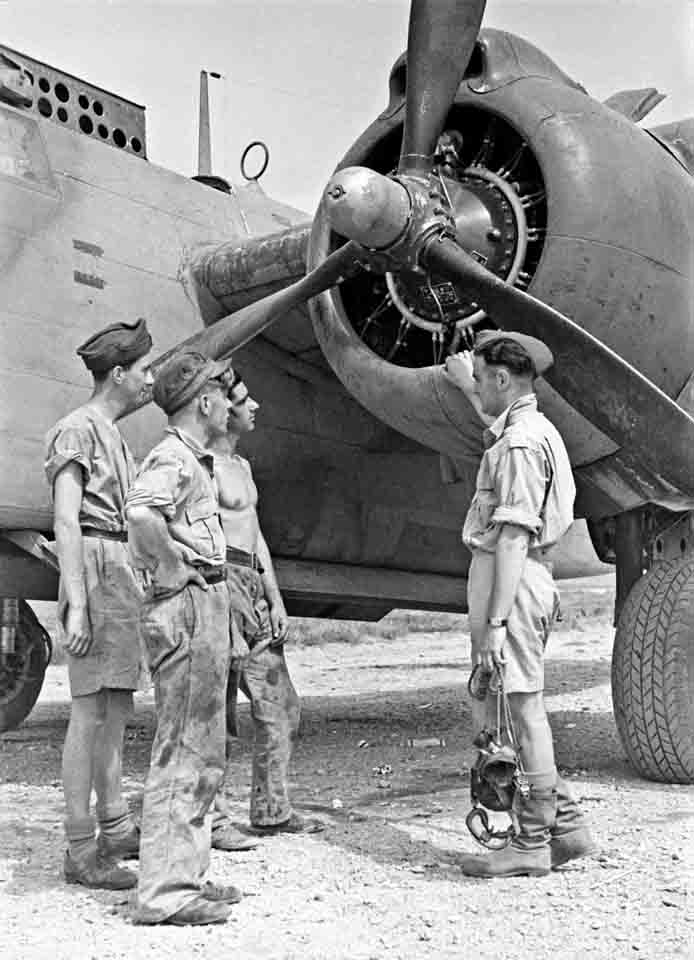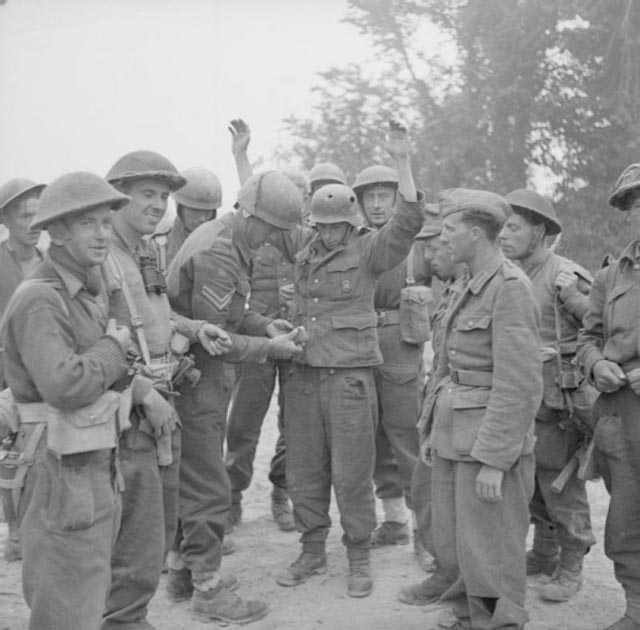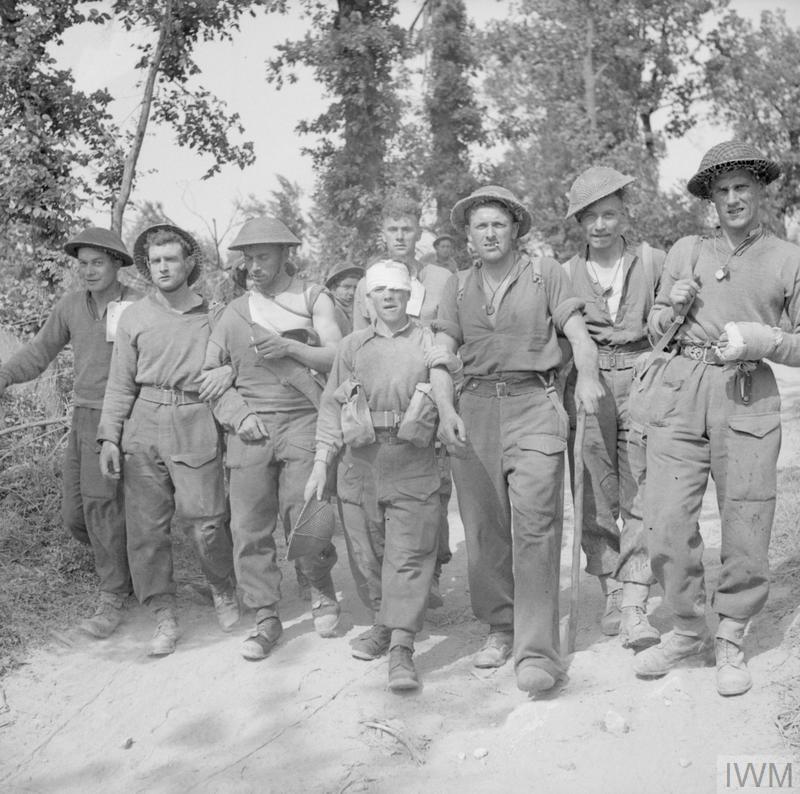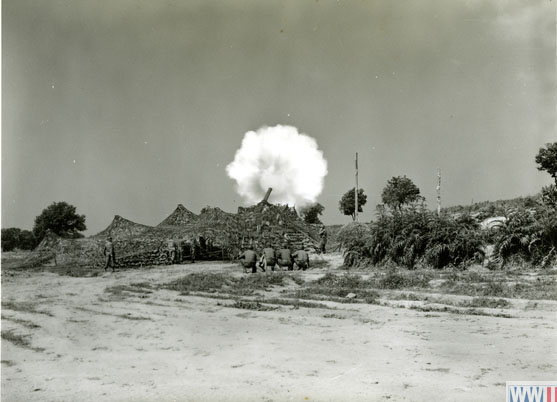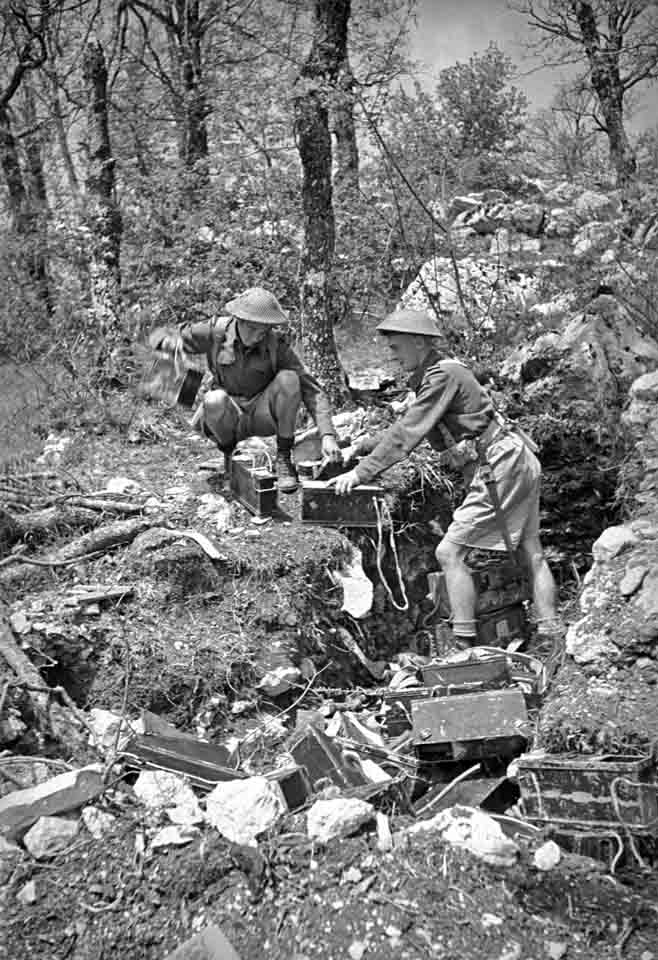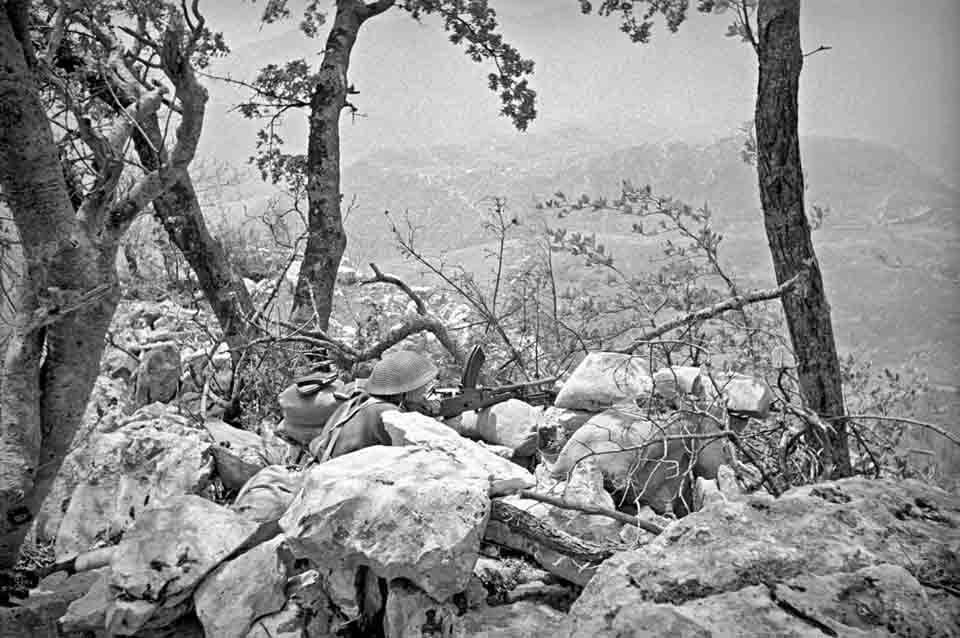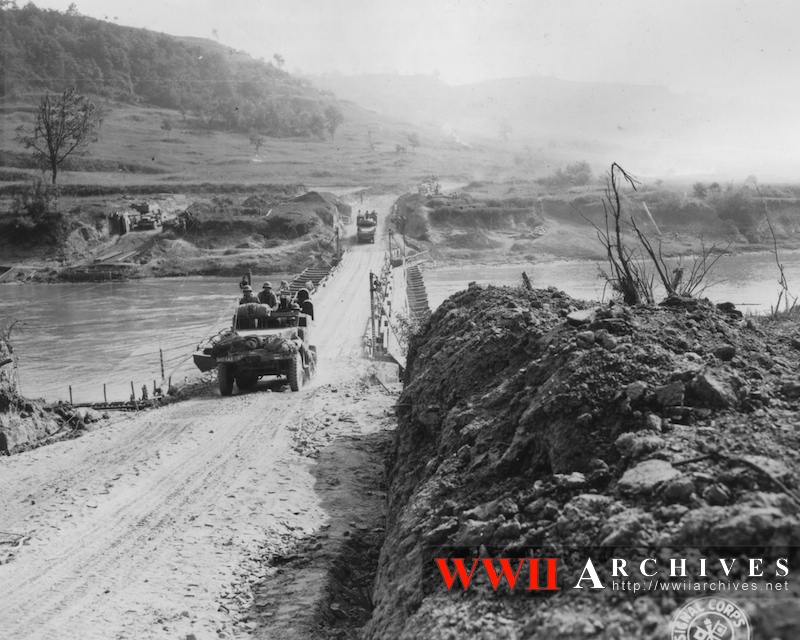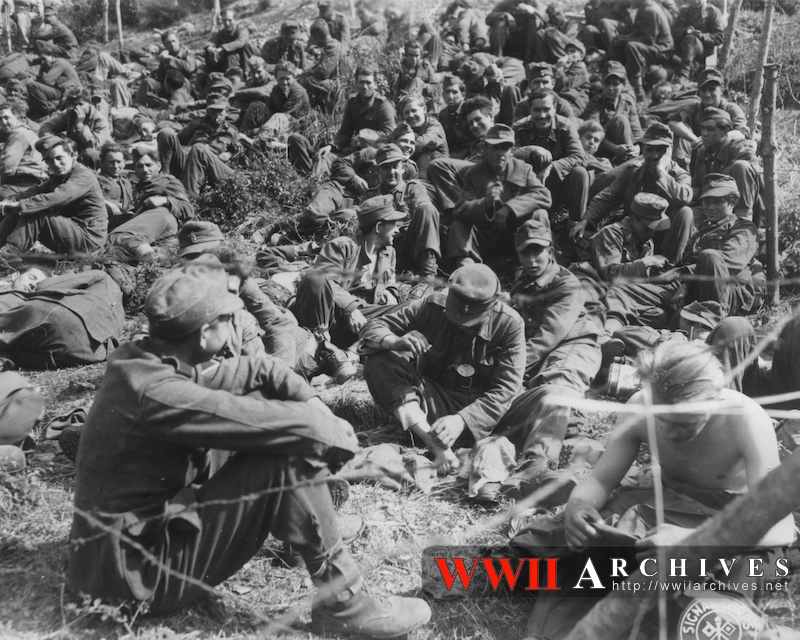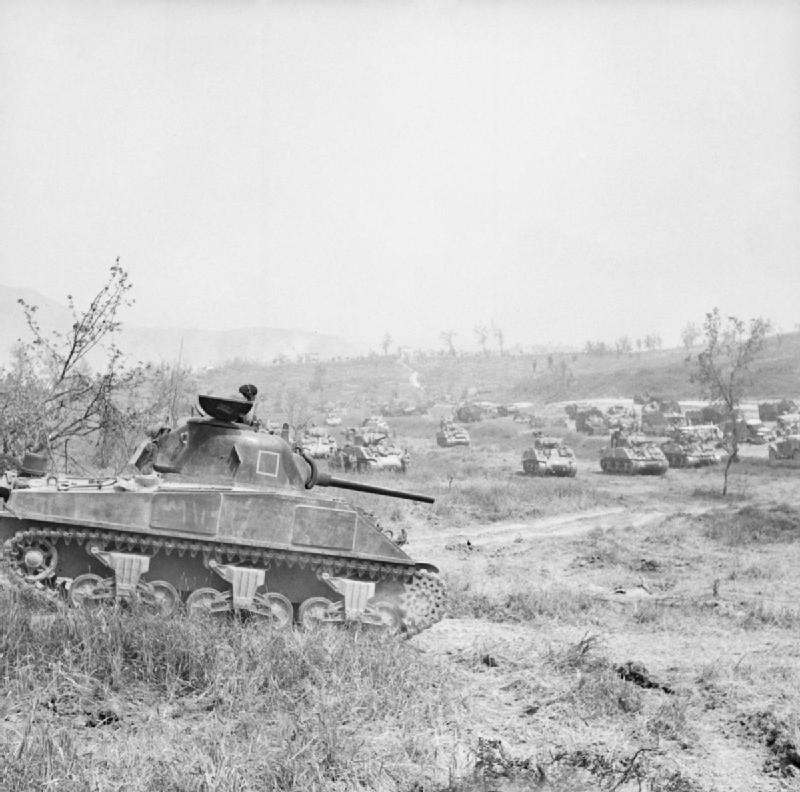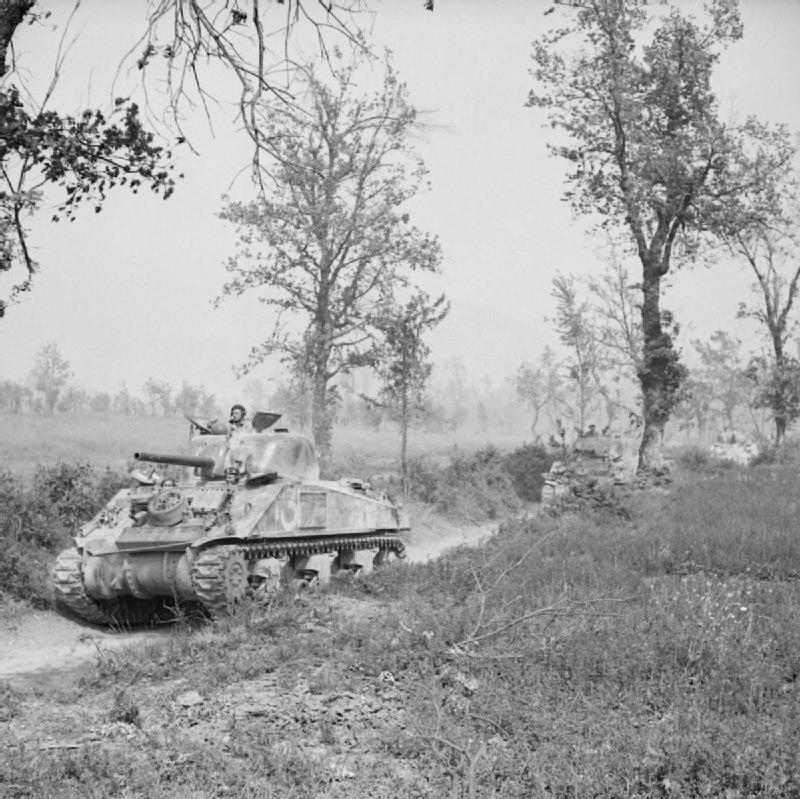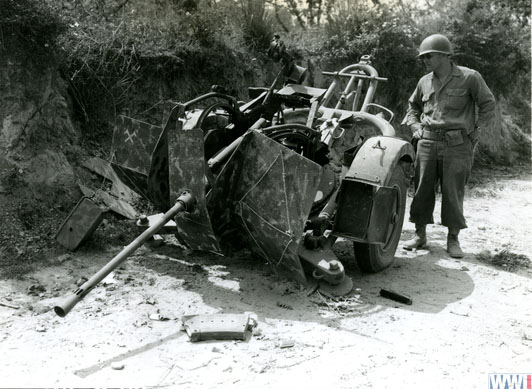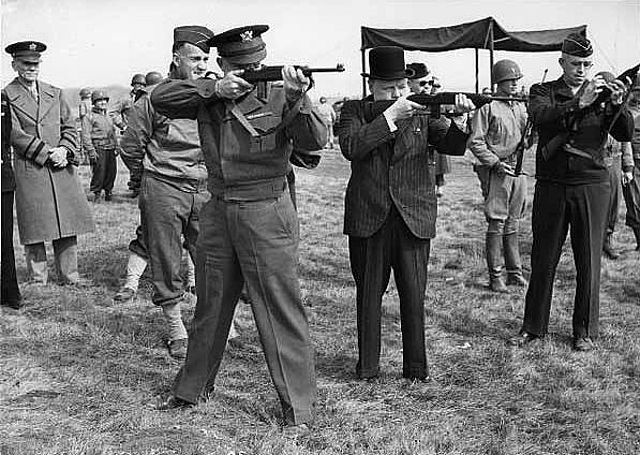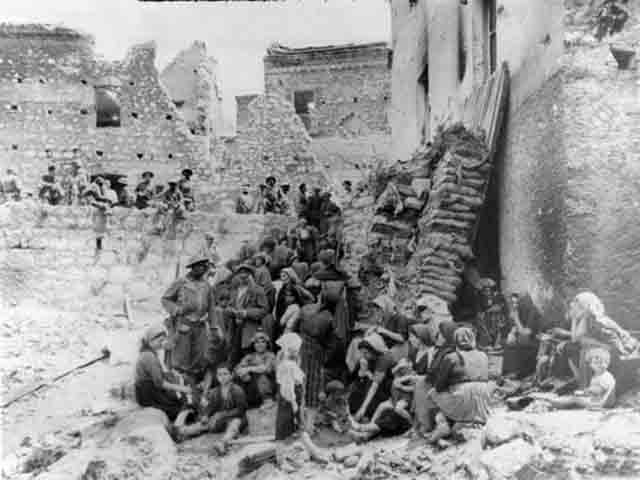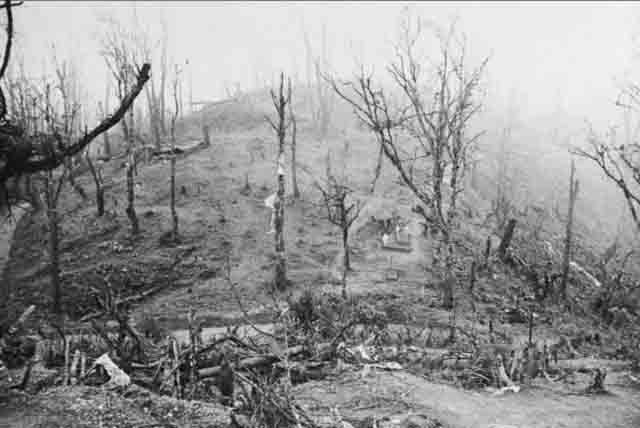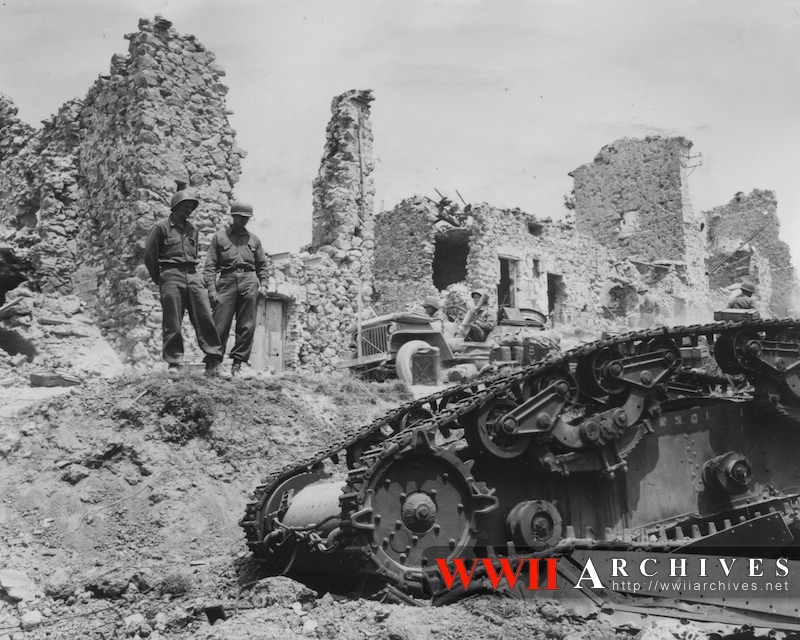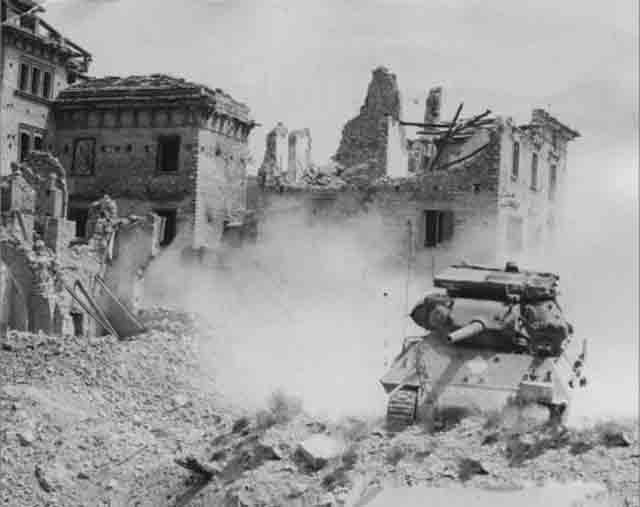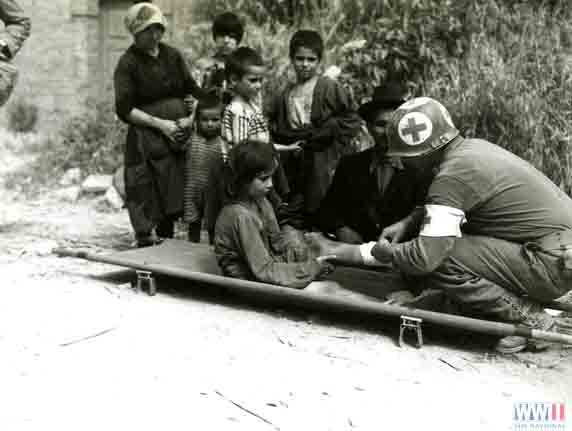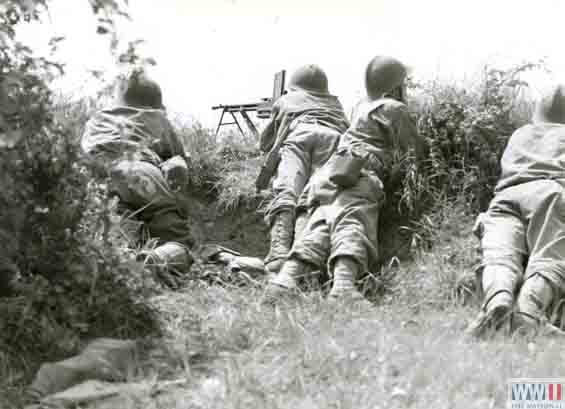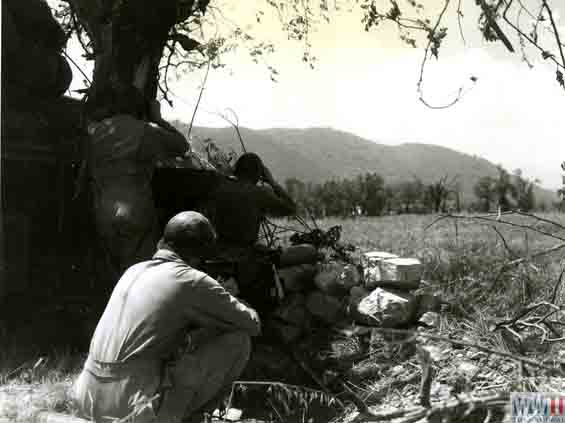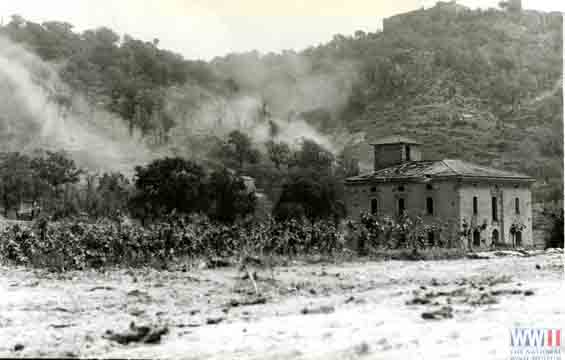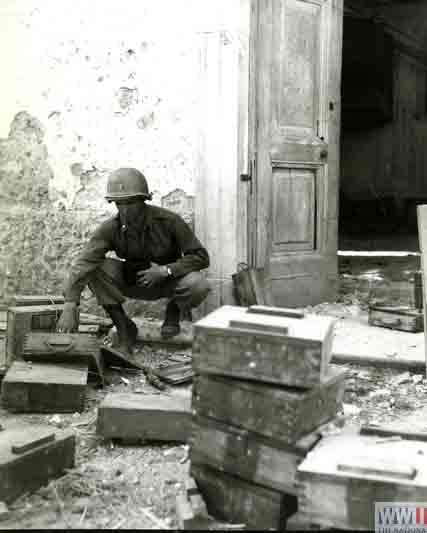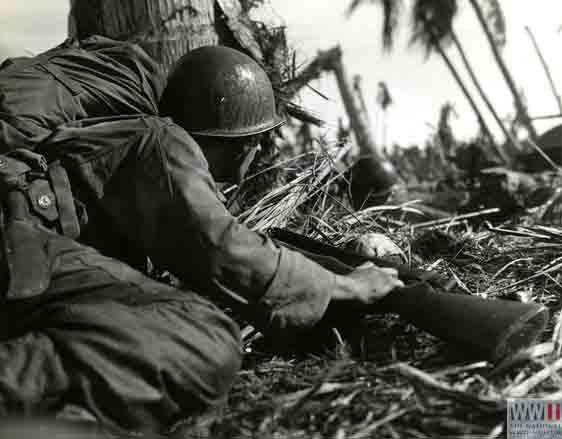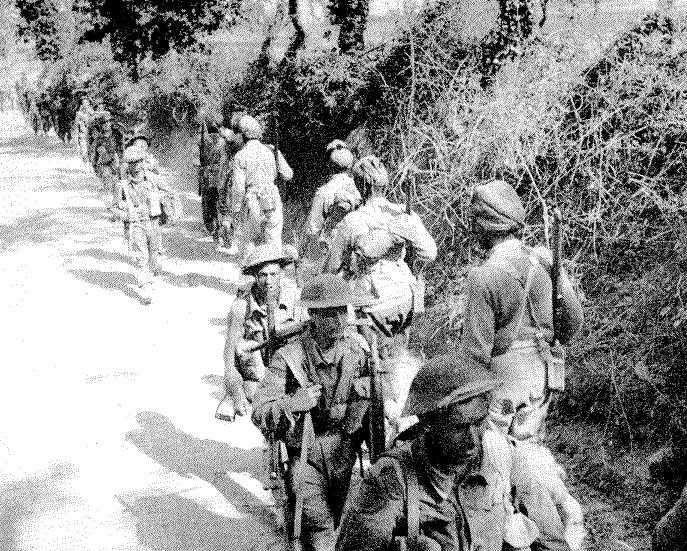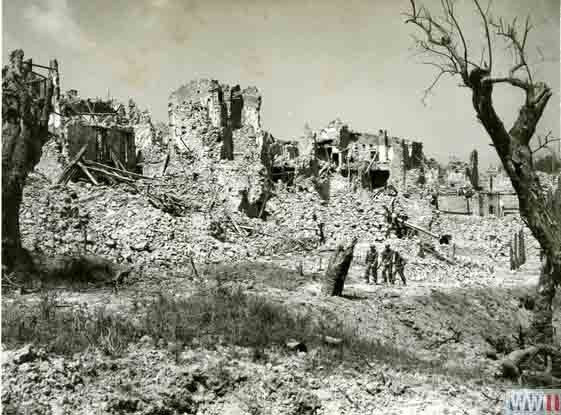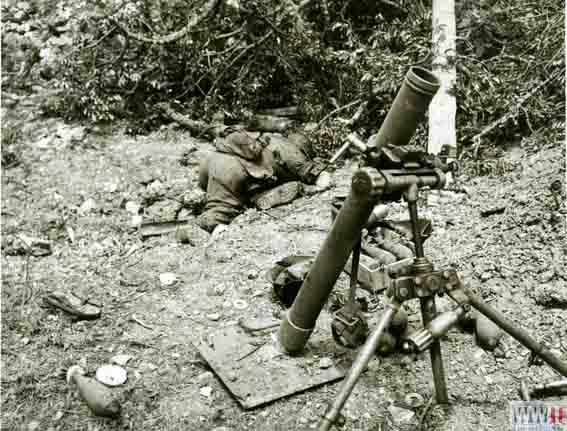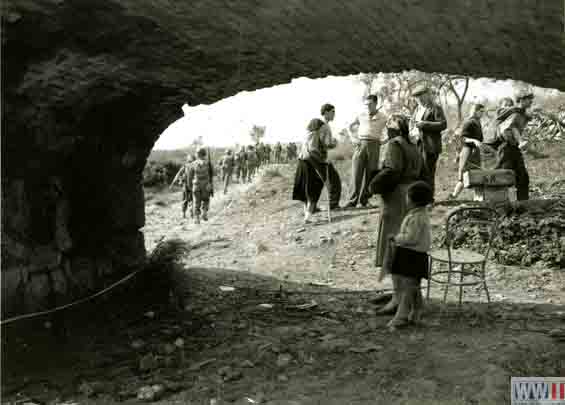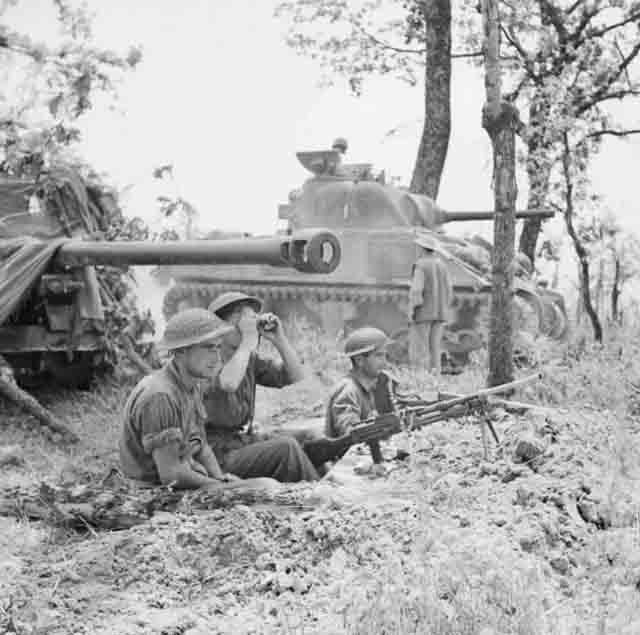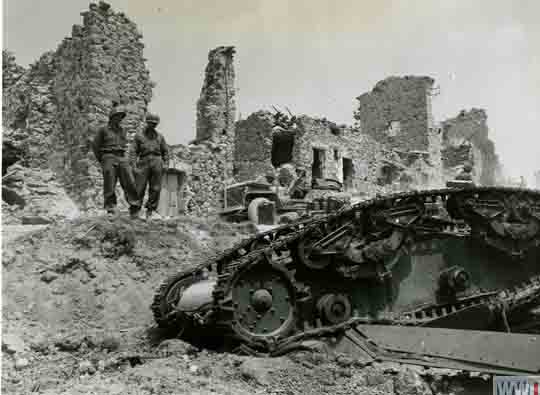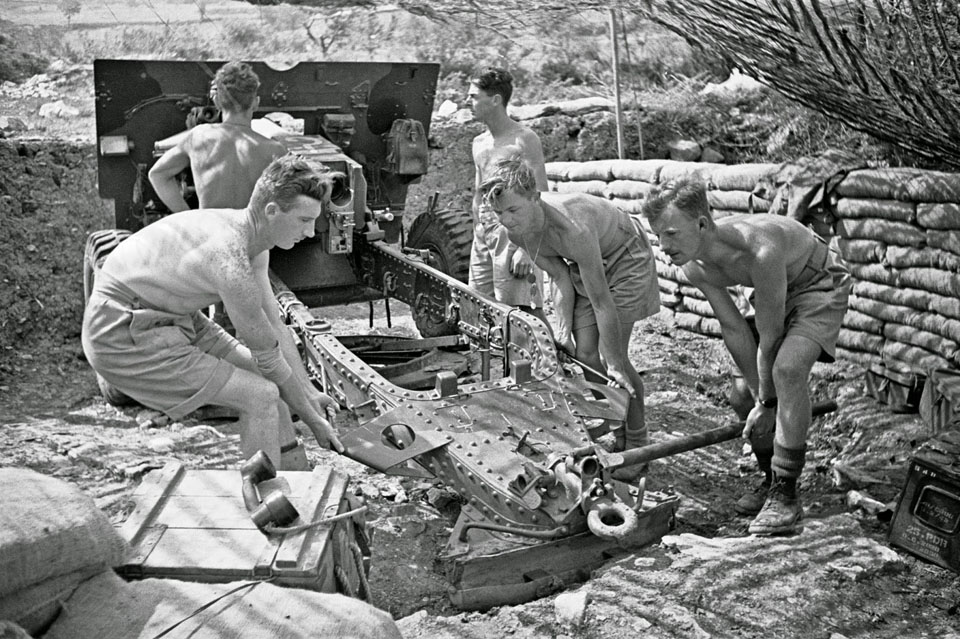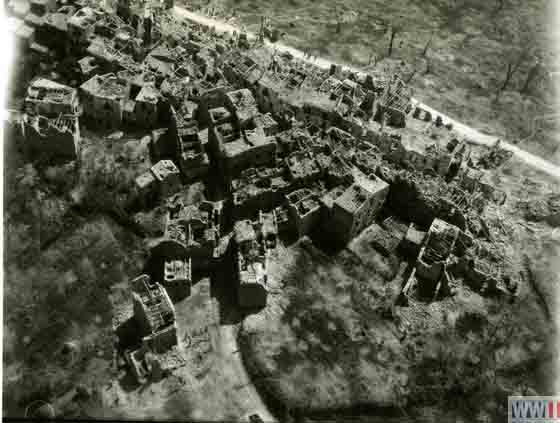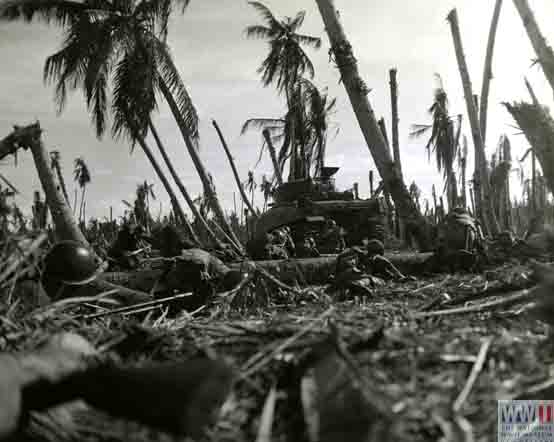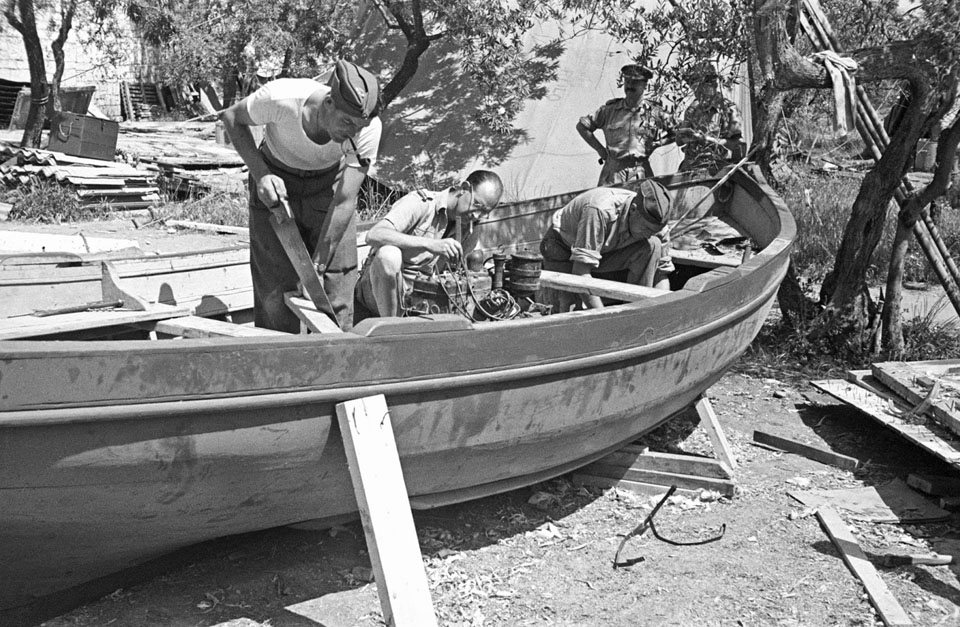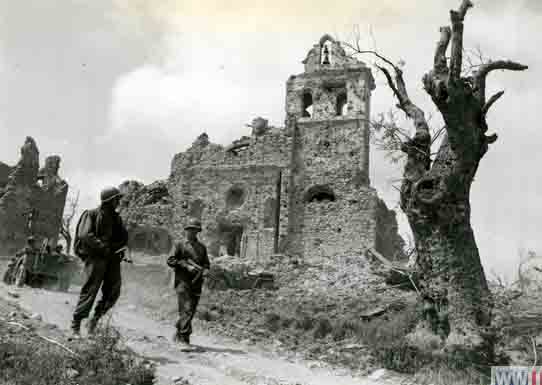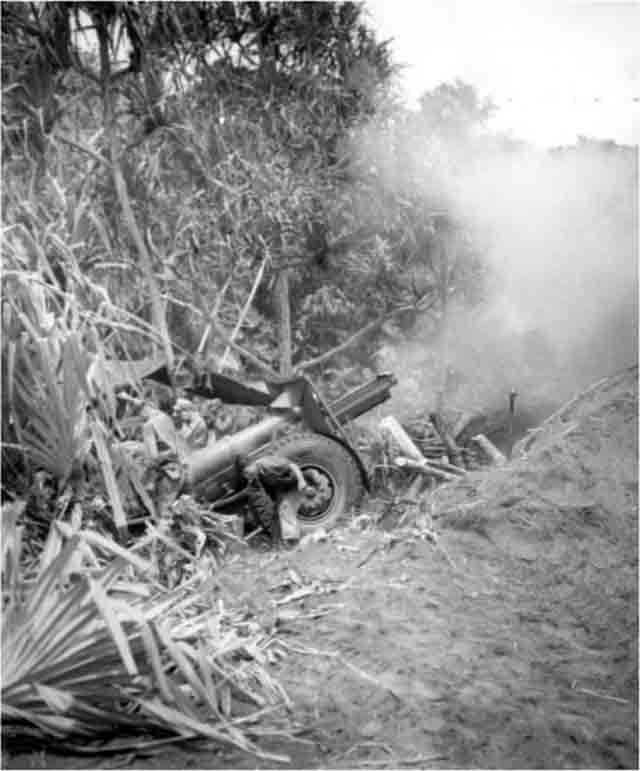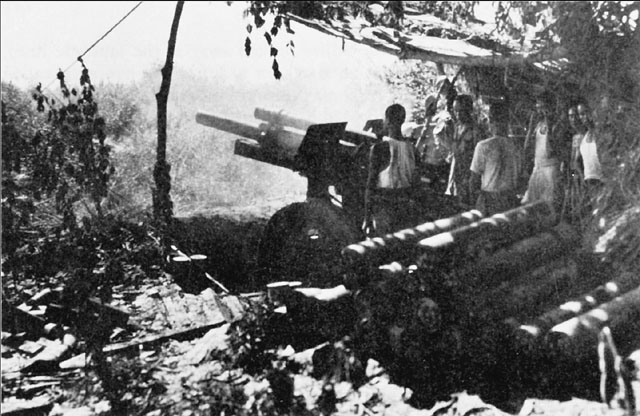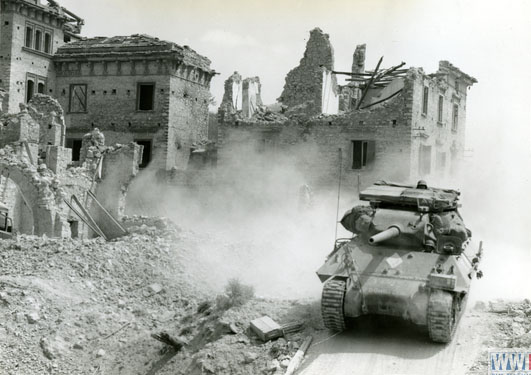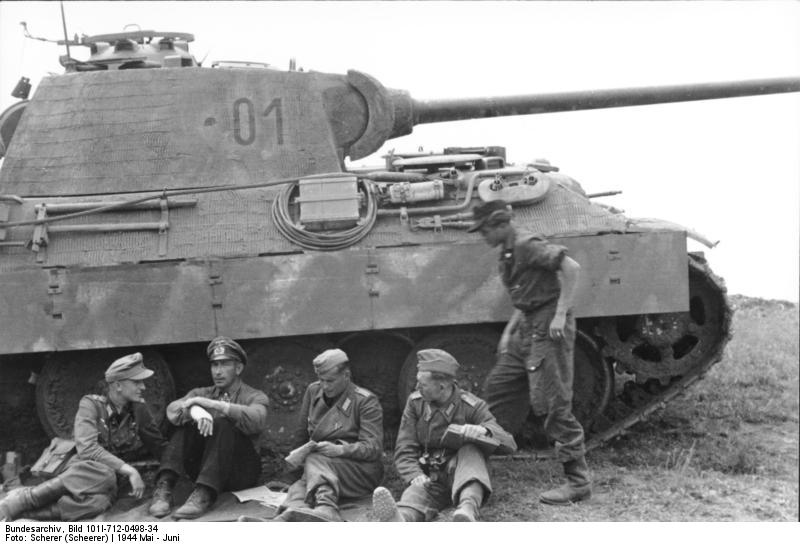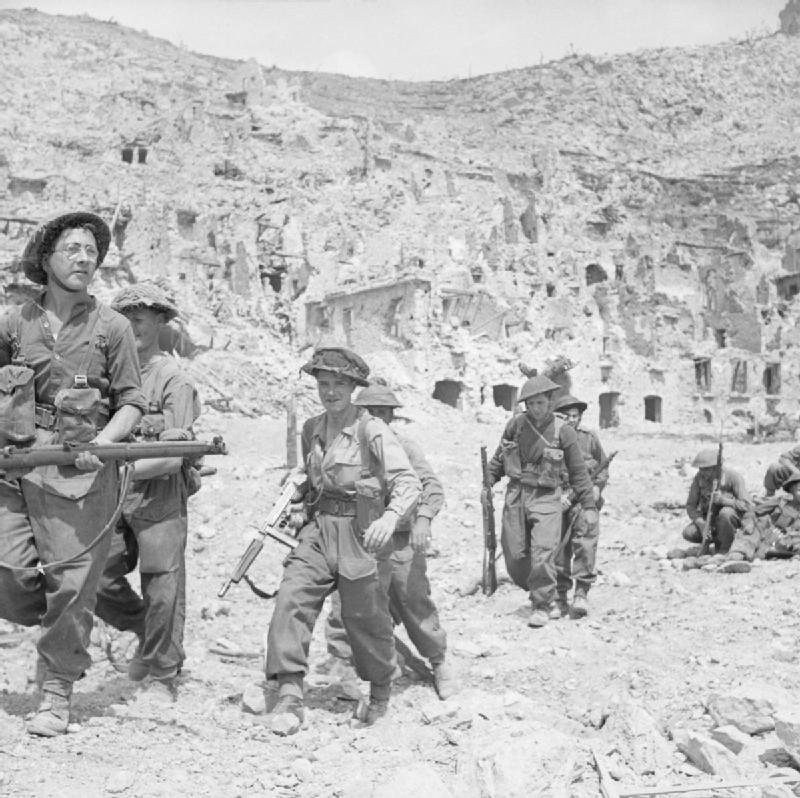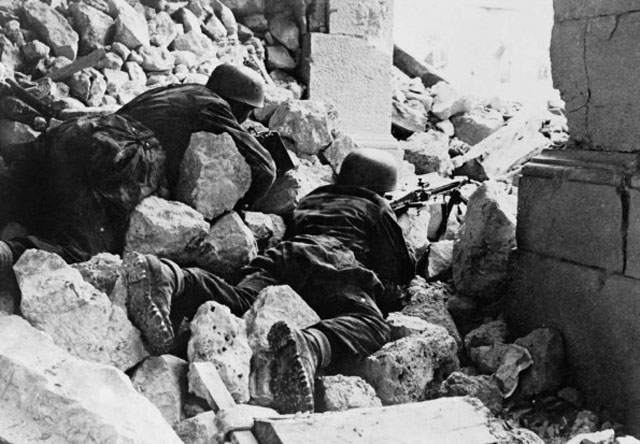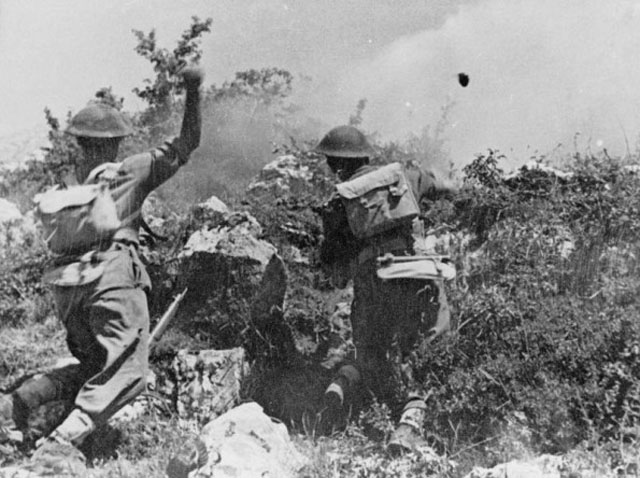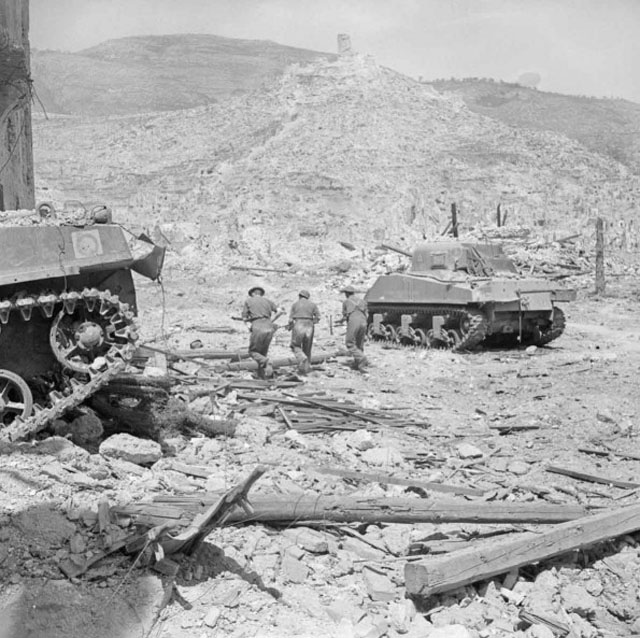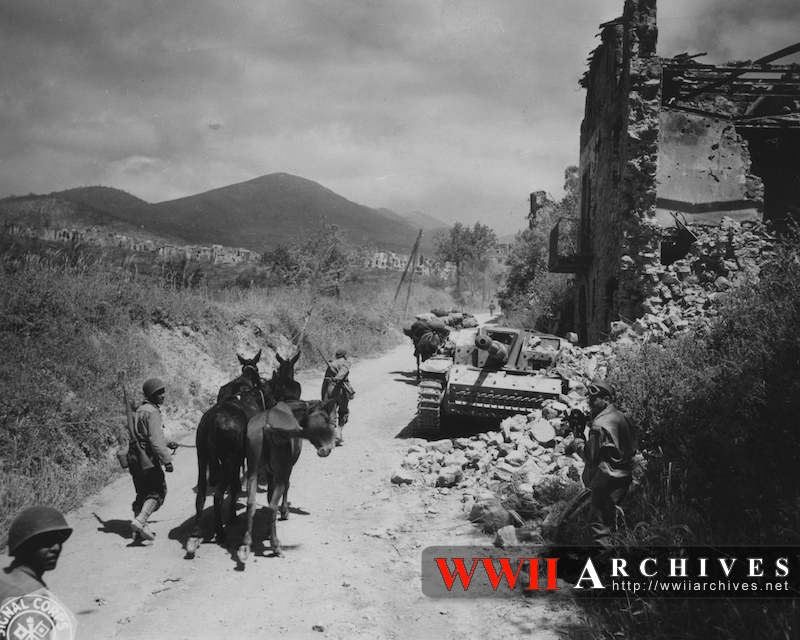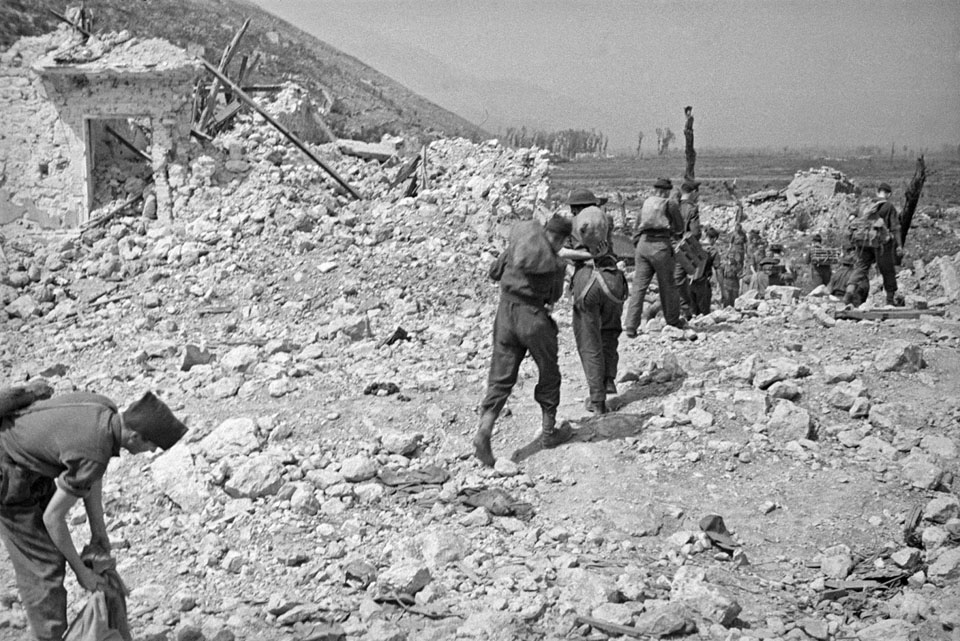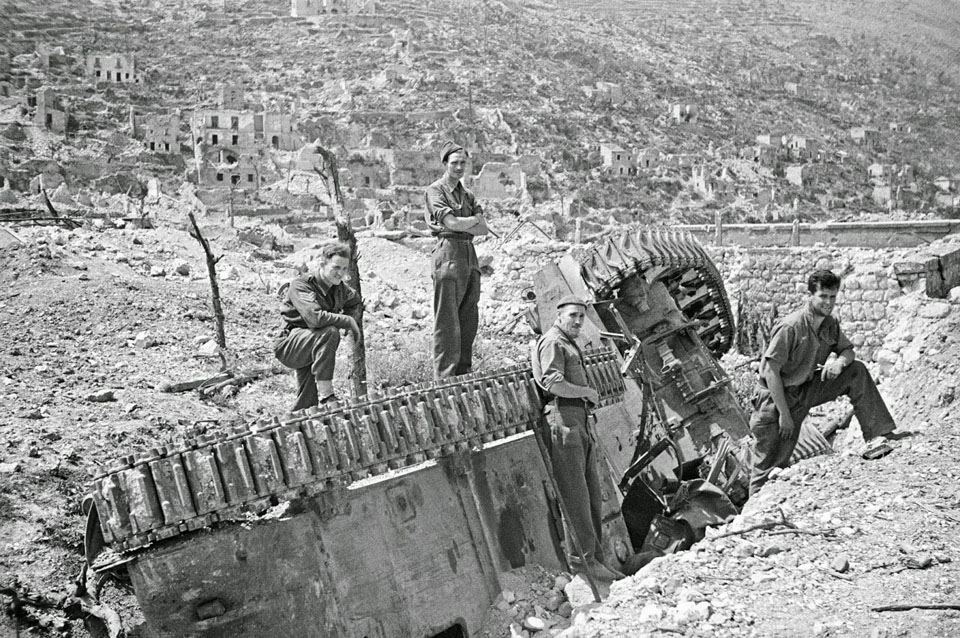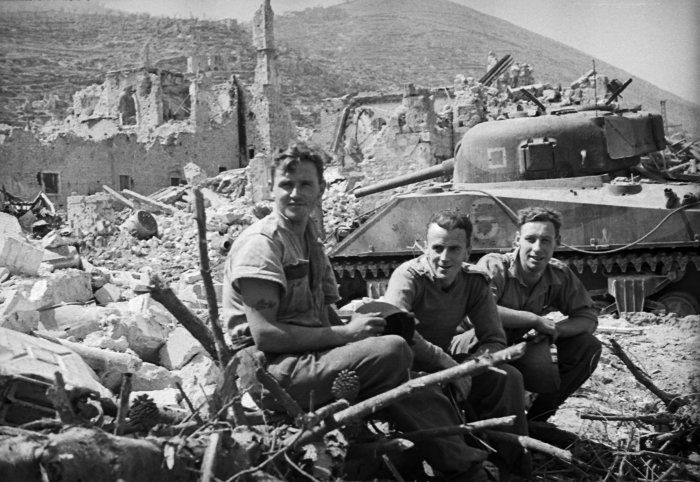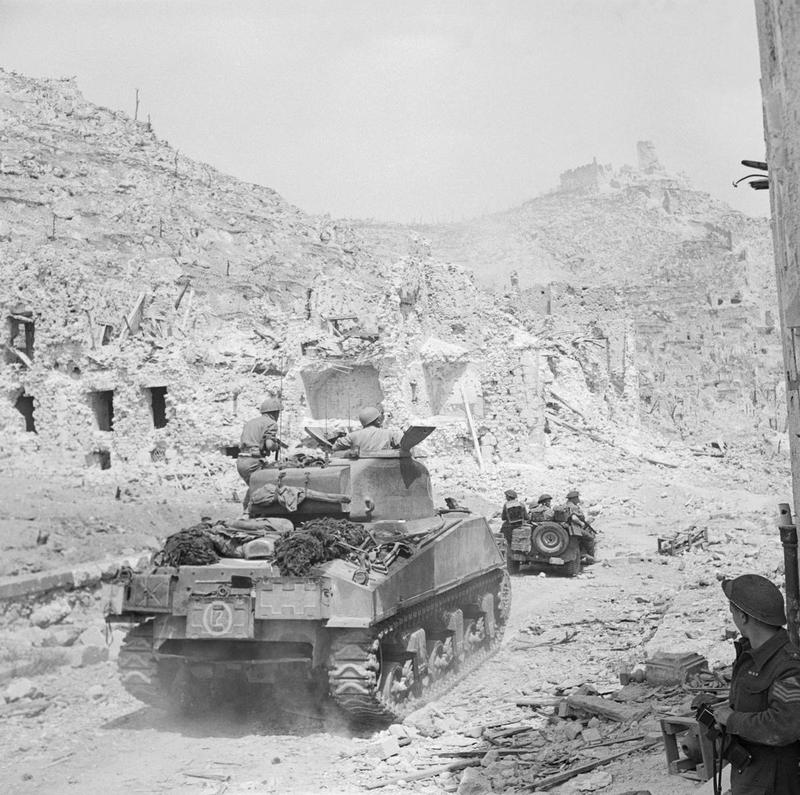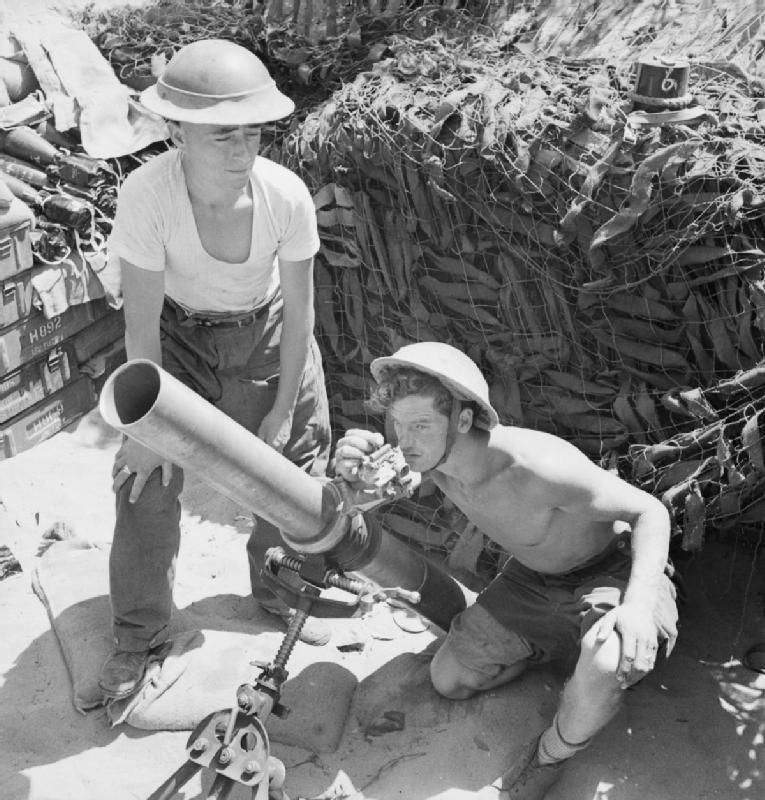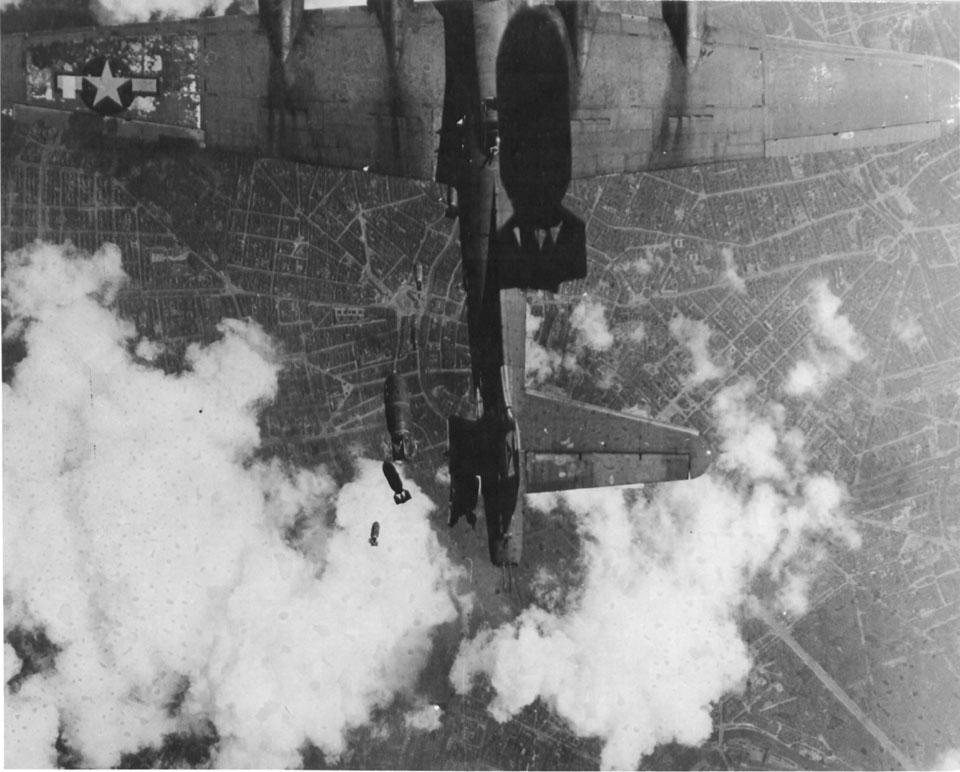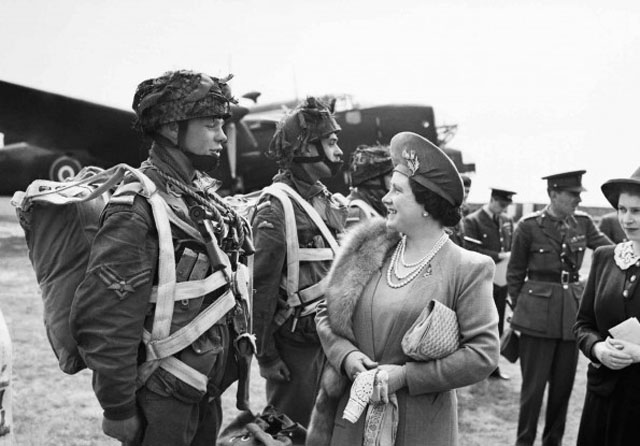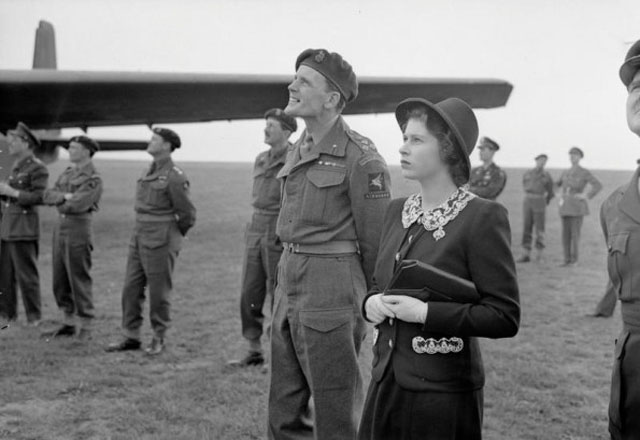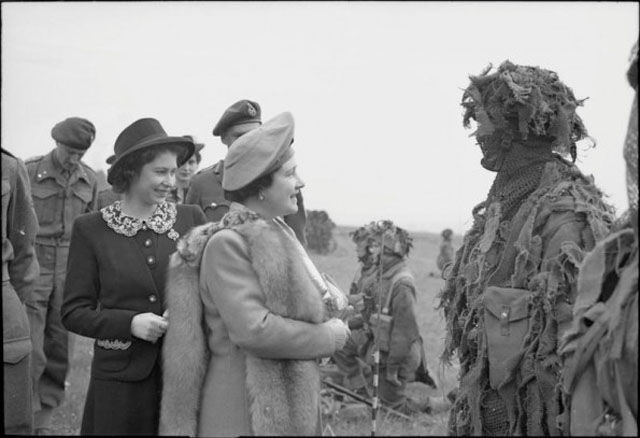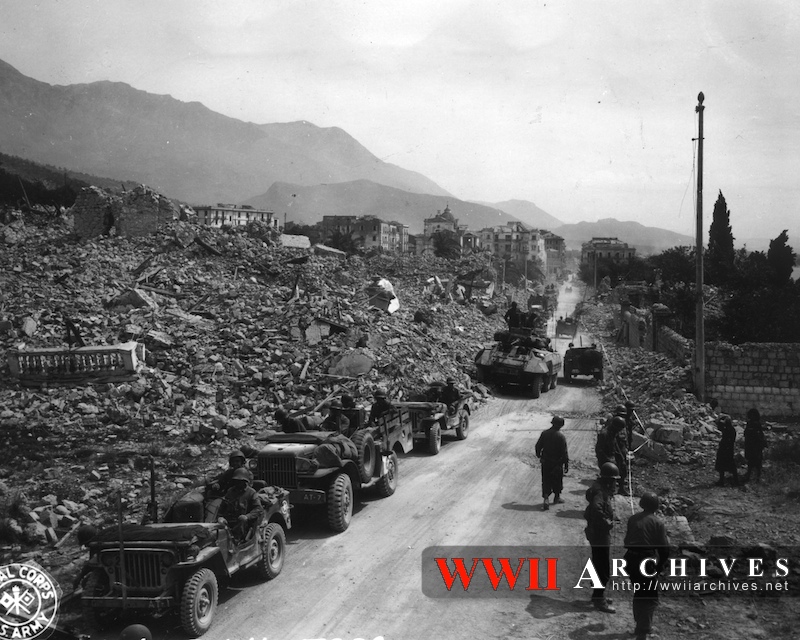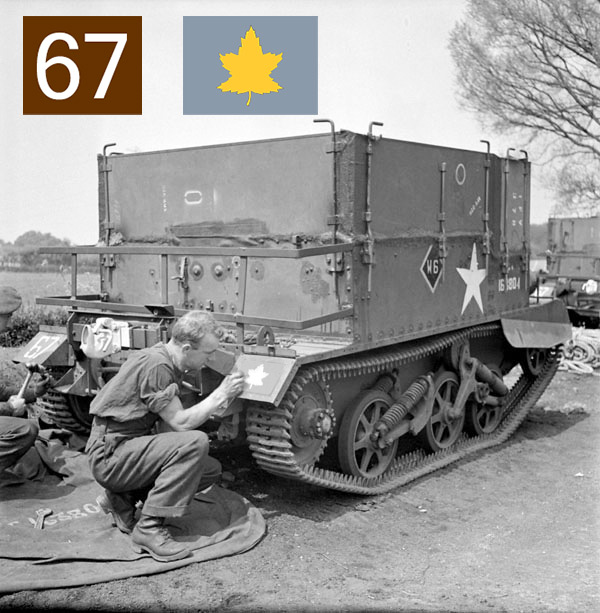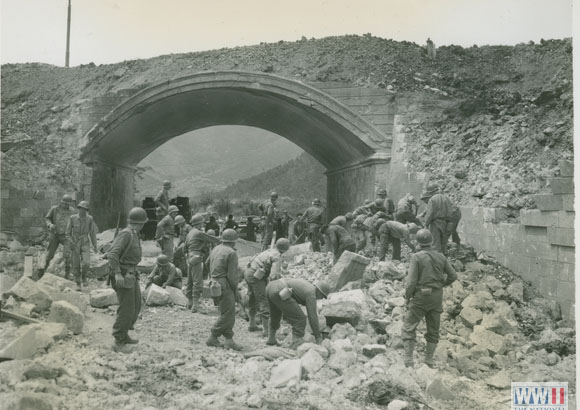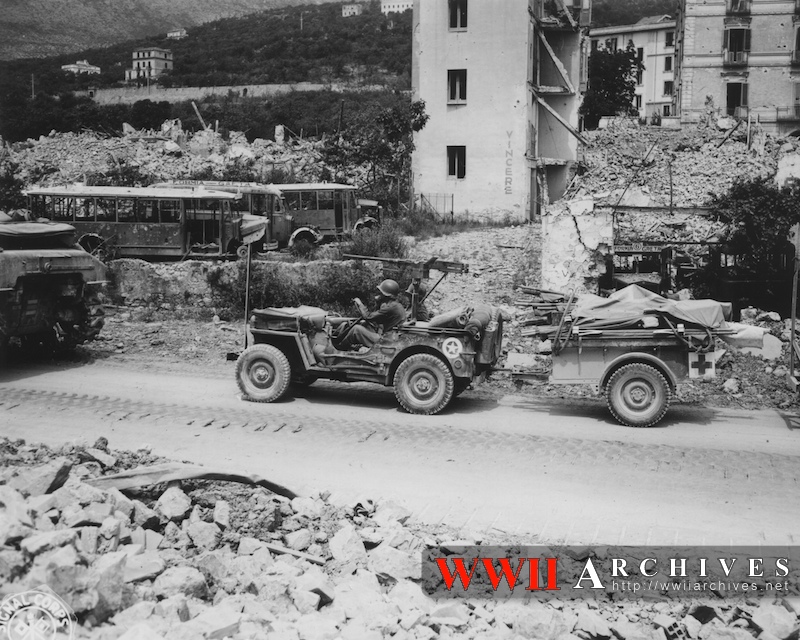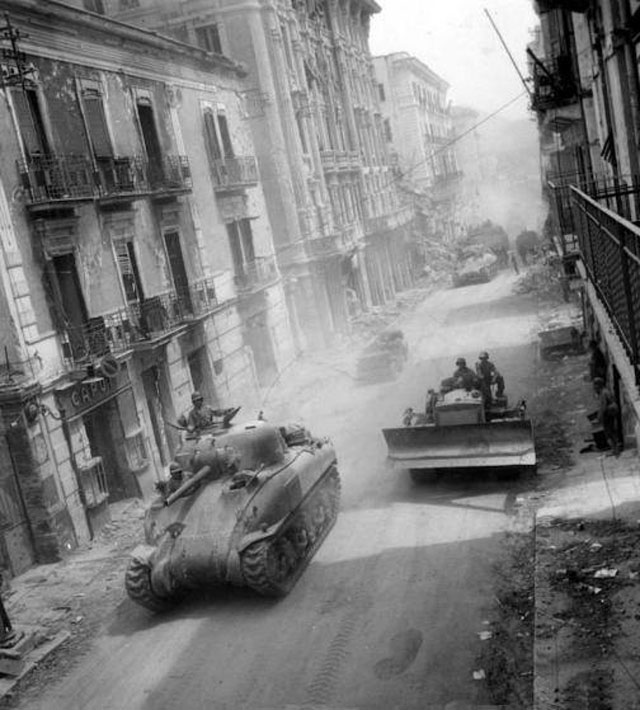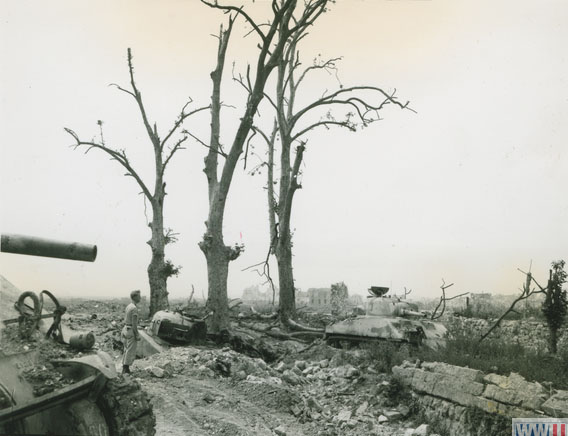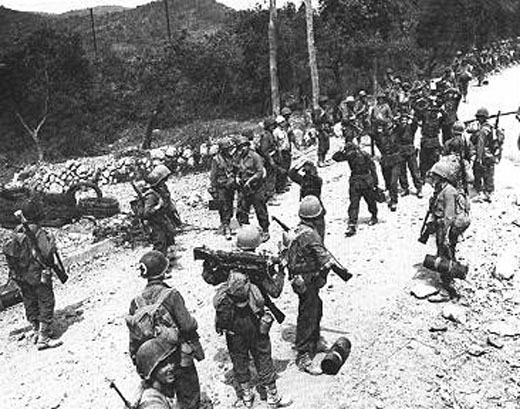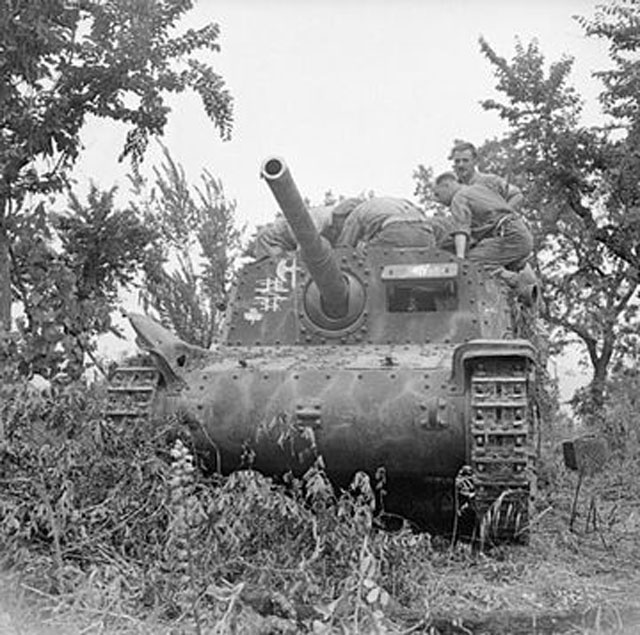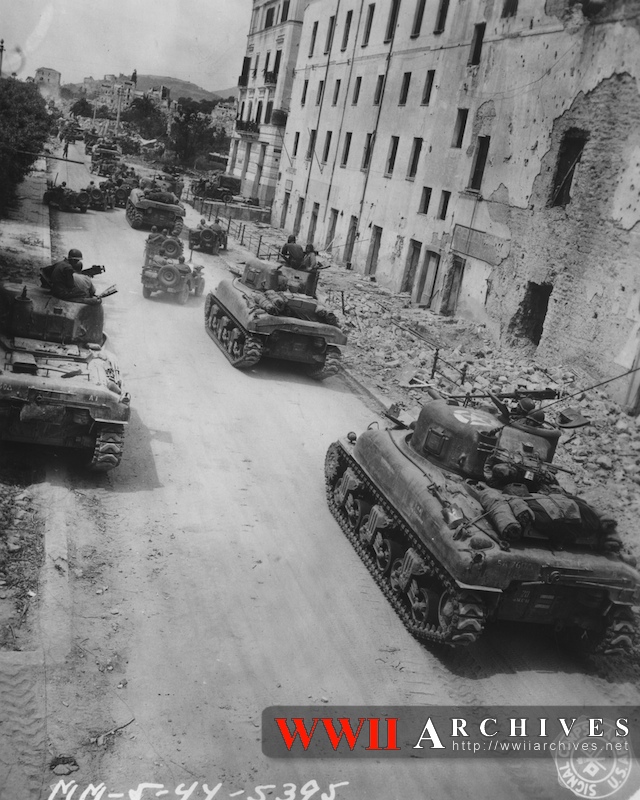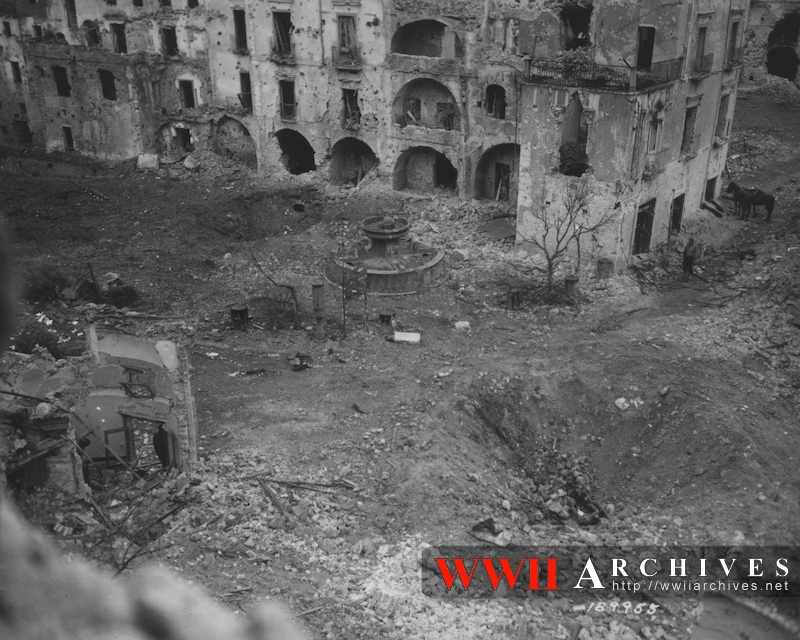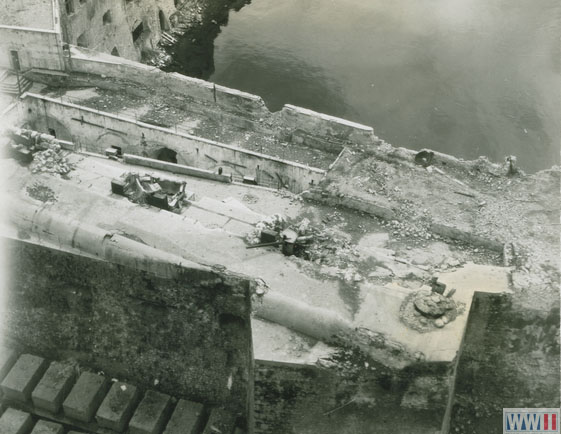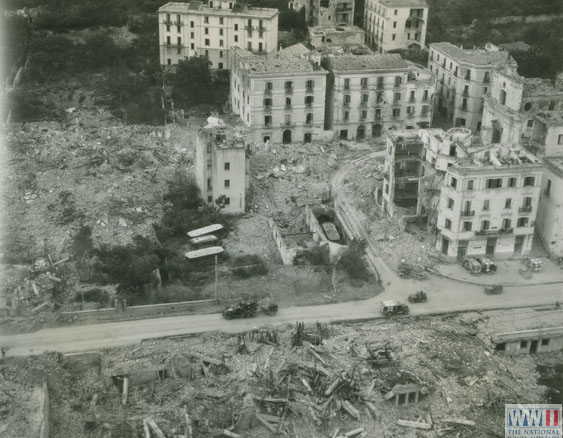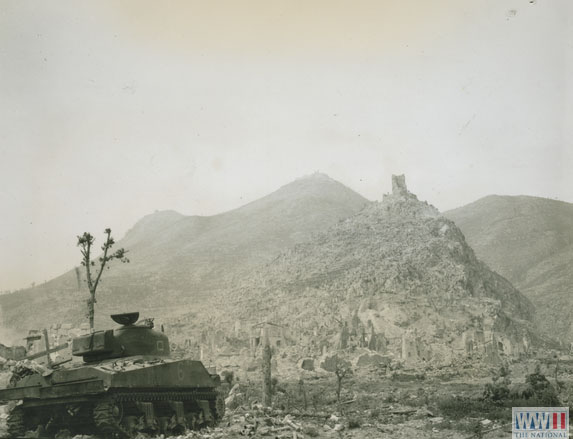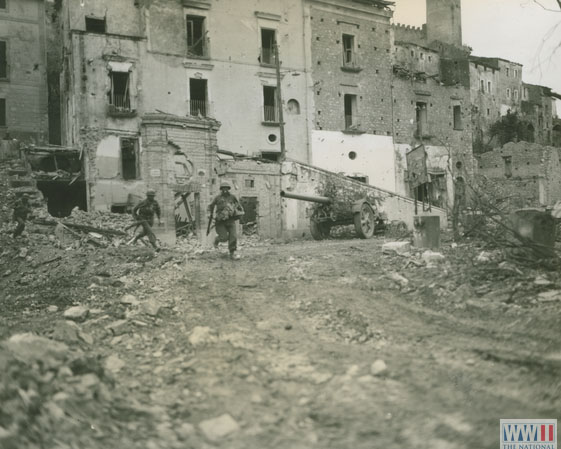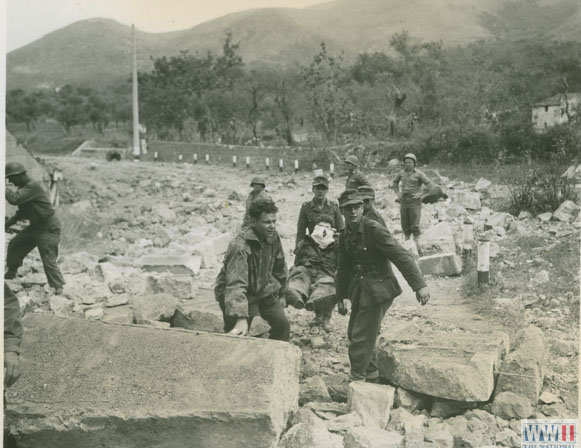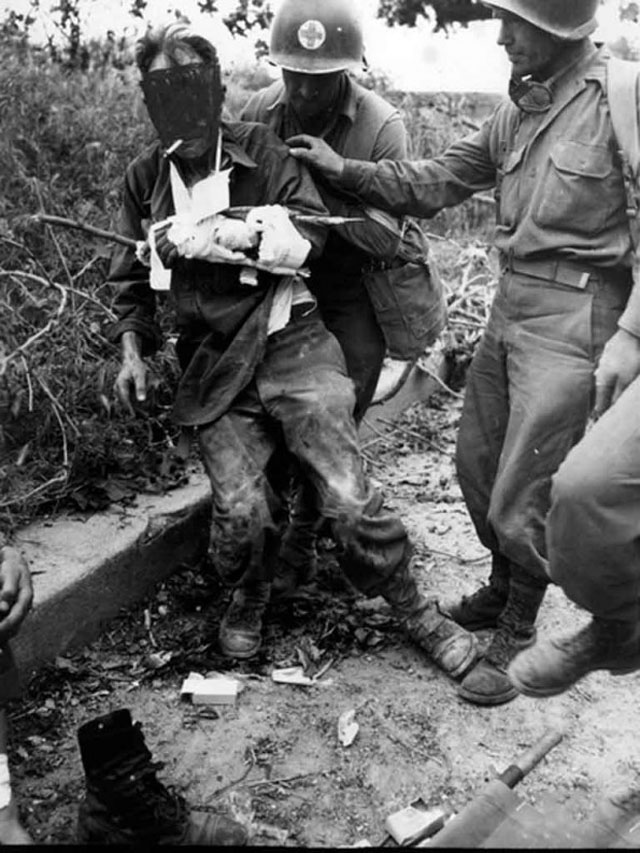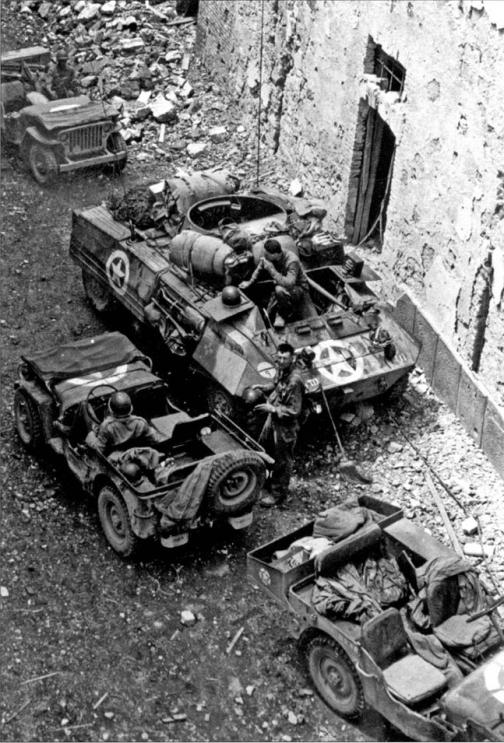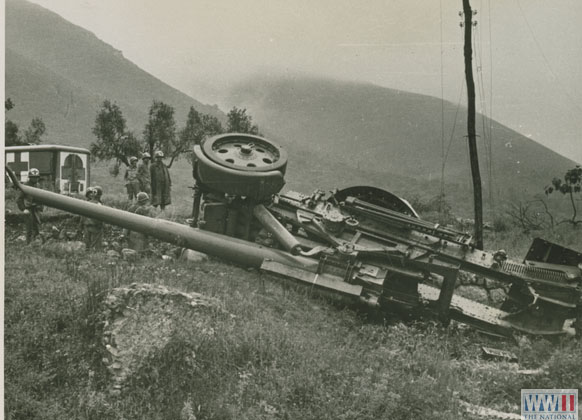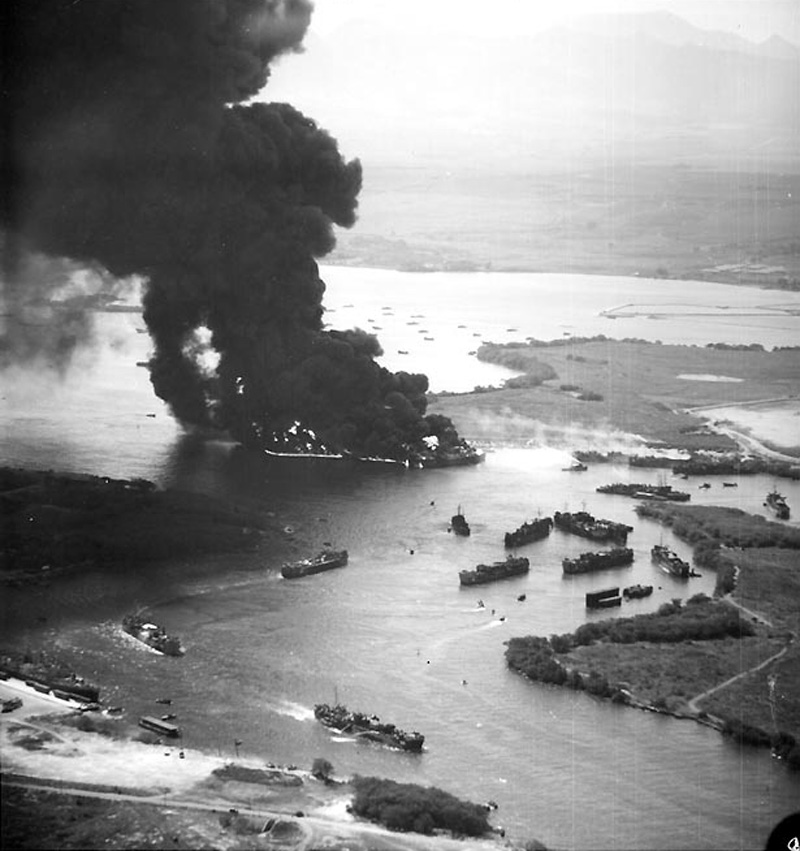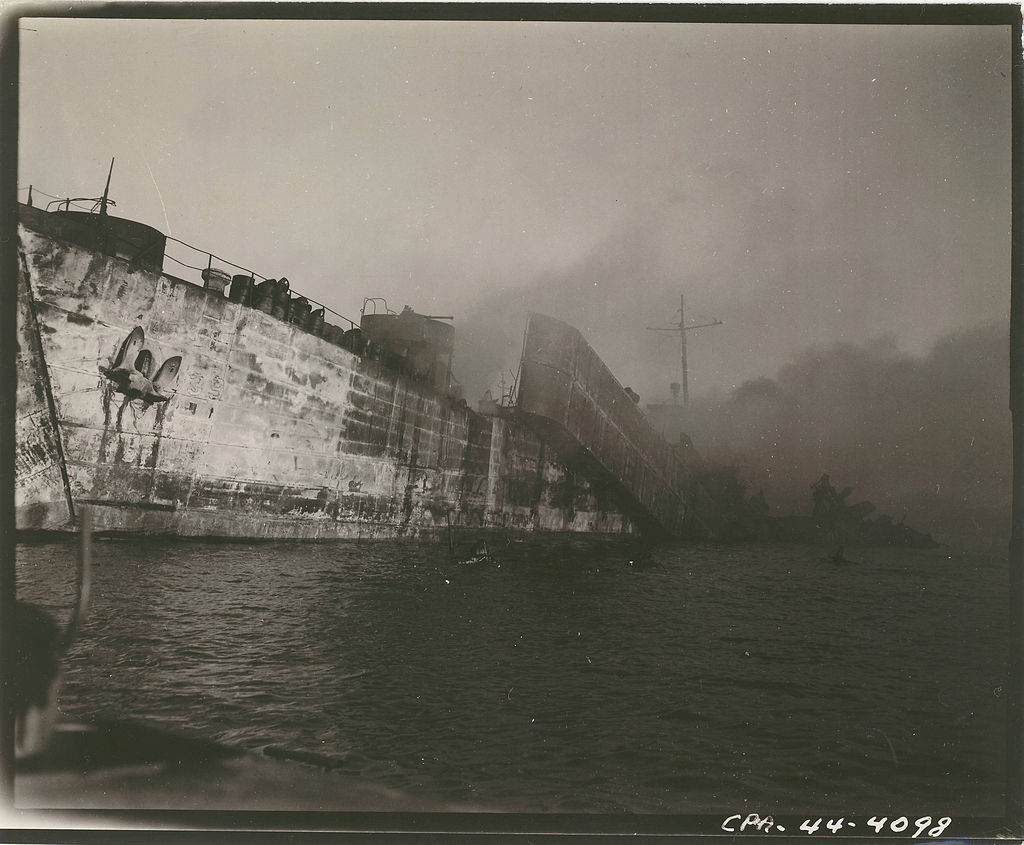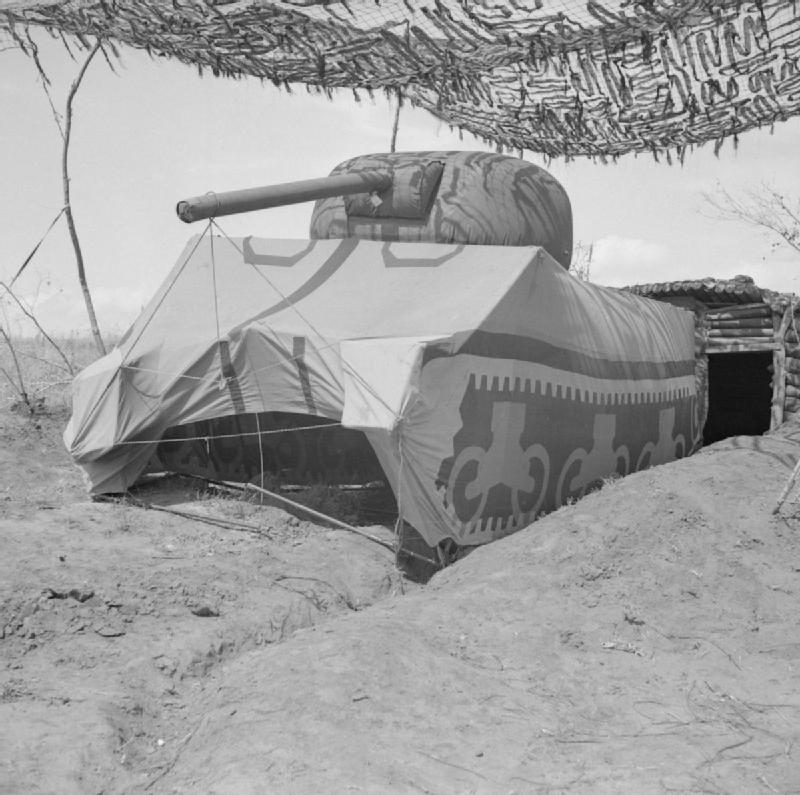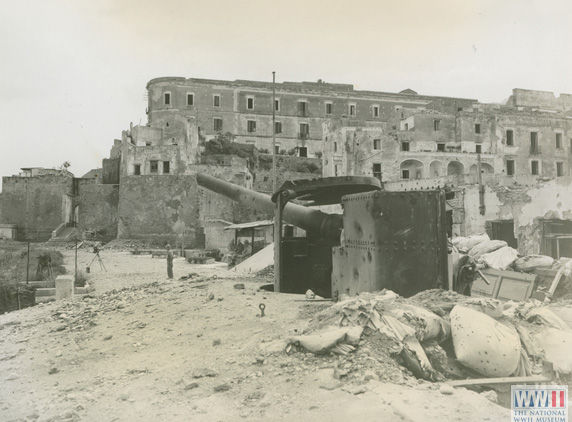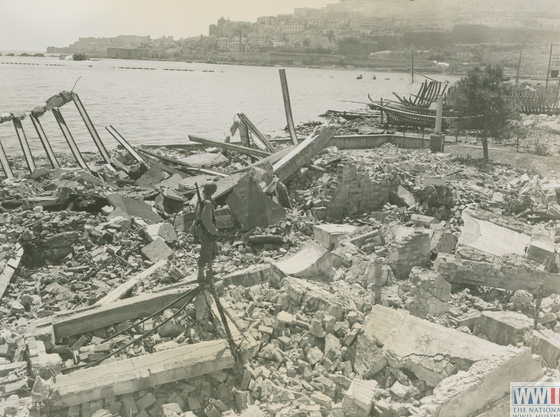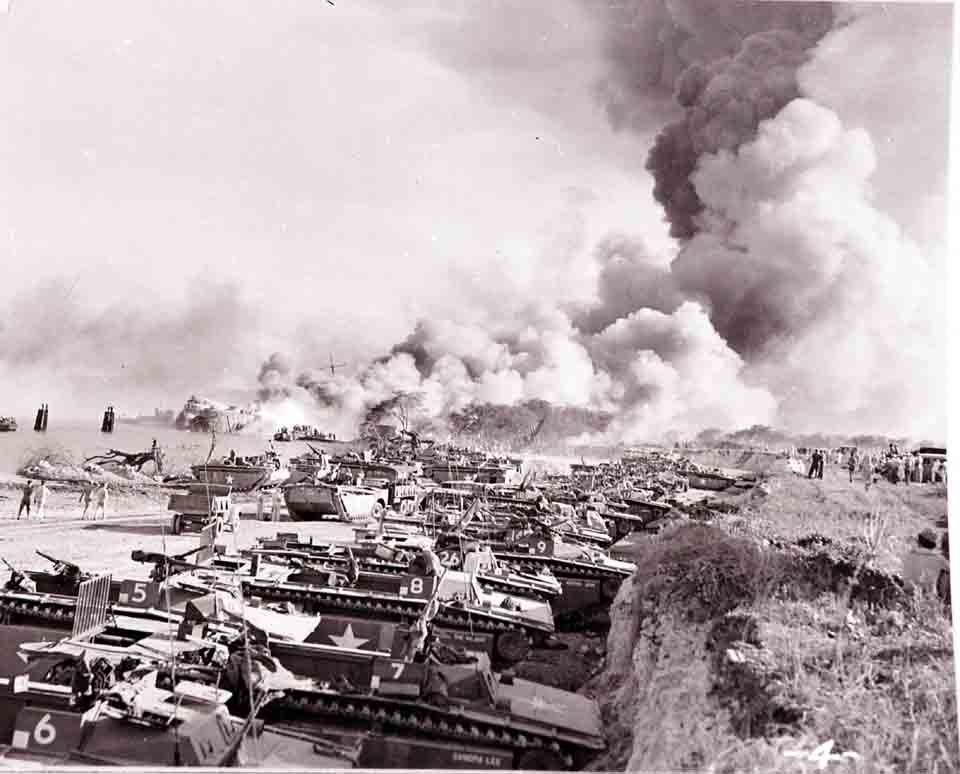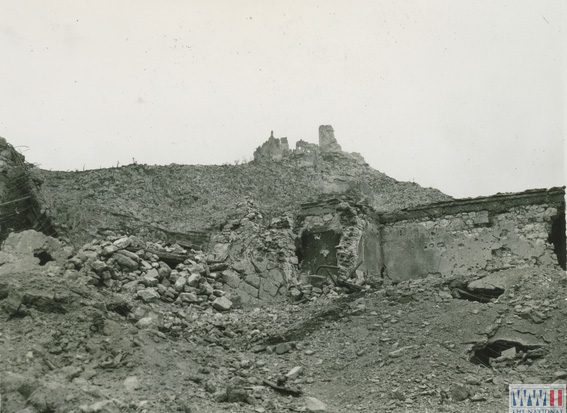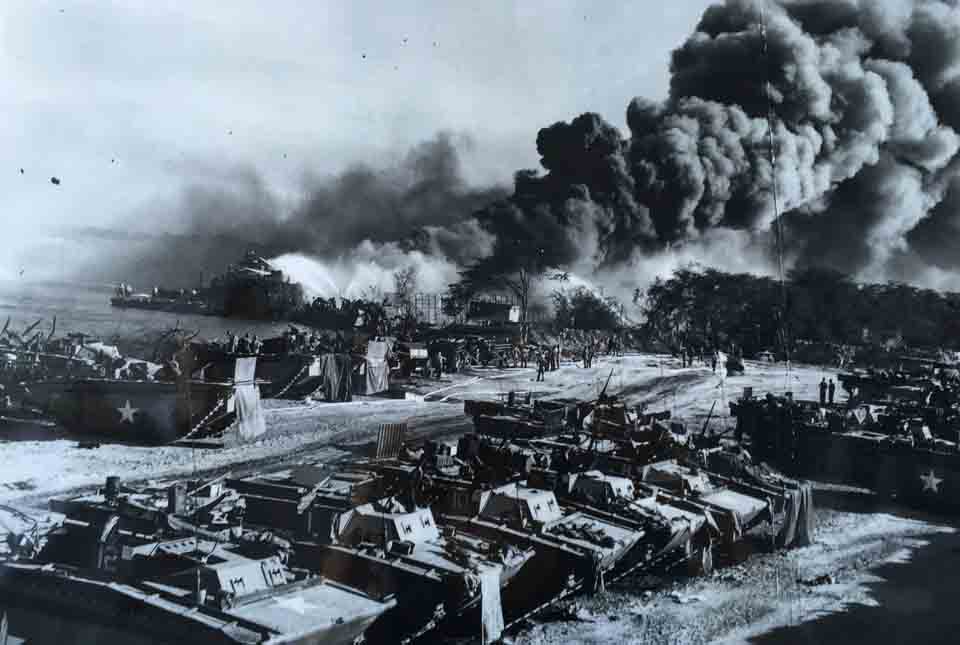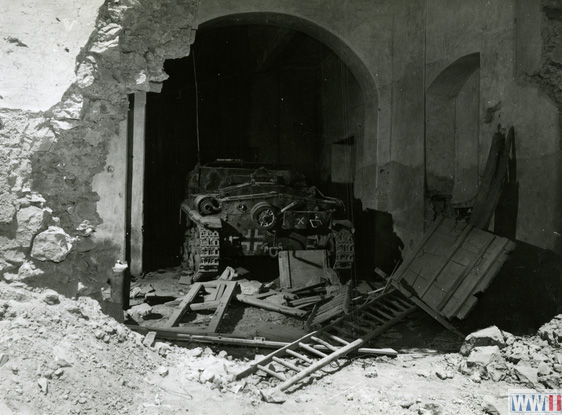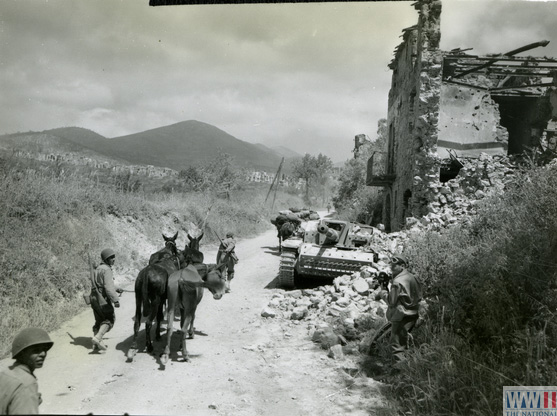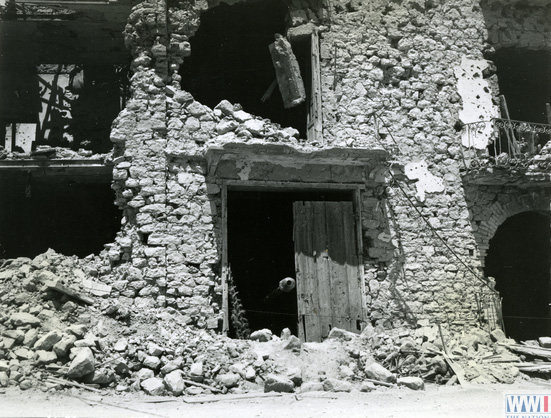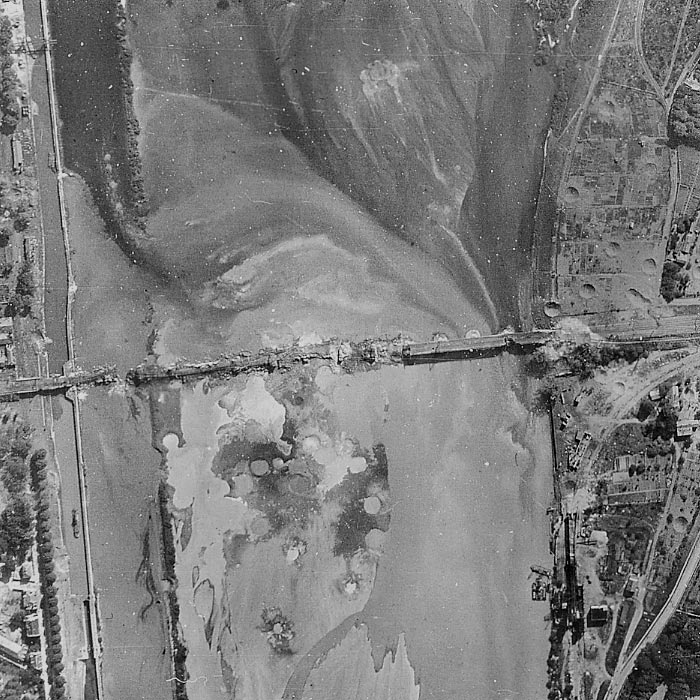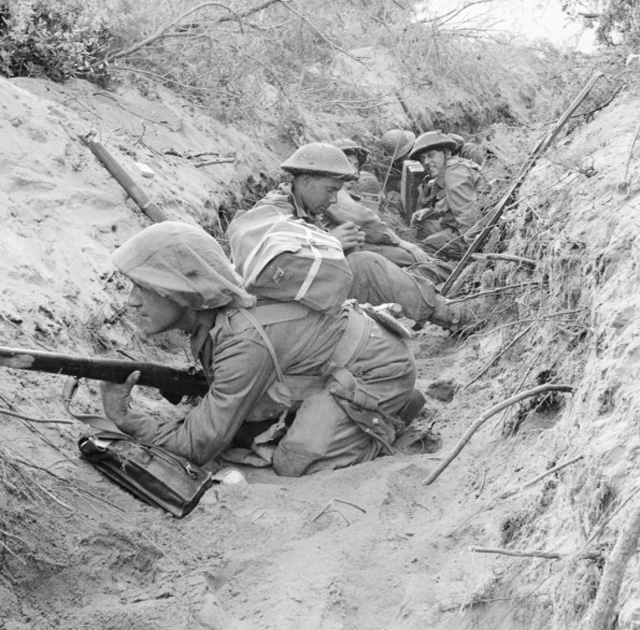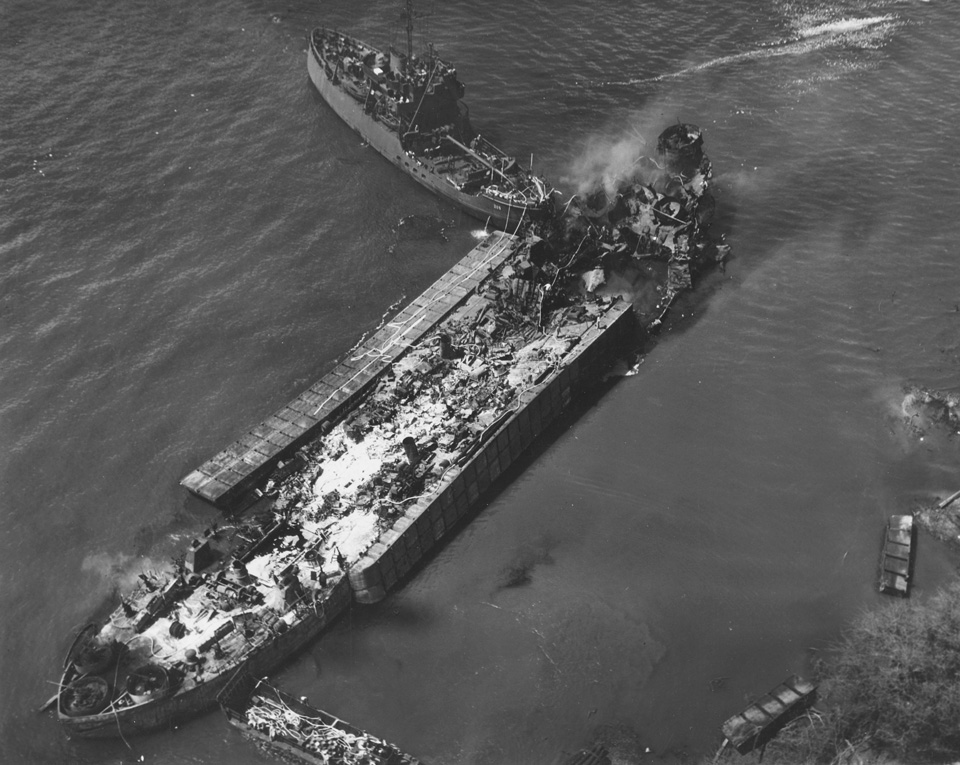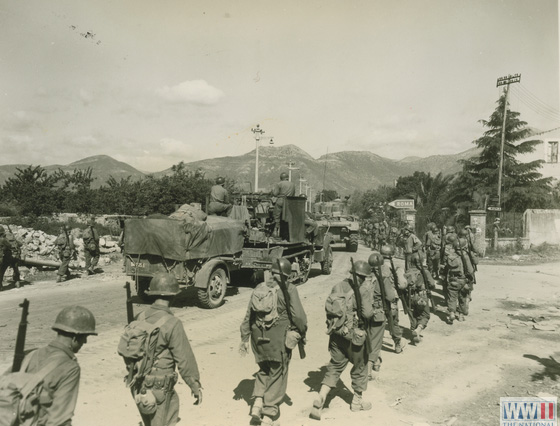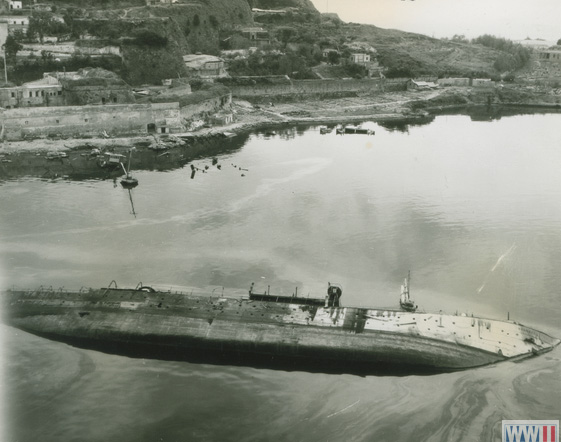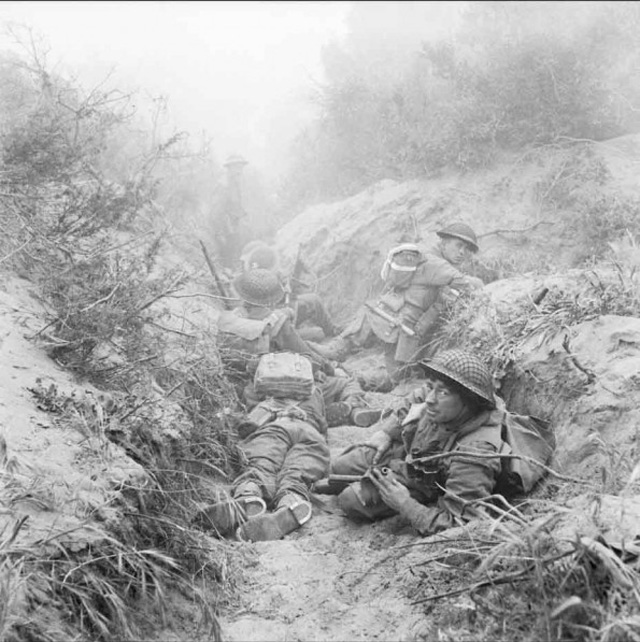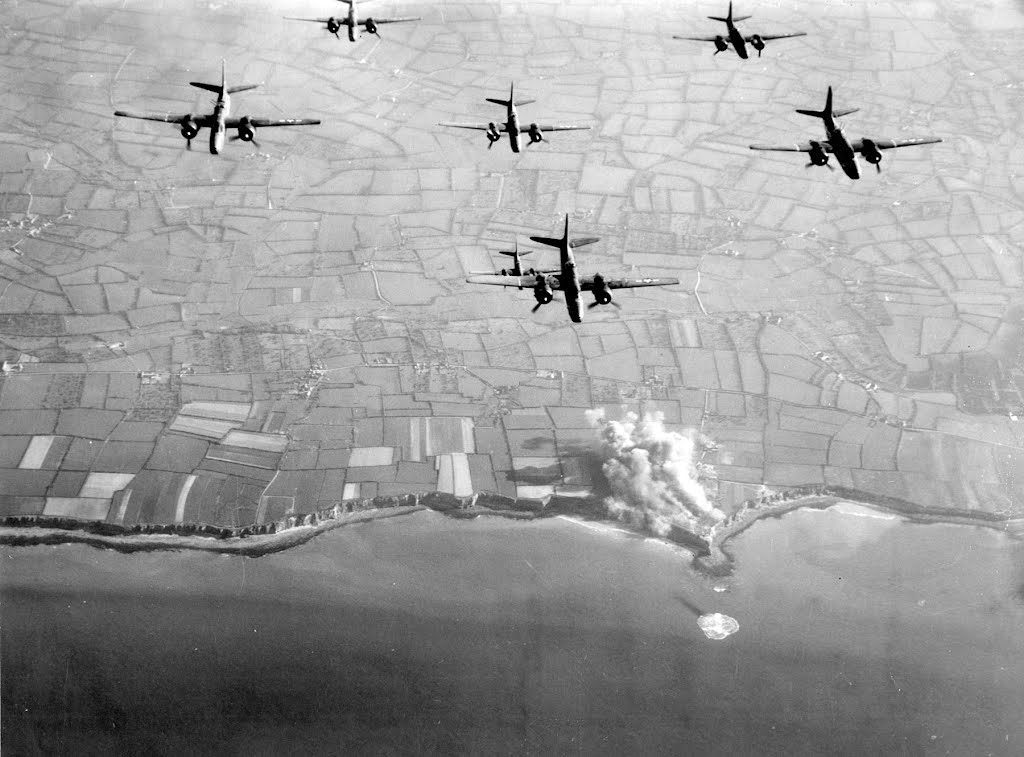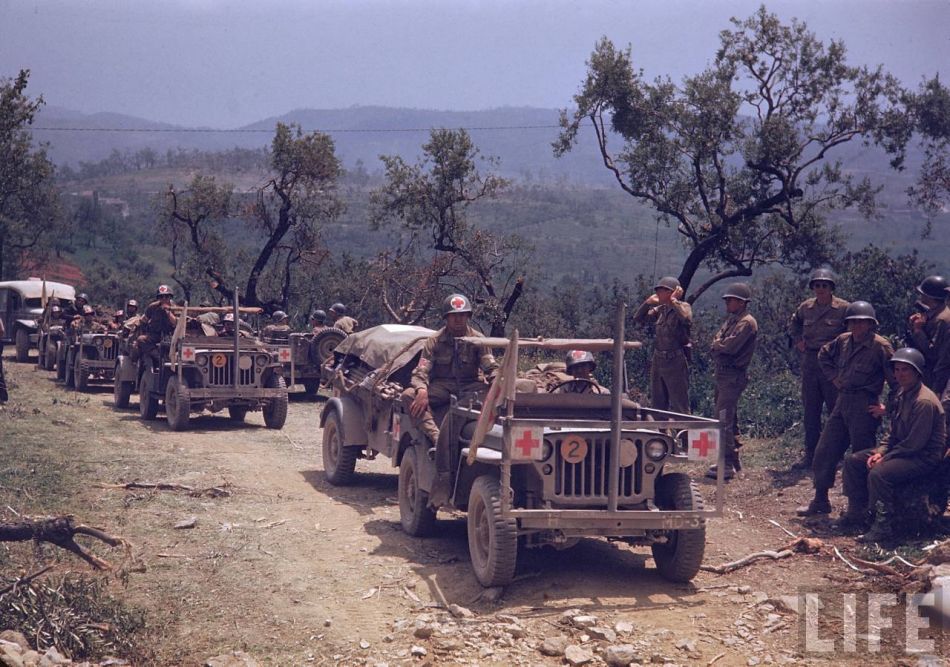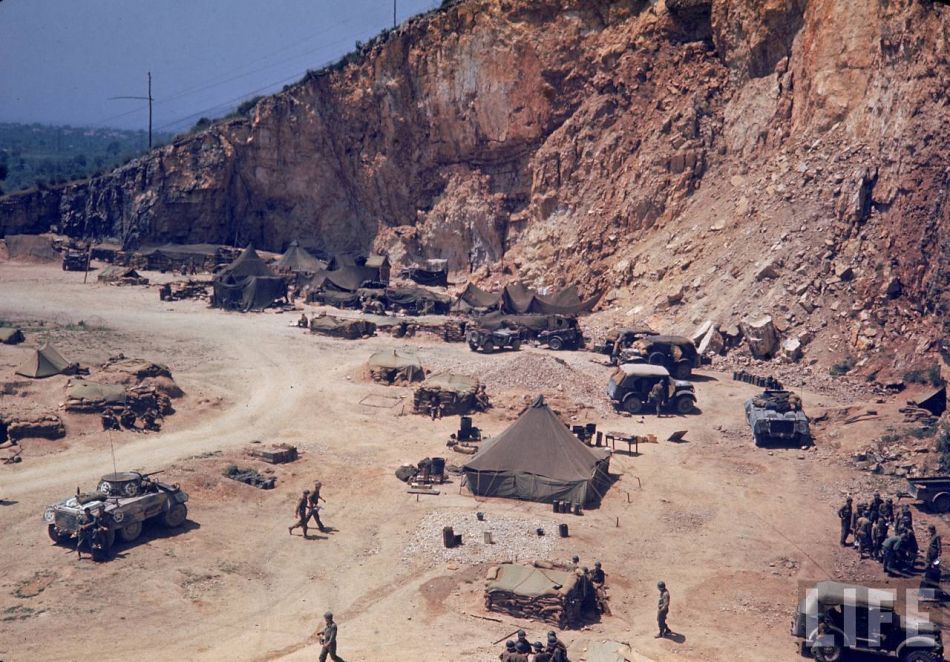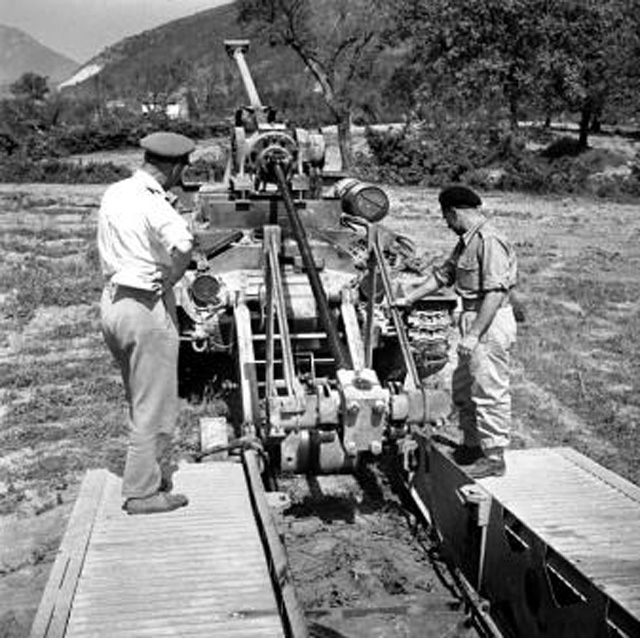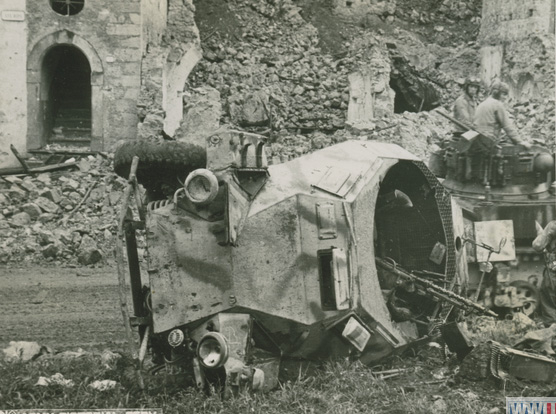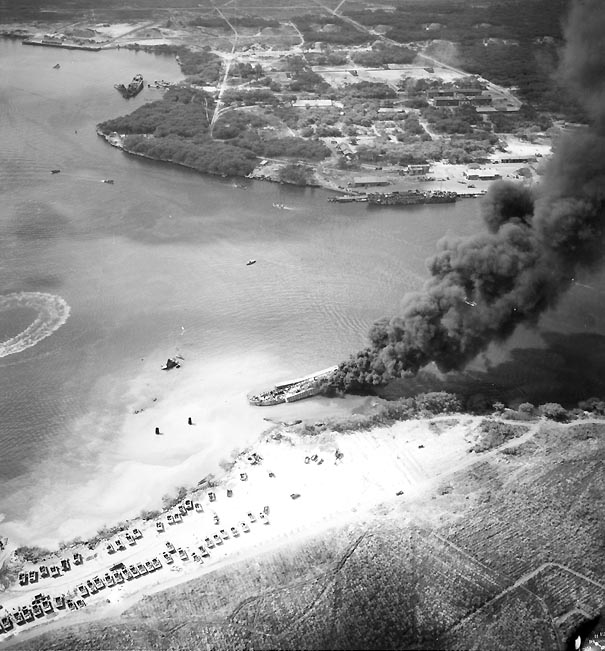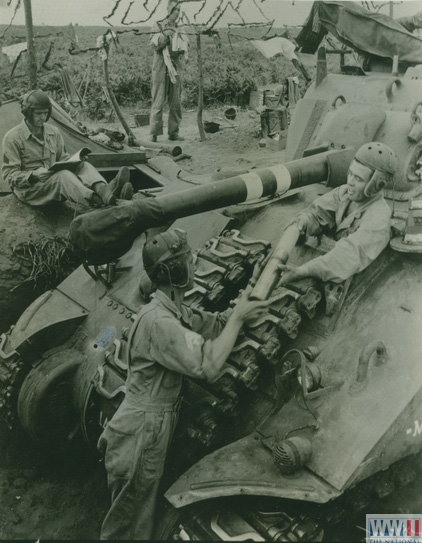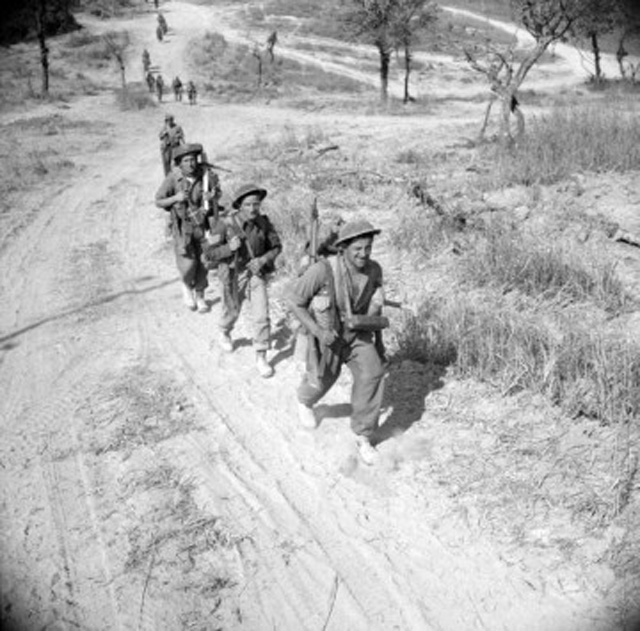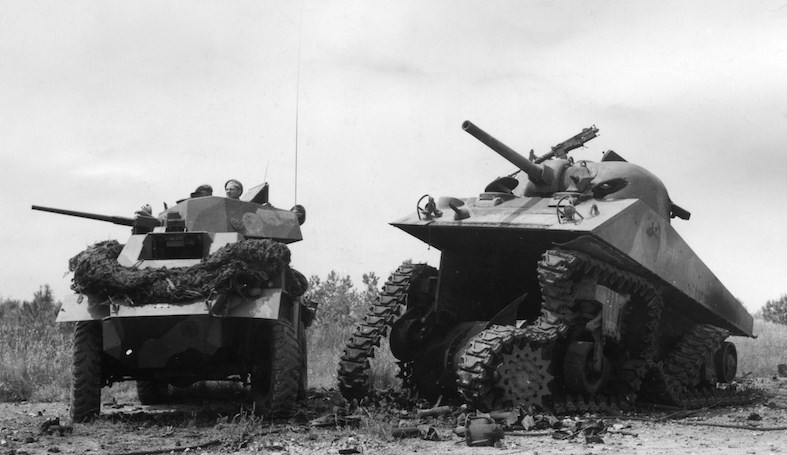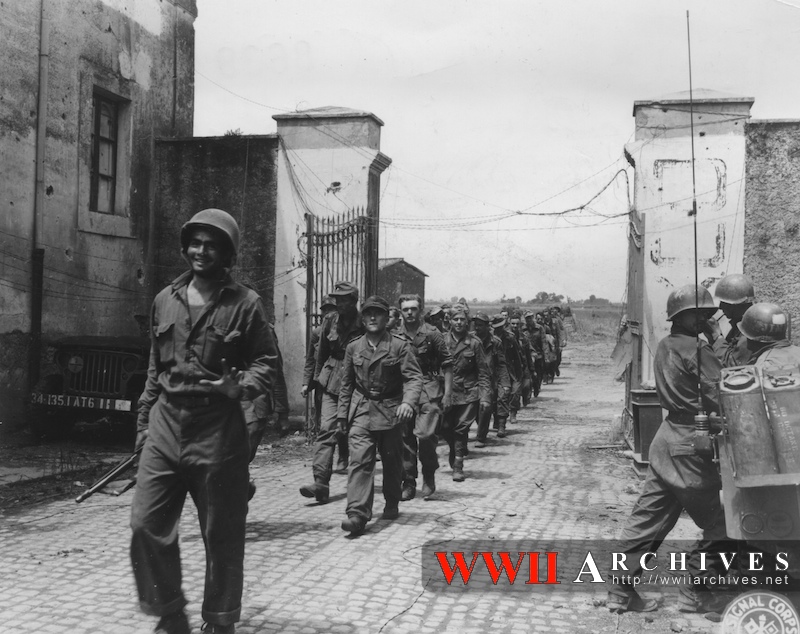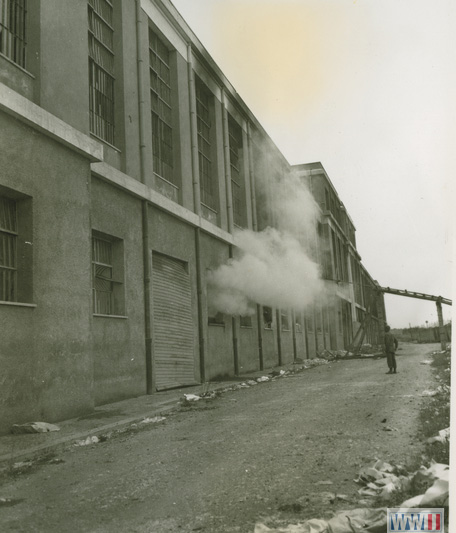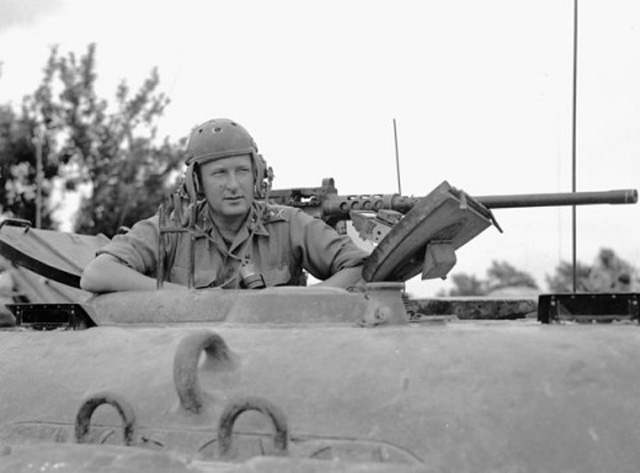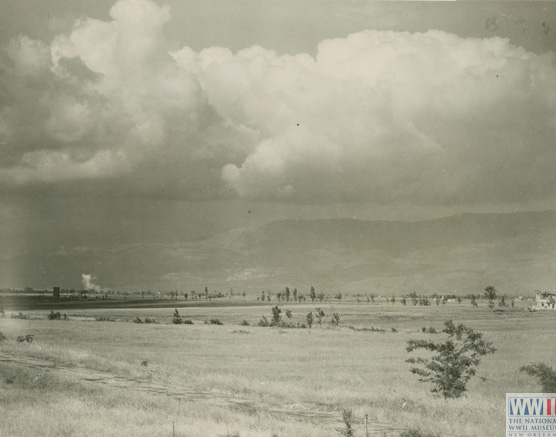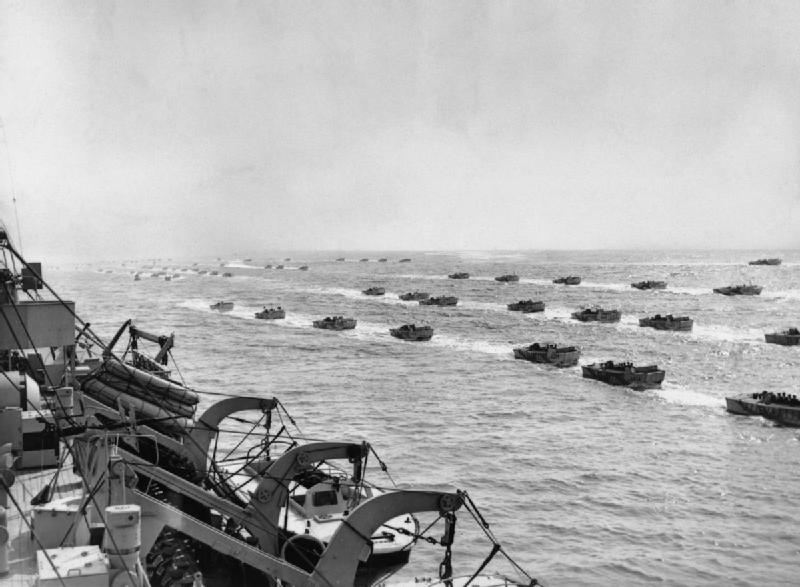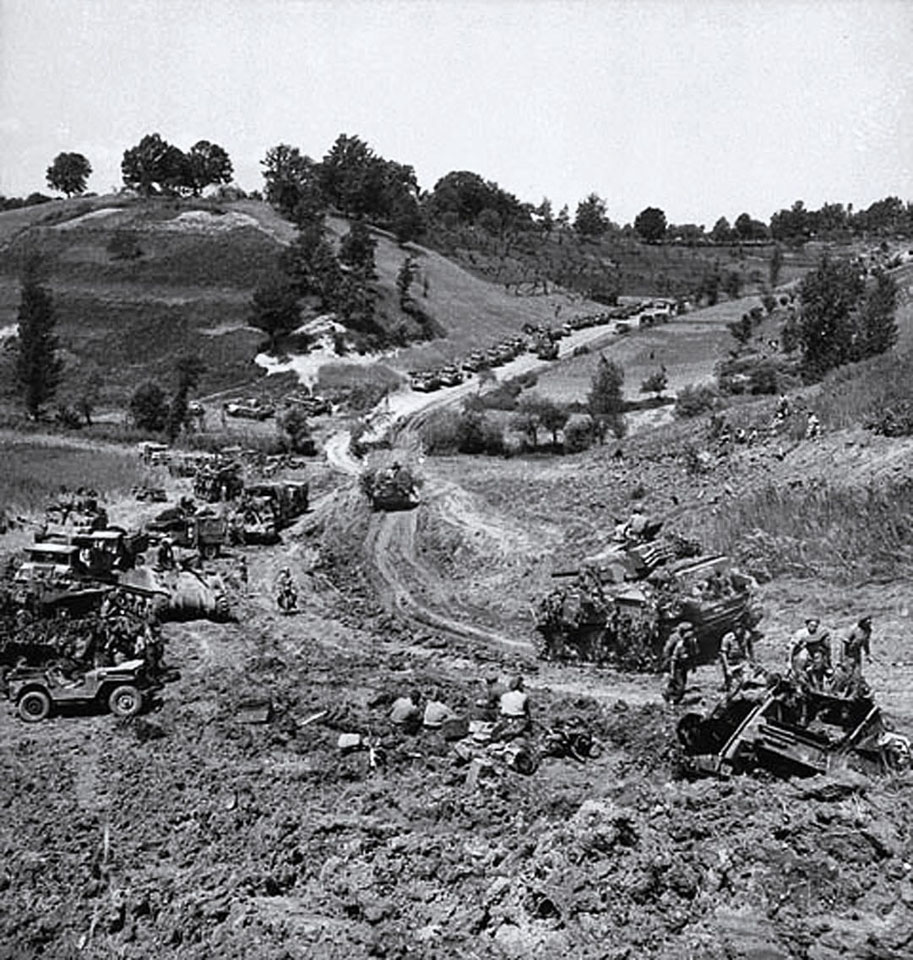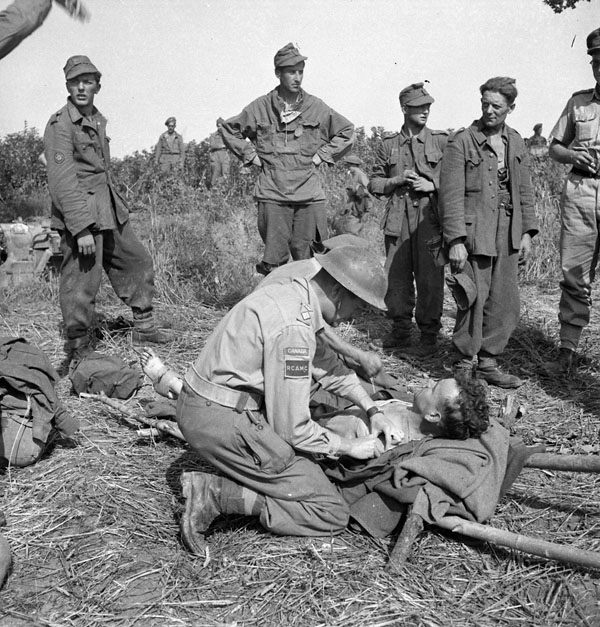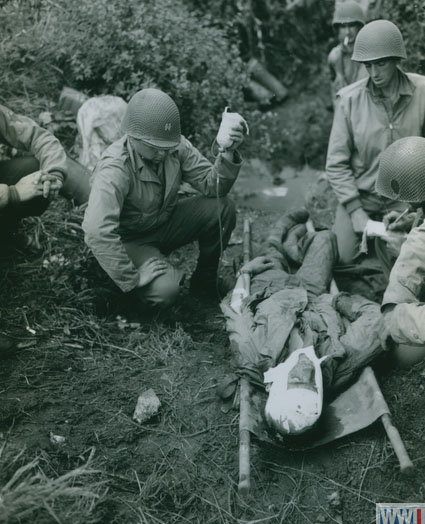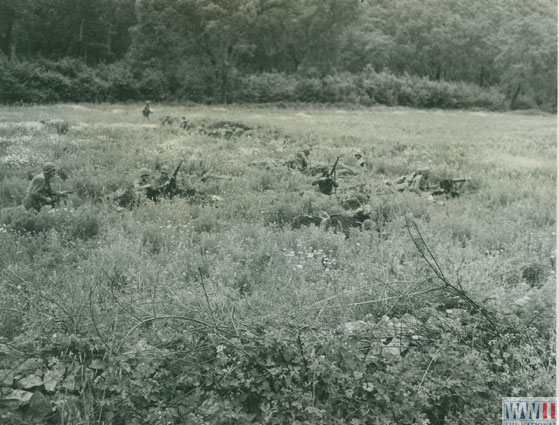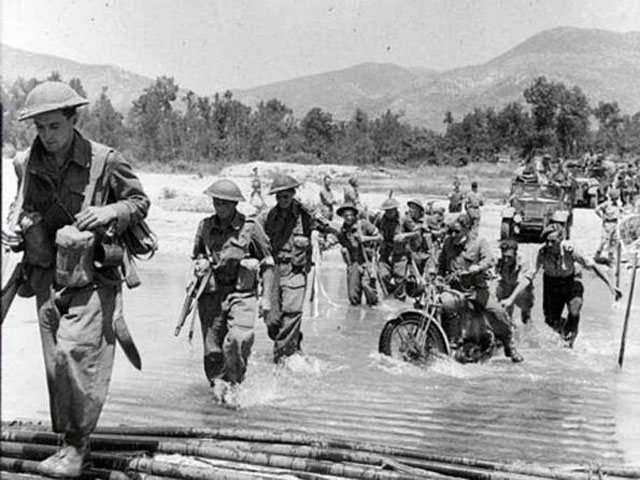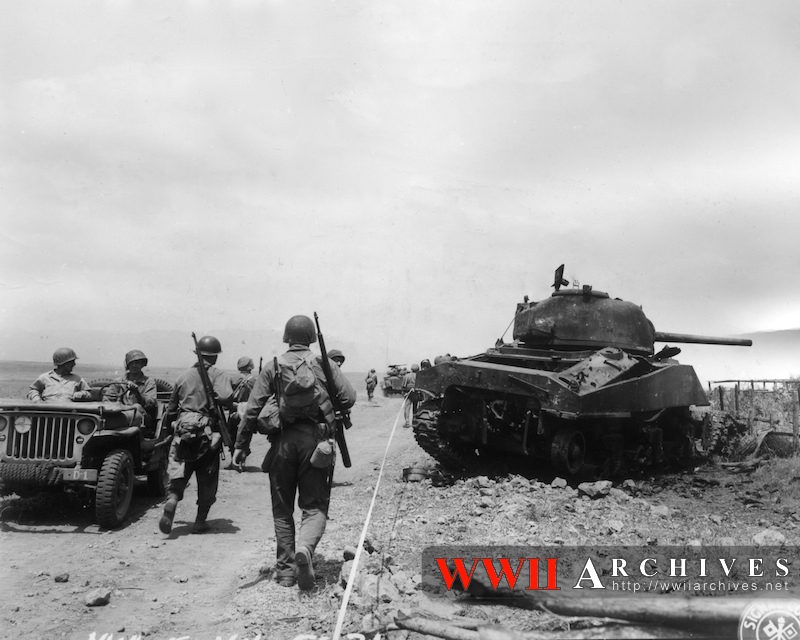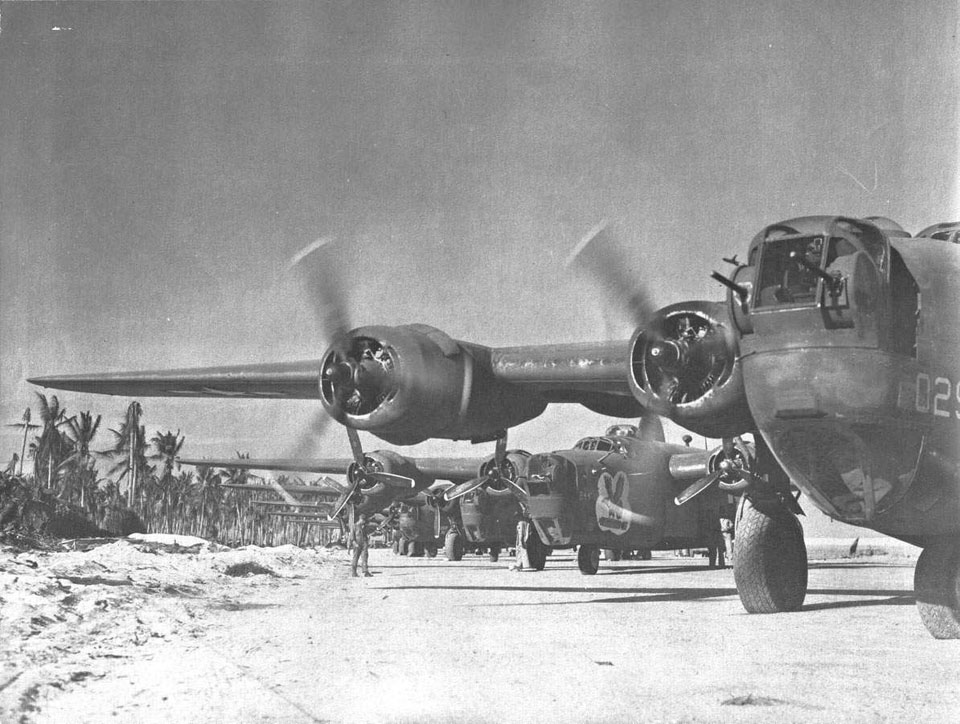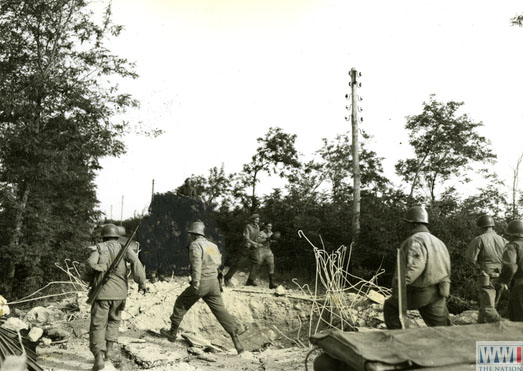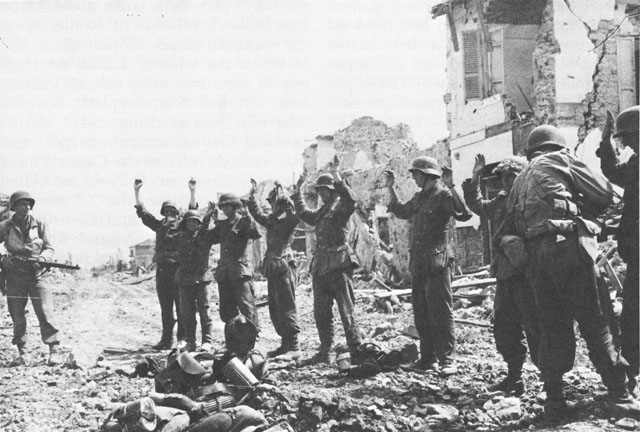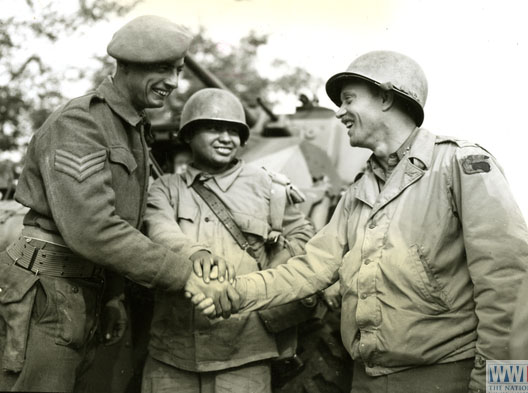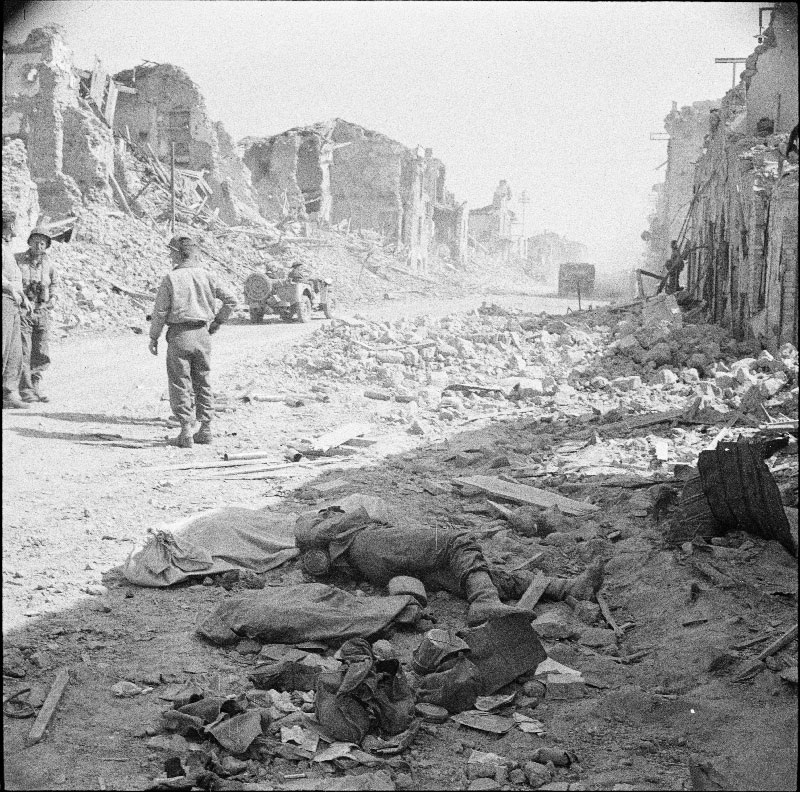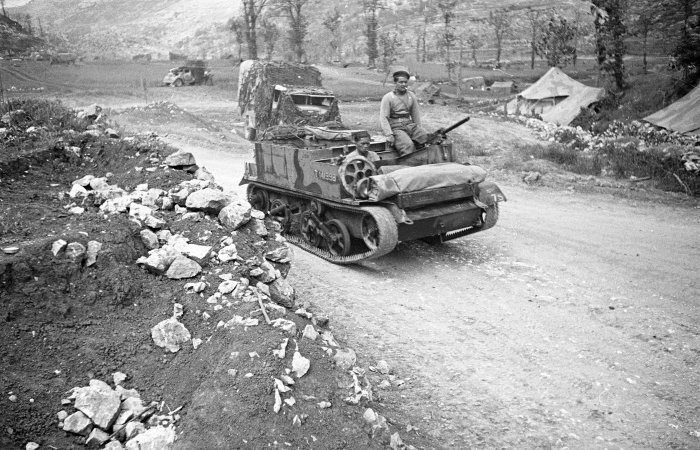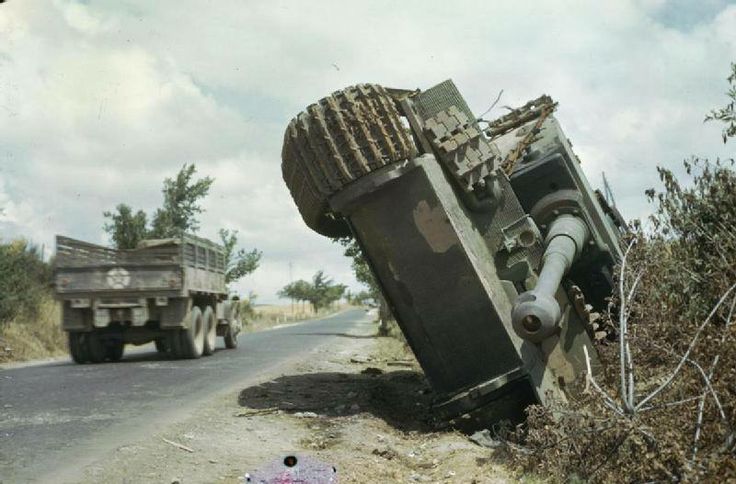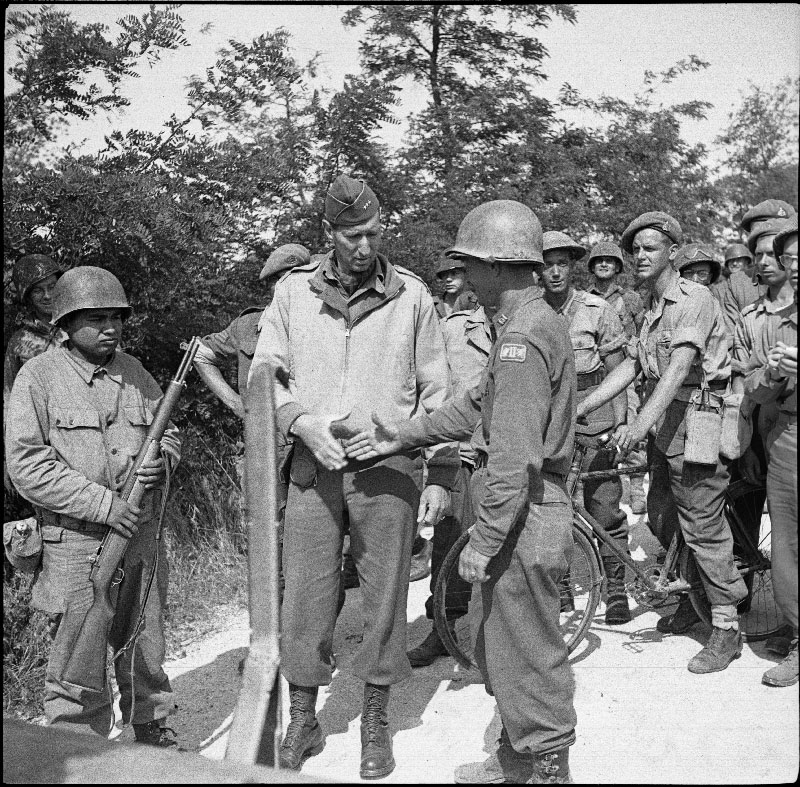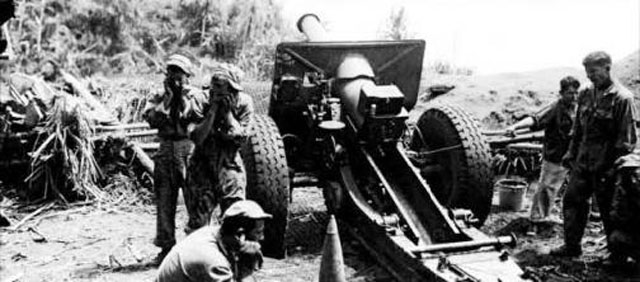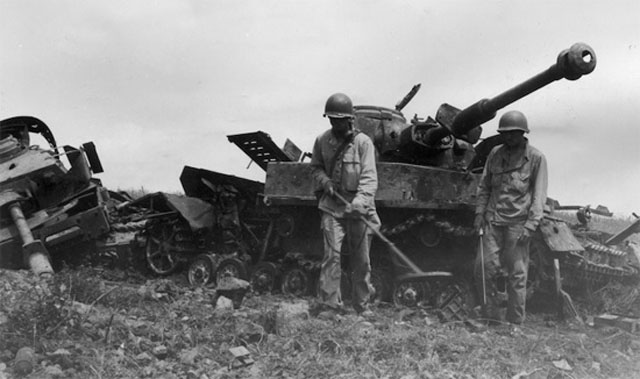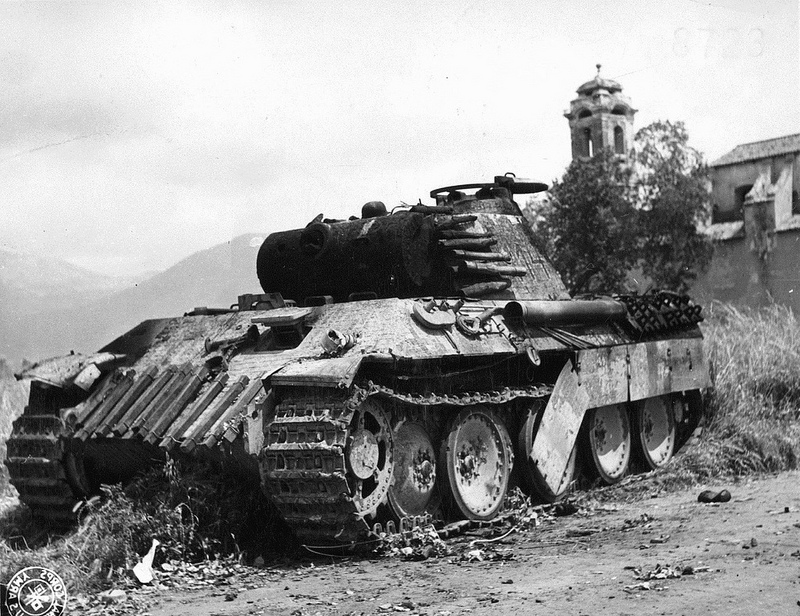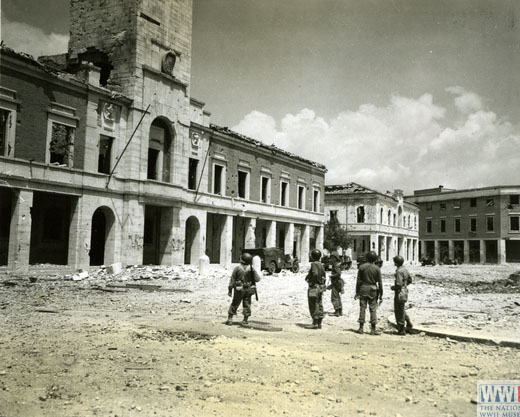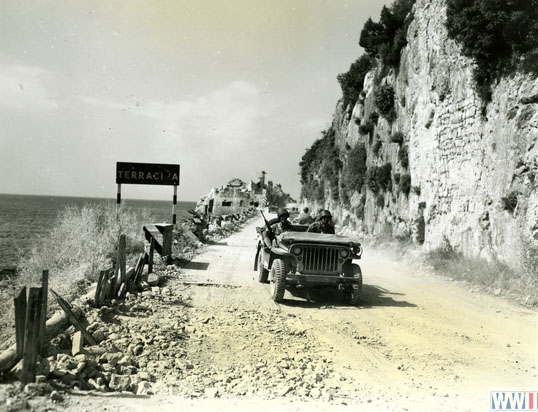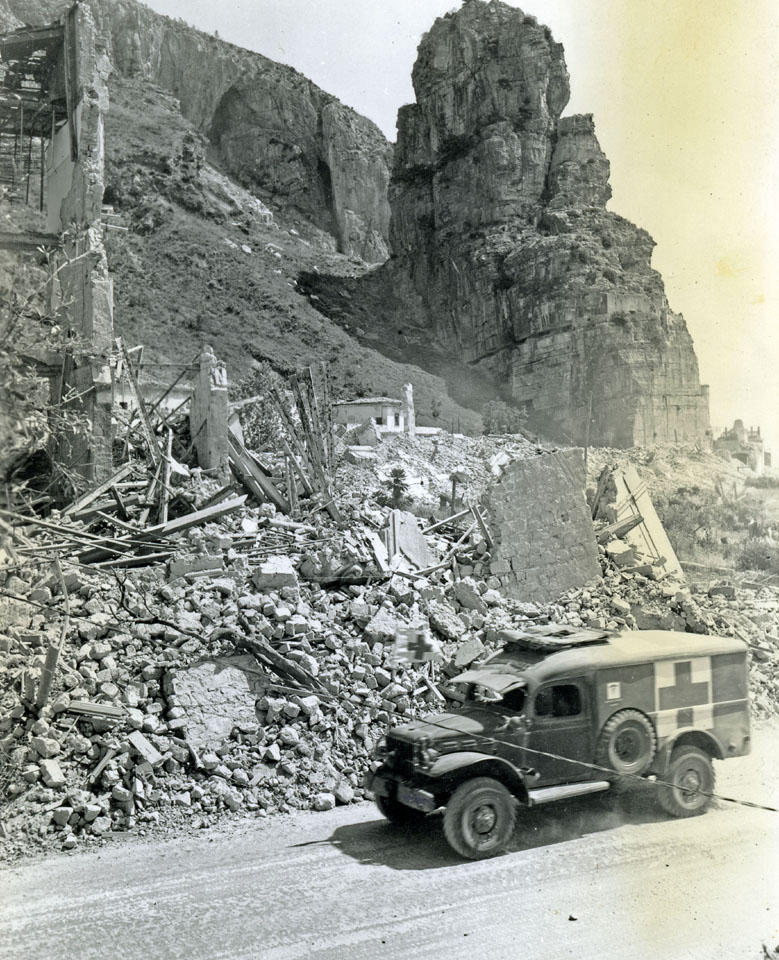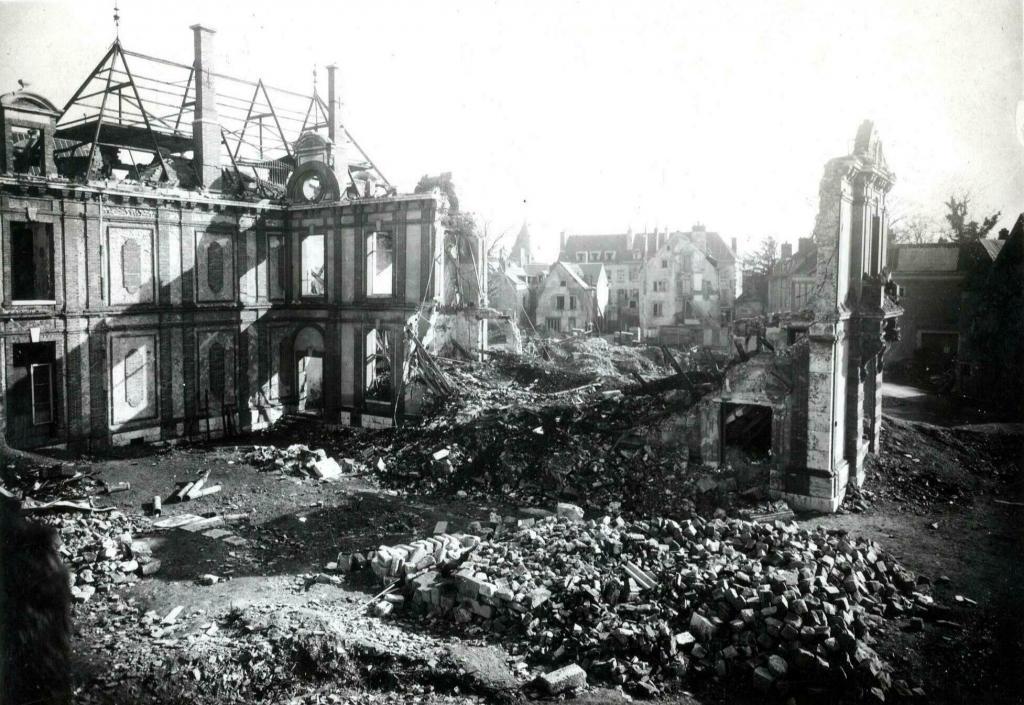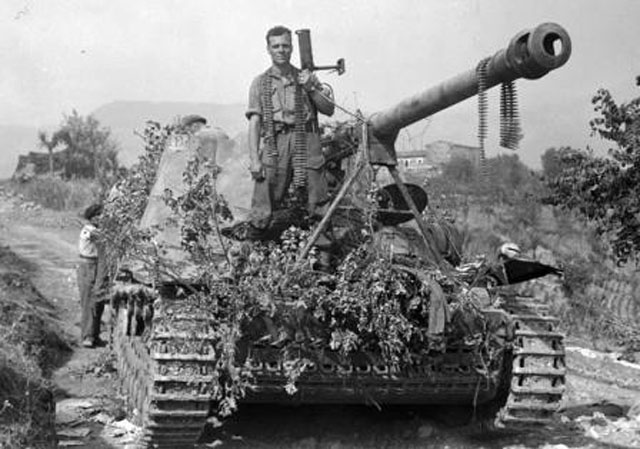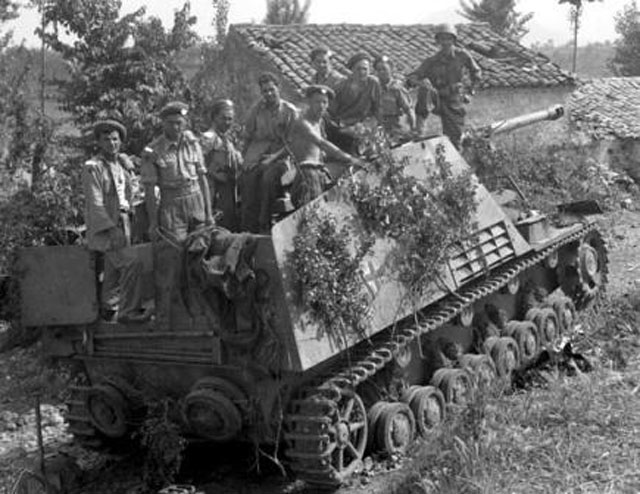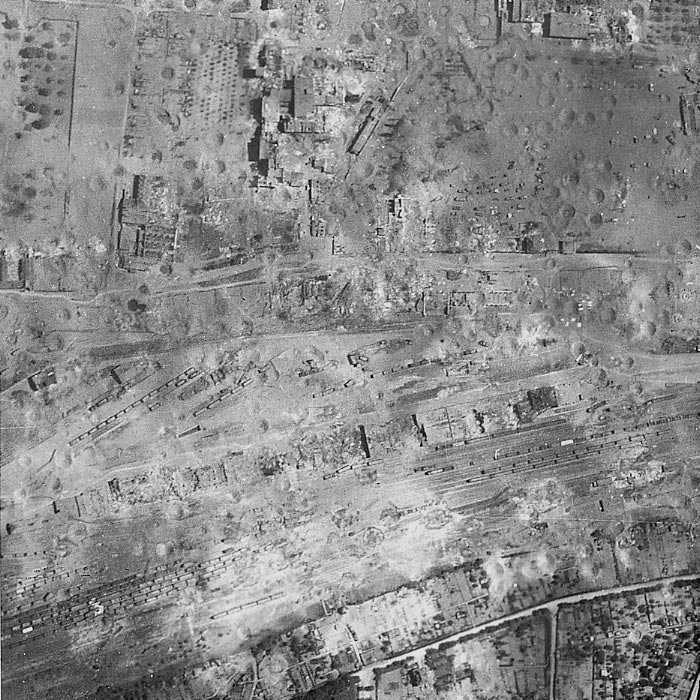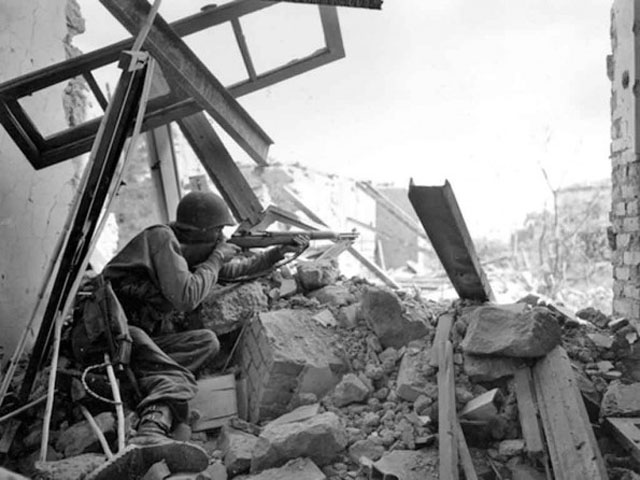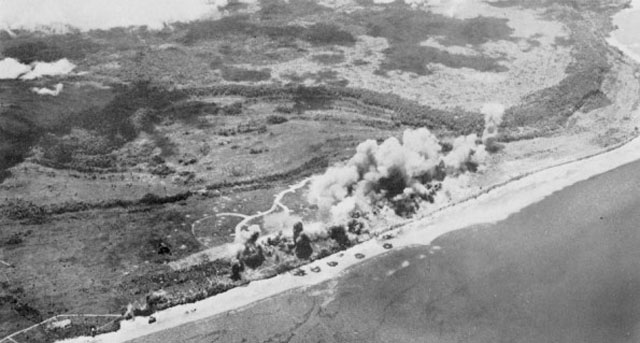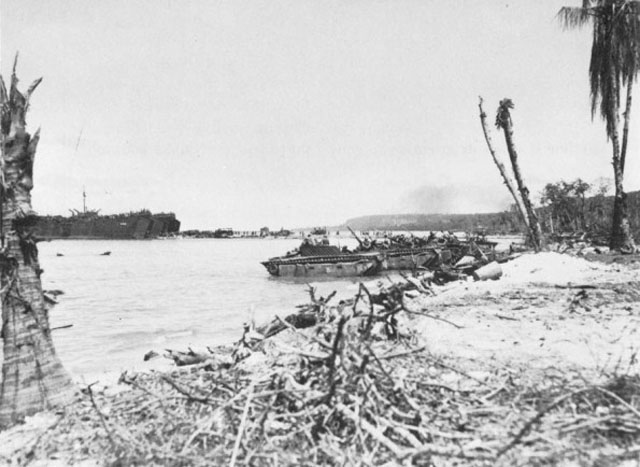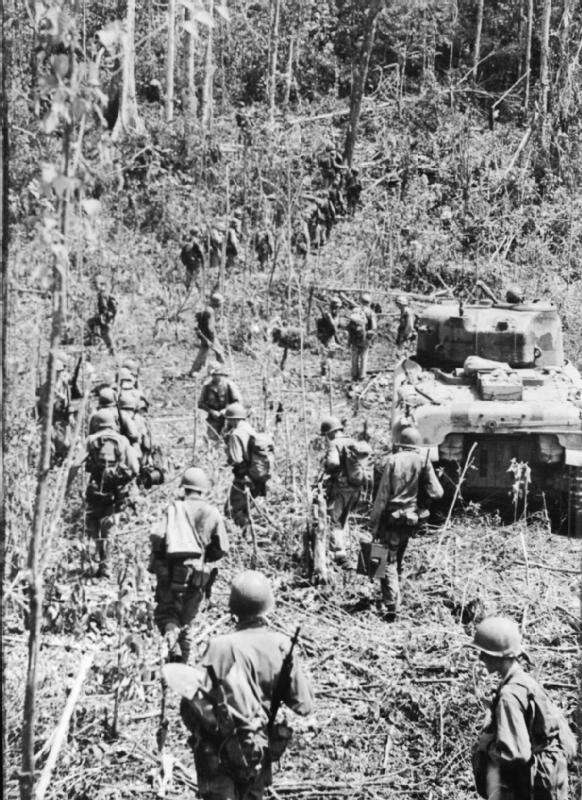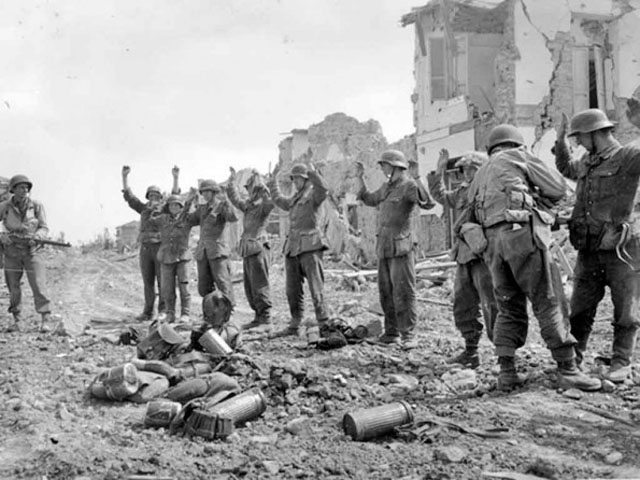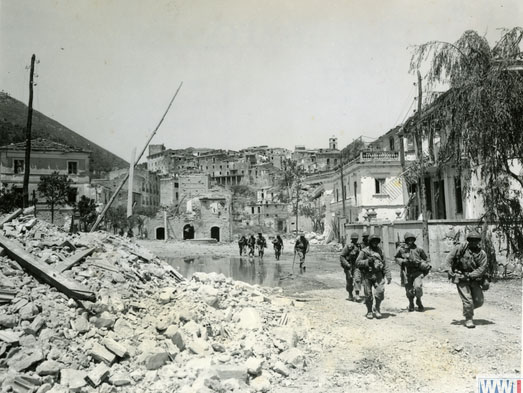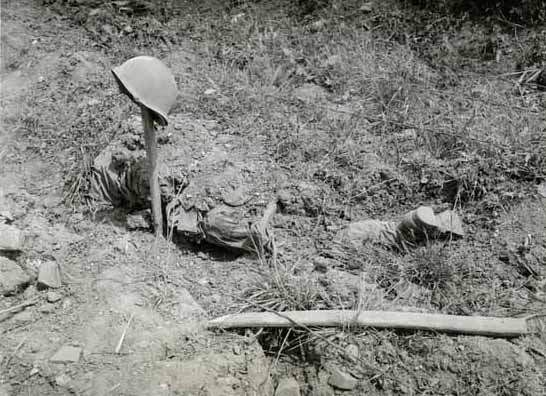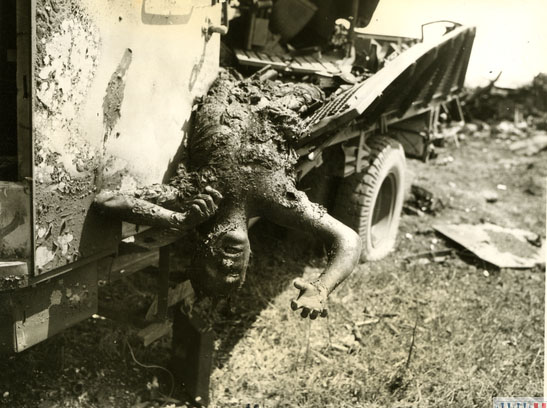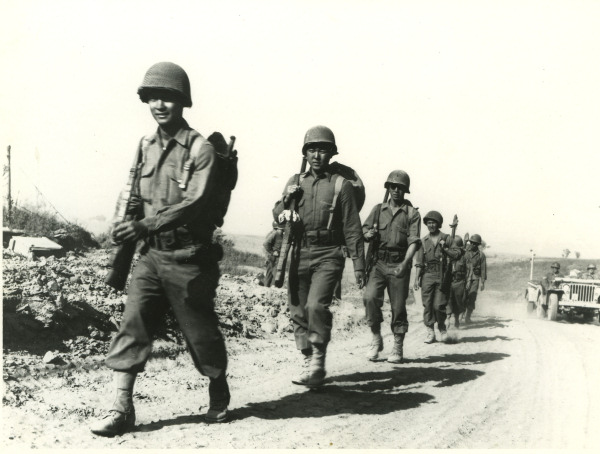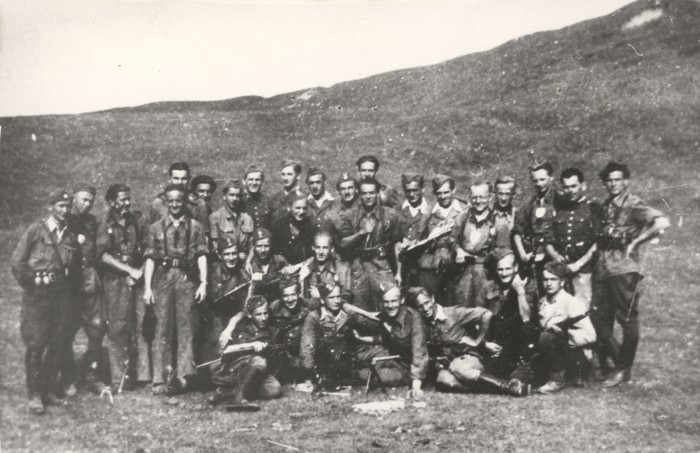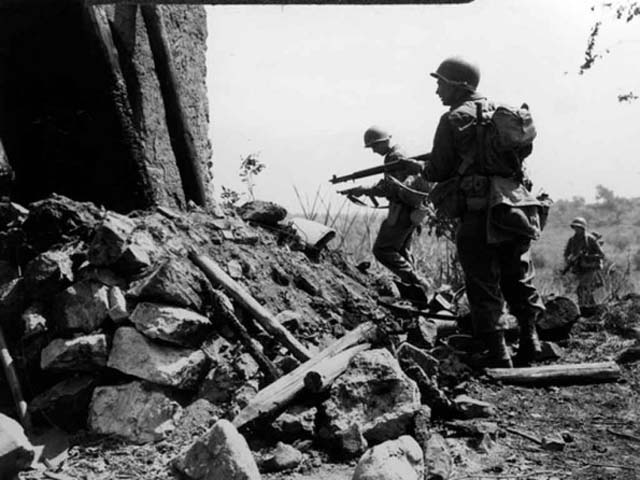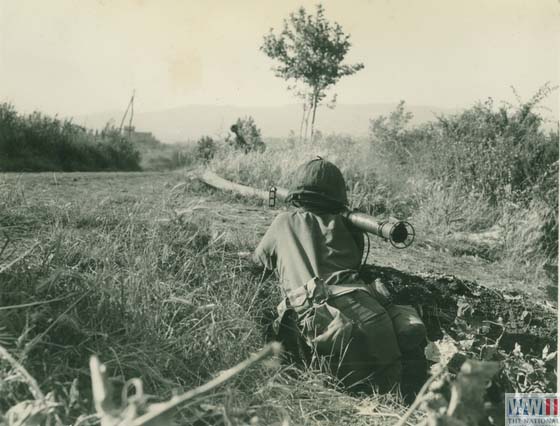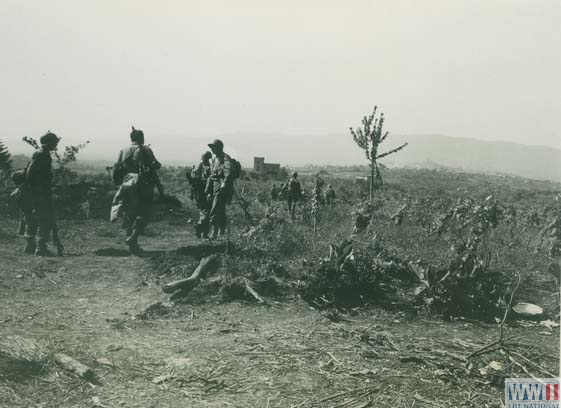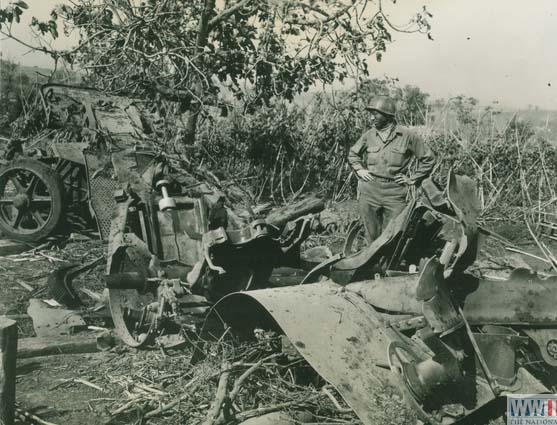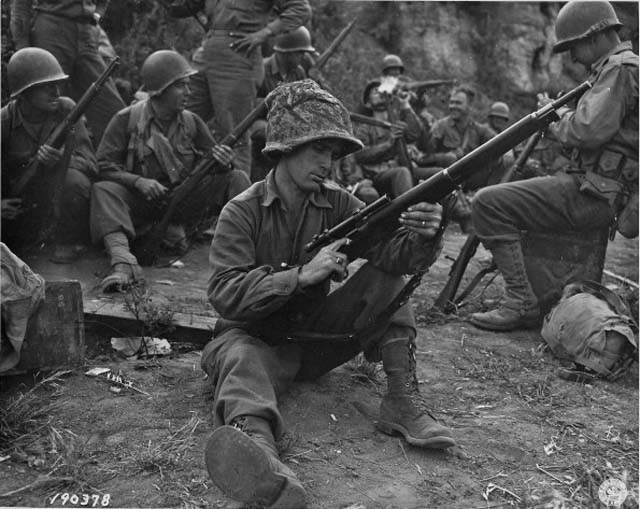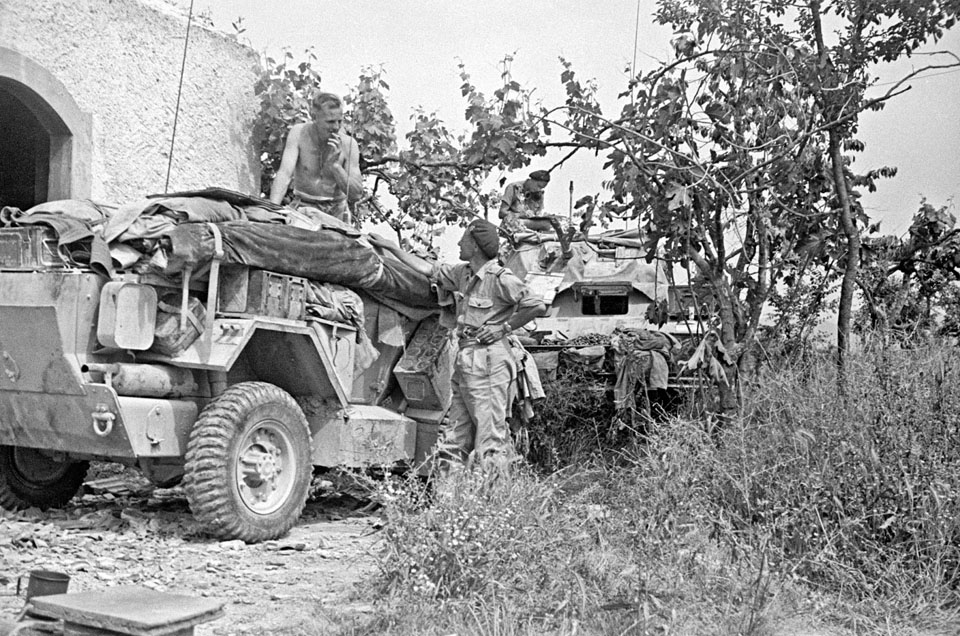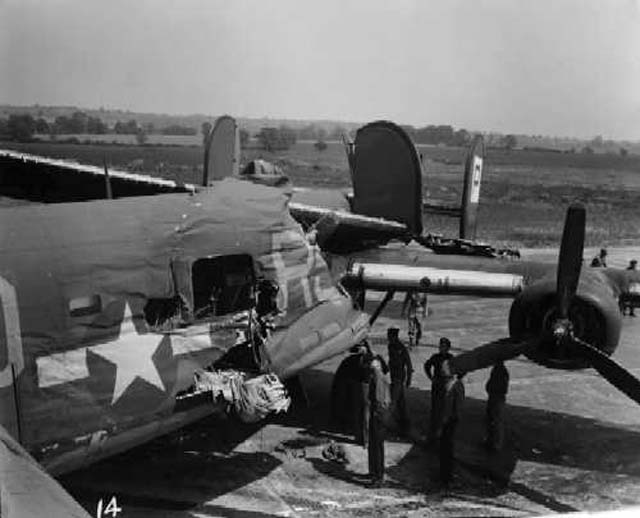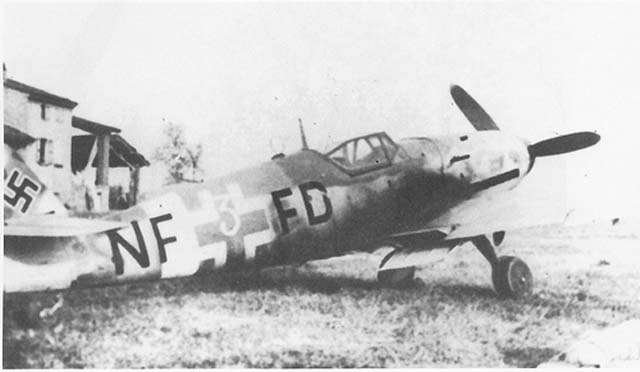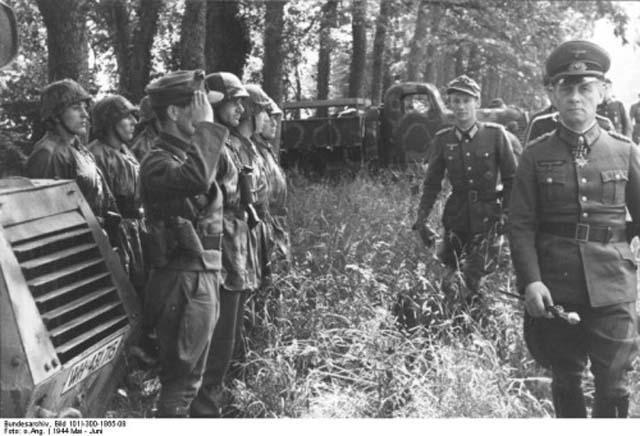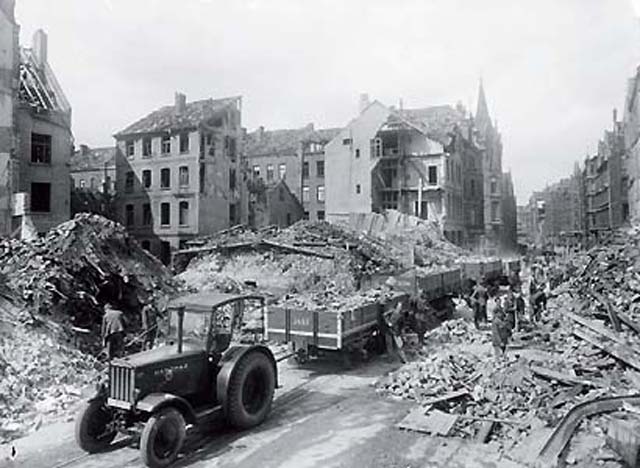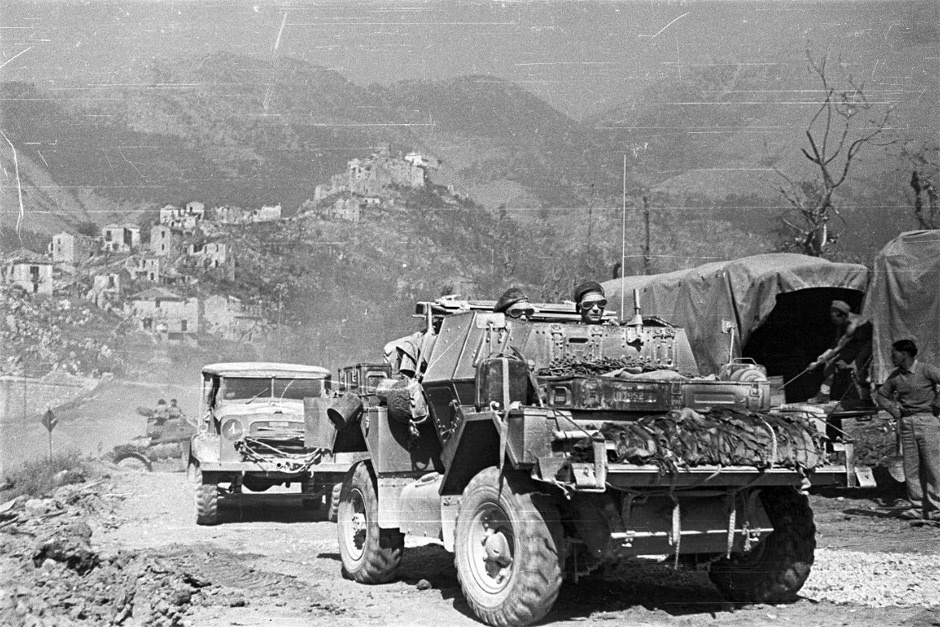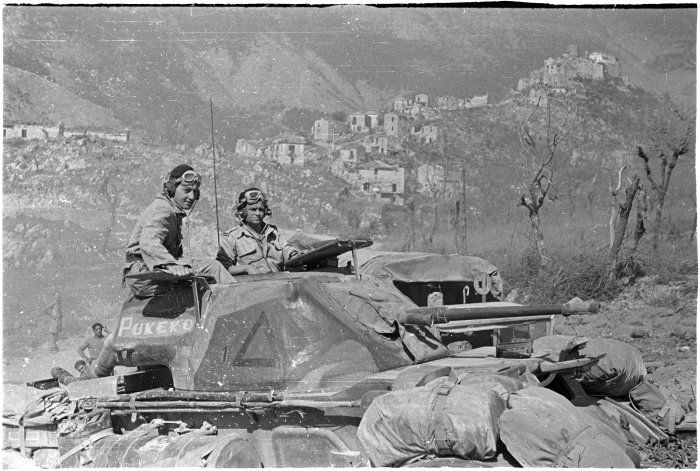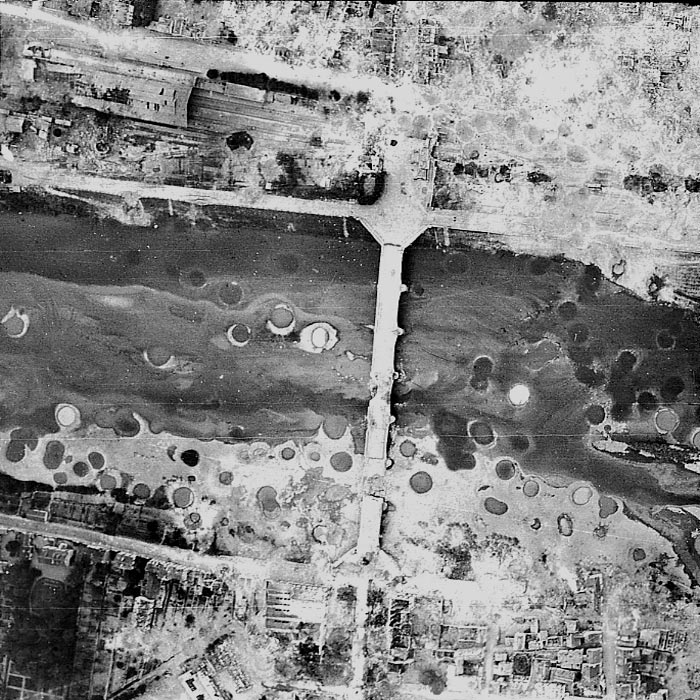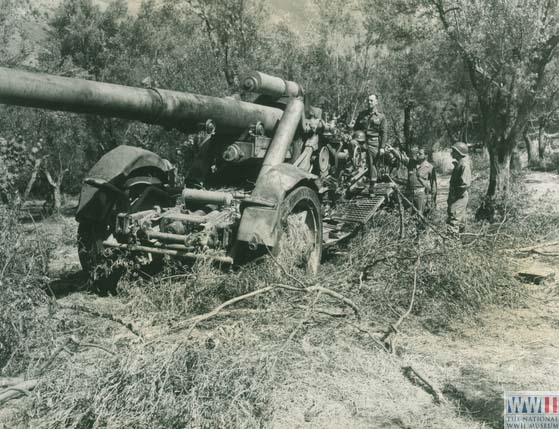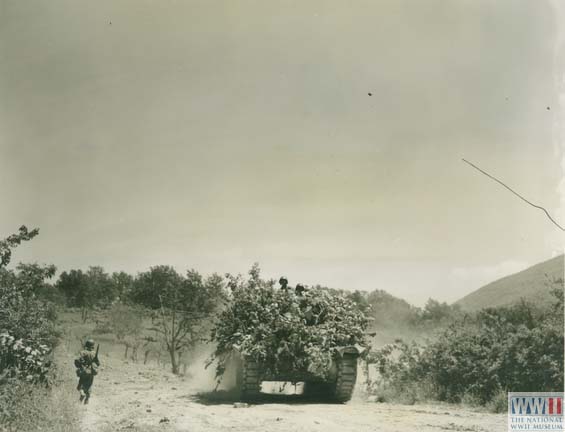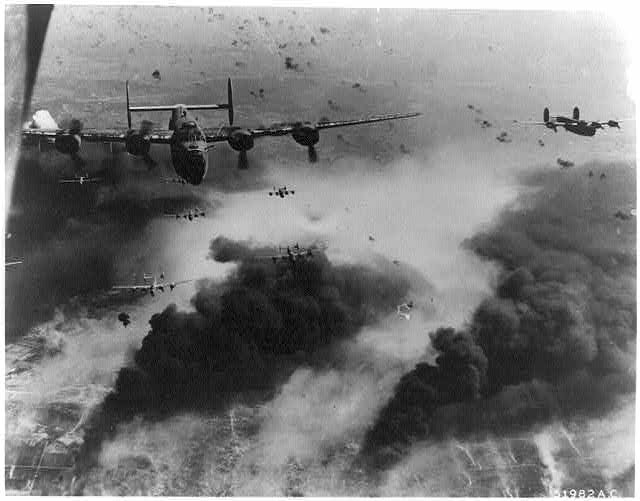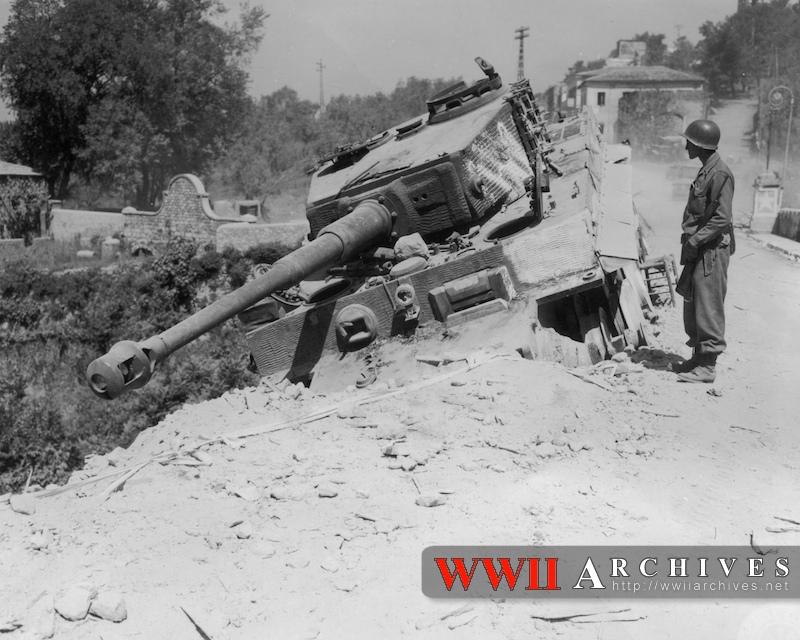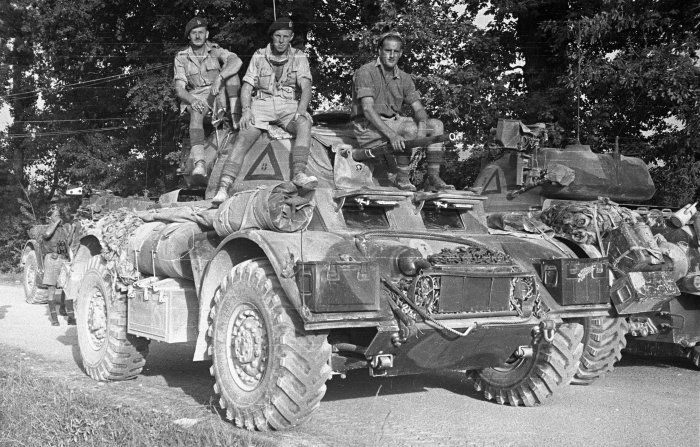Air Operations, Carolines
- 5th Heavy Bomb Group B-24s attack the Woleai Atoll.
- As the bulk of Task Force 58 retires toward the Majuro Atoll, carrier aircraft from Task Group 58.1 mount light raids against Satawan and Ponape islands, and cover 6 US battleships, which bombard Ponape without response.
Air Operations, CBI
BURMA- More than 30 7th Heavy Bomb Group B-24s attack Maymyo, a marshalling yard at Mandalay, and fuel facilities at Yenangyaung.
- 18 10th Air Force P-38s and A-31s attack Japanese Army positions and dumps.
- 7 10th Air Force P-40s attack Kamaing and Japanese Army positions near Nanyaseik. 14th Air Force P-40 fighter-bombers attack a motor pool at Wa Pa-Hsa and a bridge at Wan Lai-Kam.
- 7 341st Medium Bomb Group B-24s and 8 14th Air Force P-40s attack the airfield at Tangyang and a Japanese Army cavalry camp.
- 2 B-25s attack a freighter off Amoy.
- P-40 fighter-bombers attack the airfield at Yuncheng.
- 15 Japanese aircraft attack the airfields at Ankang and Hengyang.
- 14th Air Force P-40 fighter-bombers attack rail yards at Na Cham, bridges and rail cars at three locations, and carbide mines at three locations.
Air Operations, Europe
RAF BOMBER COMMANDEvening Ops:
- 131 Lancasters and 8 Mosquitos of No. 5 Group attack the aircraft assembly factory and explosives factory at Toulouse. Both targets are hit with no aircraft being lost.
- 89 Halifaxes, 40 Lancasters and 8 Mosquitos of Nos. 6 and 8 Groups are sent to hit the railway yards at St Ghislain. An accurate attack takes place.
- 1 Halifax and 1 Lancaster are lost.
- 110 Halifaxes, 14 Lancasters and 8 Mosquitos attack railway targets at Malines. The bombing is scattered, but the locomotive sheds are hit.
- 1 Halifax is lost.
- 120 aircraft of Nos. 3 and 8 Groups are sent to Chambly. In this total are 96 Lancasters, 16 Stirlings and 8 Mosquitos.
- Chambly, to the north of Paris, is the main railway stores and repair depot for the northern French system which the Allied bombers are trying to put out of action. Reports from the ground say the raid is extremely successful. Around 500 high-explosive bombs fall inside the railway depot area and serious damage is caused to all departments. The depot is put out of action for 10 days.
- 3 Lancasters and 2 Stirlings are lost.
- 75 Lancasters of No. 1 Group attack the Berliet motor works at Lyon. The factory is badly damaged and nearby railways and factories are also hit.
- There are no losses.
- 46 Lancasters and 4 Mosquitos carry out an accurate attack on the aircraft repair workshops at Tours. The main buildings are completely destroyed.
- There are no losses.
- 28 Mosquitos are sent to Ludwigshafen, 2 to Achéres, 32 Halifaxes and 3 Stirlings lay mines off the French coast and in the Frisians, 40 aircraft are on Resistance operations, and there are 9 RCM sorties and 16 Serrate and 18 Intruder patrols.
- 1 Serrate Mosquito is lost.
BELGIUM:
- During the afternoon, 13 3rd Bomb Division B-17s and 59 2nd Bomb Division B-24s attack a marshalling yard at Brussels.
- 40 2nd Bomb Division B-24s attack a marshalling yard at Liege.
- IX Bomber Command B-26s and A-20s attack a variety of industrial targets and marshallin yards.
- Of 531 8th Air Force heavy bombers dispatched in the morning against 23 V-weapons sites in France, more than 400 abort due to bad weather. Only 22 3rd Bomb Division B-17s and 57 2nd Bomb Division B-24s attack assigned targets in the Pas-de-Calais area.
- A total of 51 1st Bomb Division B-17s attack the Montdidier, Poix, and Roye/Amy Airdromes as targets of opportunity.
- In the afternoon 57 and 52 1st Bomb Division B-17s, respectively attack the marshalling yards at Reims and Troyes.
- 42 and 64 3rd Bomb Division B-17s, respectively, attack the marshalling yards at Metz and Saarguemines.
- 4th Fighter Group P-51 pilots down 5 Bf-109s, and a 355th Fighter Group P-51 pilot downs 1 Bf-109 over northwestern Germany between 1810 and 1830 hours.
BELGIUM:
- IX Bomber Command B-26s and A-20s attack a variety of industrial targets and marshalling yards.
ITALY:
- 12th Air Force B-25s and B-26s attack several bridges in central and northern Italy and several marshalling yards in and around Florence.
- XII TAC A-20s attack an ammo dump.
- XII TAC fighter-bombers attack dumps, rail targets, a factory, several Axis ships at sea, and several tunnels.
ITALY:
- 15th Air Force B-24s attack Castel Maggiore and a rail bridge.
- 15th Air Force B-17s attack a marshalling yard at Bolzano.
Air Operations, New Guinea
V Bomber Command B-25s and A-20s, and V Fighter Command fighters and fighter-bombers mount more than 180 sorties throughout the day against the Hansa Bay and Wewak areas, but scheduled attacks against the Wakde-Sarmi area are cancelled due to bad weather.
[Arctic
U-277 is sunk by Swordfish 'C' of 842 NAS from the British escort carrier HMS Fencer during the passage of Convoy RA-58 from the Kola Inlet.
| Class | Type VIIC |
| CO | Kapitänleutnant Robert Lubsen |
| Location | Arctic, SW of Bear Island |
| Cause | Air attack |
| Casualties | 50 |
| Survivors | None |
Carolines
Adm Willis A. Lee leads 7 battleships and 11 destroyers to bombard the military targets on the fortified atoll of Ponape. The operation is covered by the carriers of Adm Joseph J. Clark's TG 58.1.
[Diplomatic Relations
The Prime Ministers of the Commonwealth meet in a conference in London.
[Eastern Front
Zhukov and Vasilevsky begin detailed planning for the decisive summer offensive against the 'Byelorussian Salient', lying between Smolensk and Minsk. The Germans are to be misled into expecting the blow to fall in northern Ukraine, before a series of pincer movements trap their armies around Vitebsk, Mogilev, Bobruysk and Minsk.
SOUTHERN SECTORThe 4th Ukrainian Front continues its preparations for the final attack against Sevastopol. After the evacuation of many troops to Rumania and its losses in the fighting thus far, the 17th Army is down to an effective strength of only 65,000 men.
[New Guinea
In the Aitape beachhead the Americans occupy the village of Kamti, which the Japanese have evacuated.
[Occupied Yugoslavia
Tito sends a military mission to London for talks on forthcoming joint actions and the distribution of supplies.
[Pacific
The US submarine Bluegill (SS-242) sinks the Japanese army cargo ship Asosan Maru (8812t) east of Mindanao.
[Soviet Union, Home Front
Stalin declares in an Order of the Day: 'The wounded German beast must be pursued and finished off in its lair.' Saluting batteries in Moscow and 8 other cities fire 20 salvoes.
[United States, Planning
Gen Eisenhower receives instructions from the JCS to plan for US forces to occupy the Netherlands and northwest Germany once hostilities end in Europe.
[